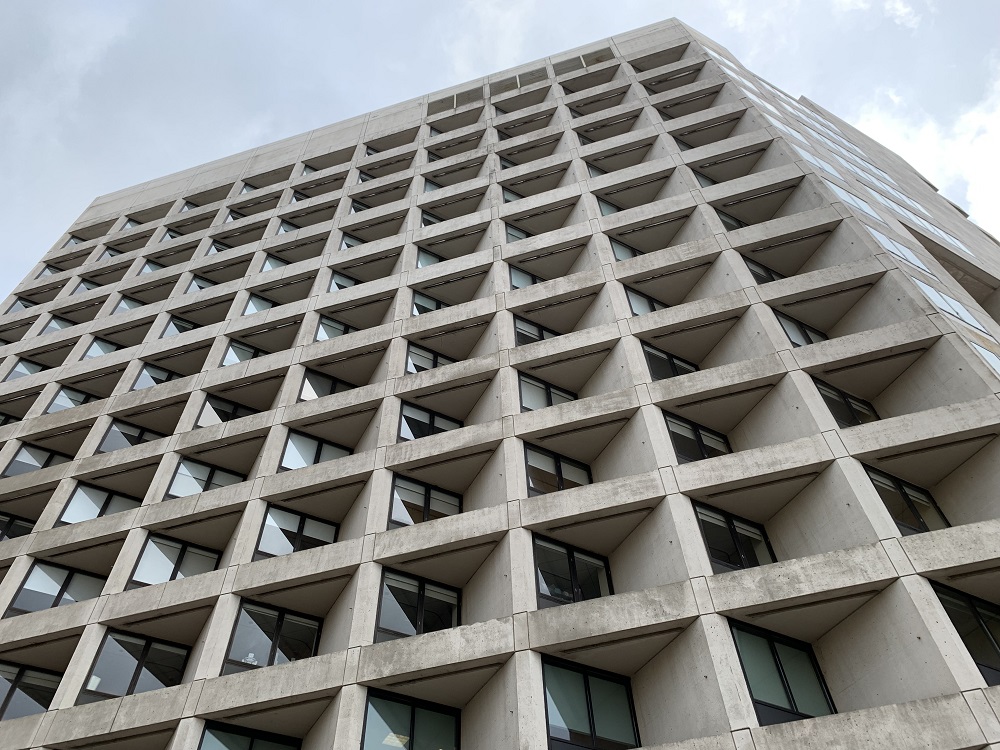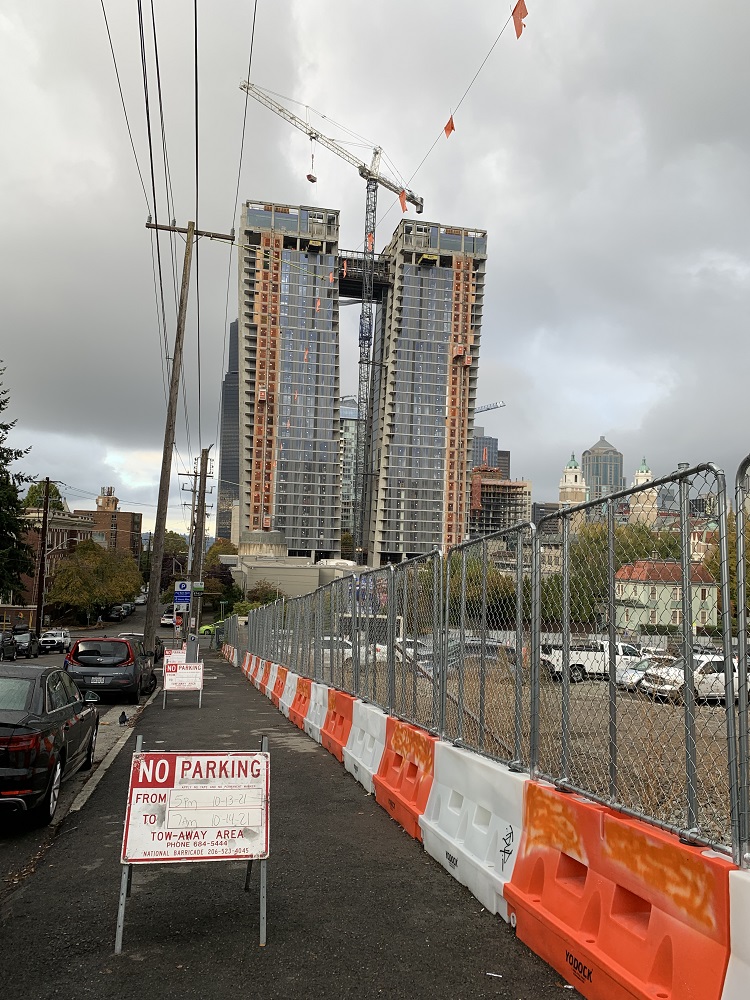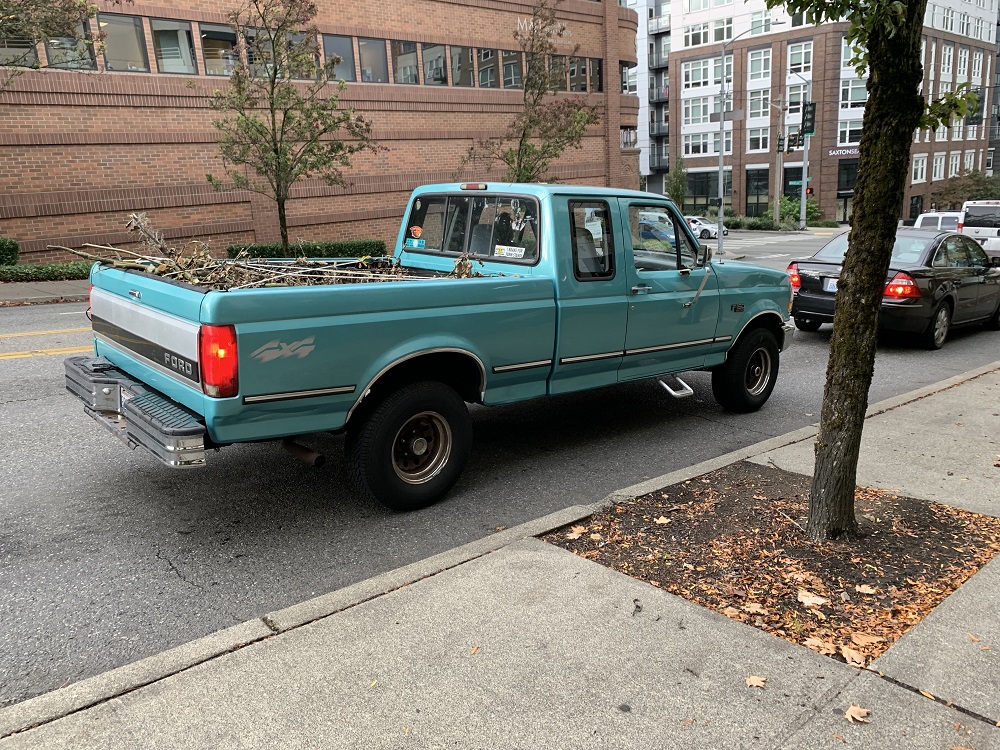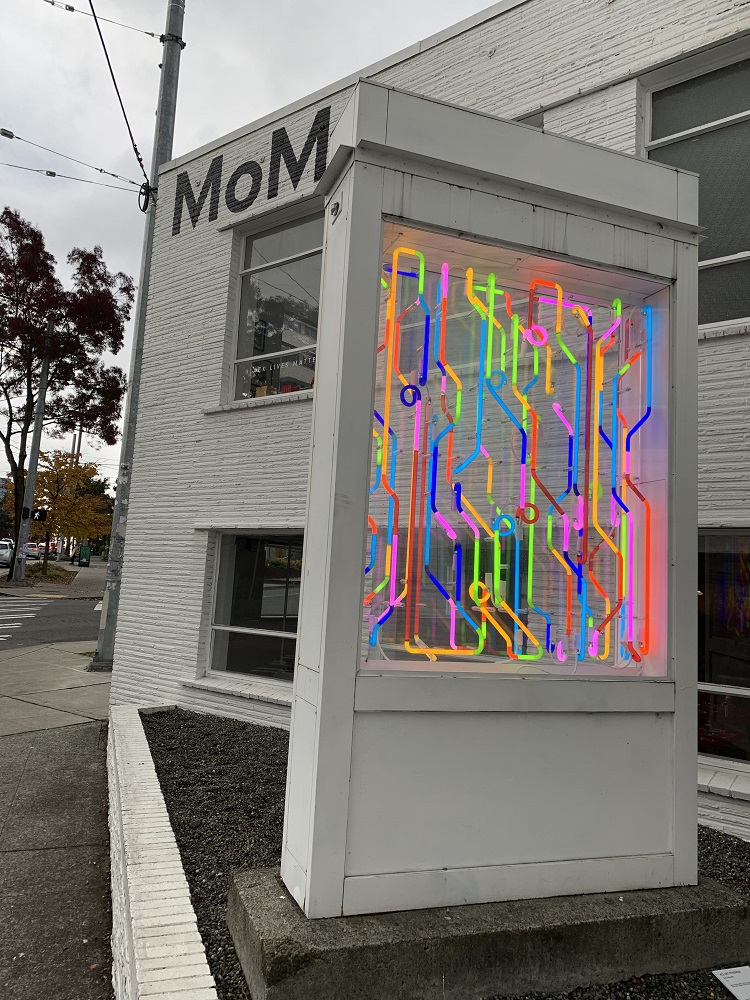I took the train to the city to check out Brisbane Central Station today.



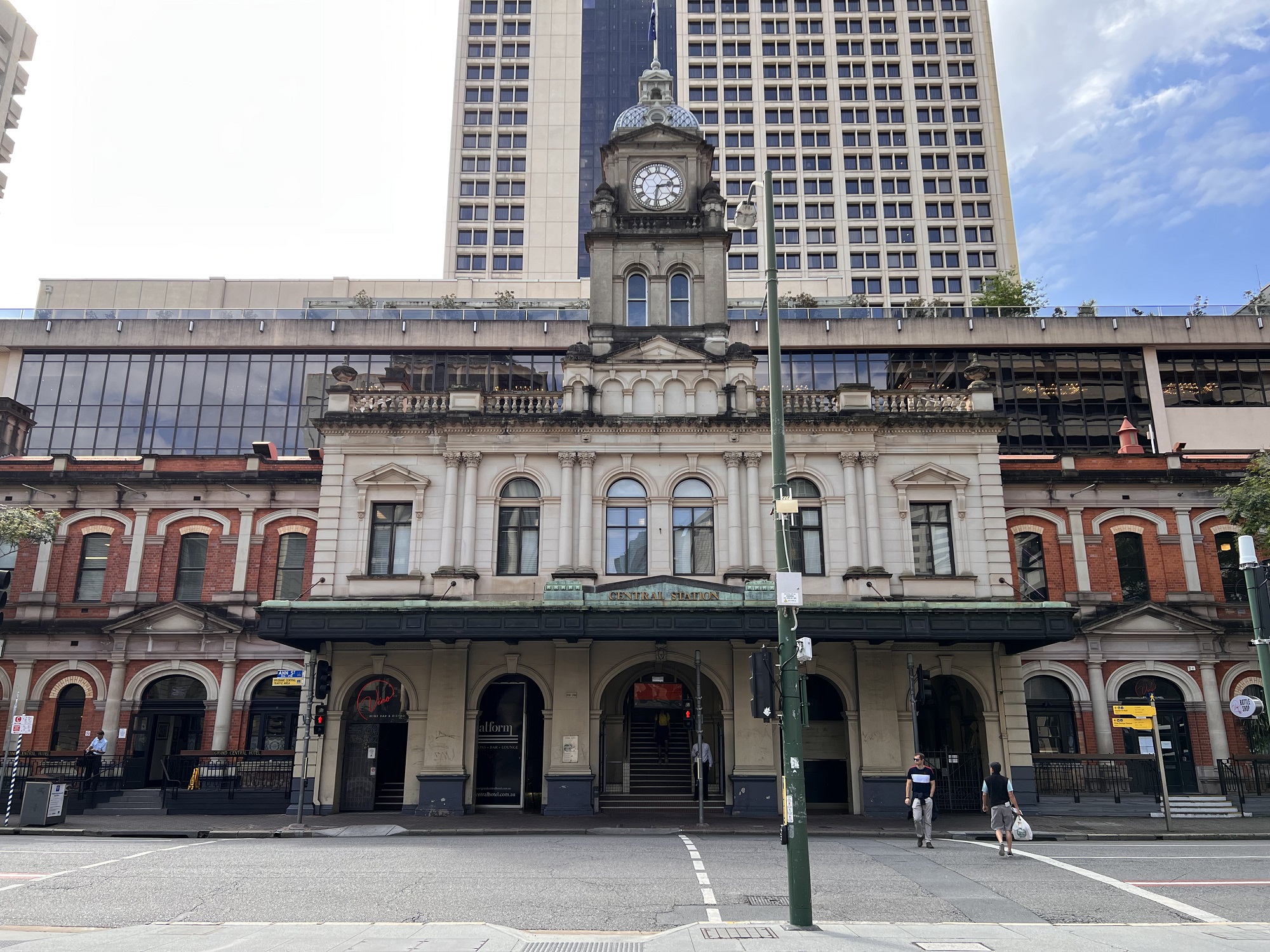
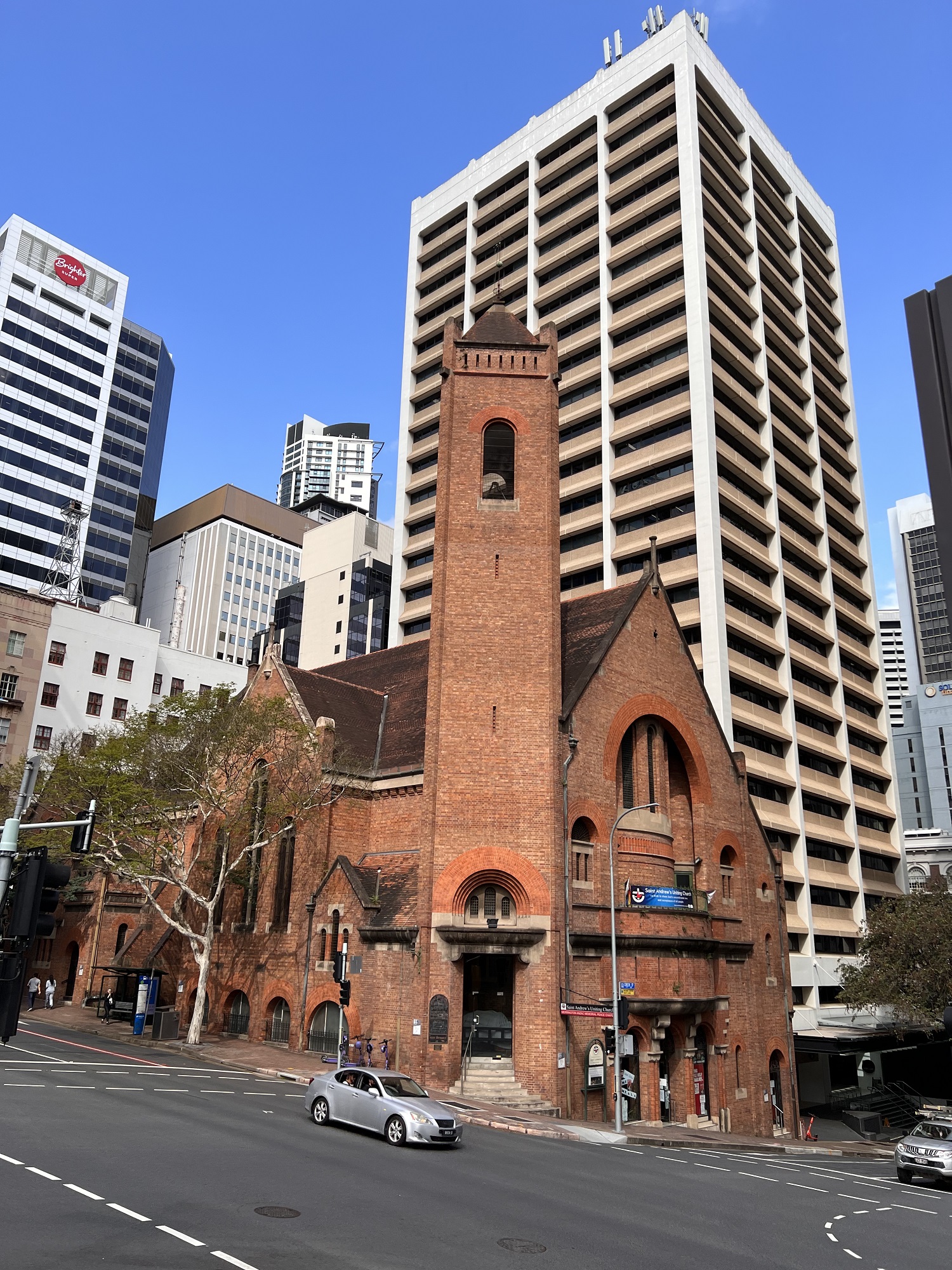

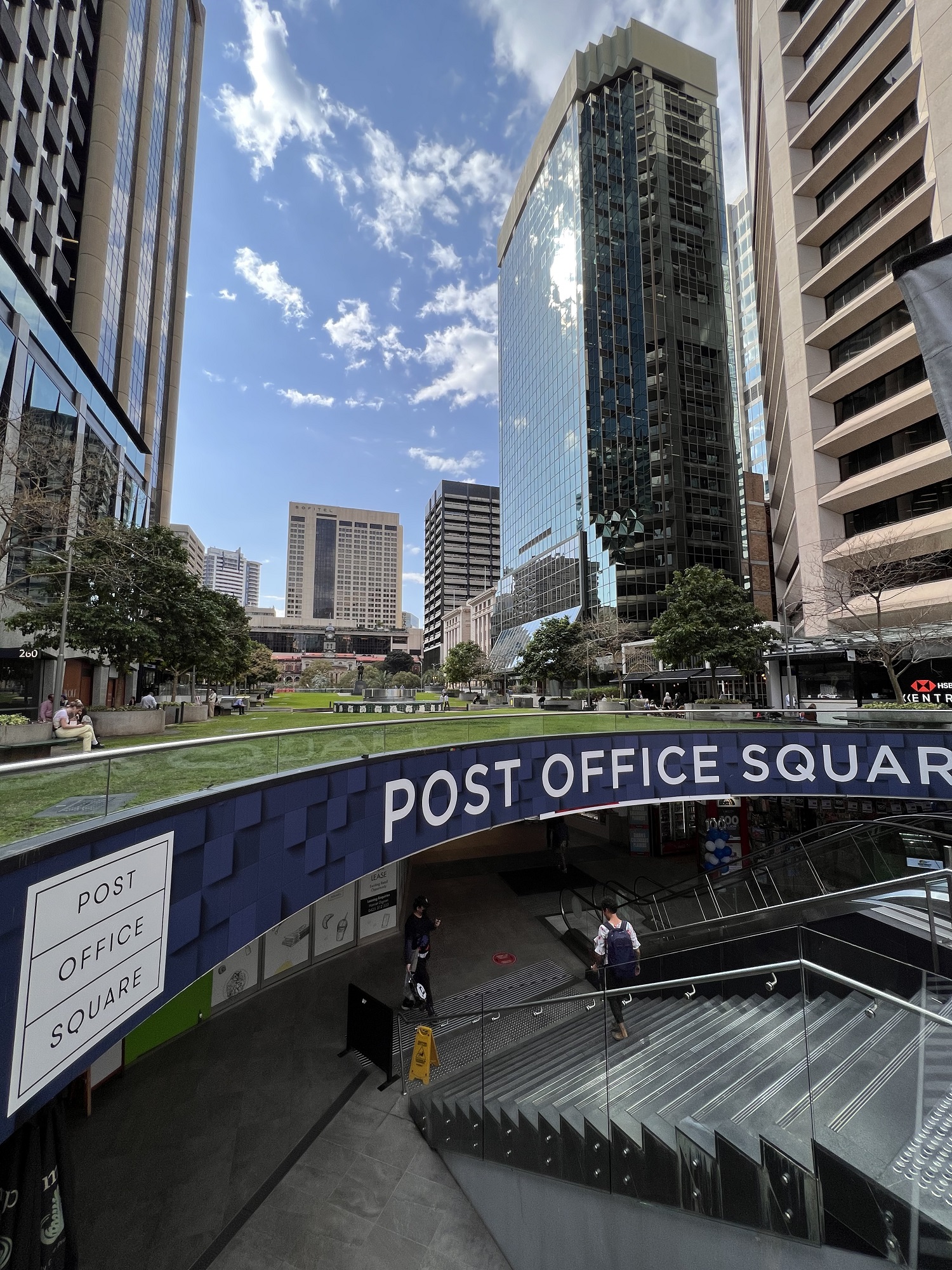


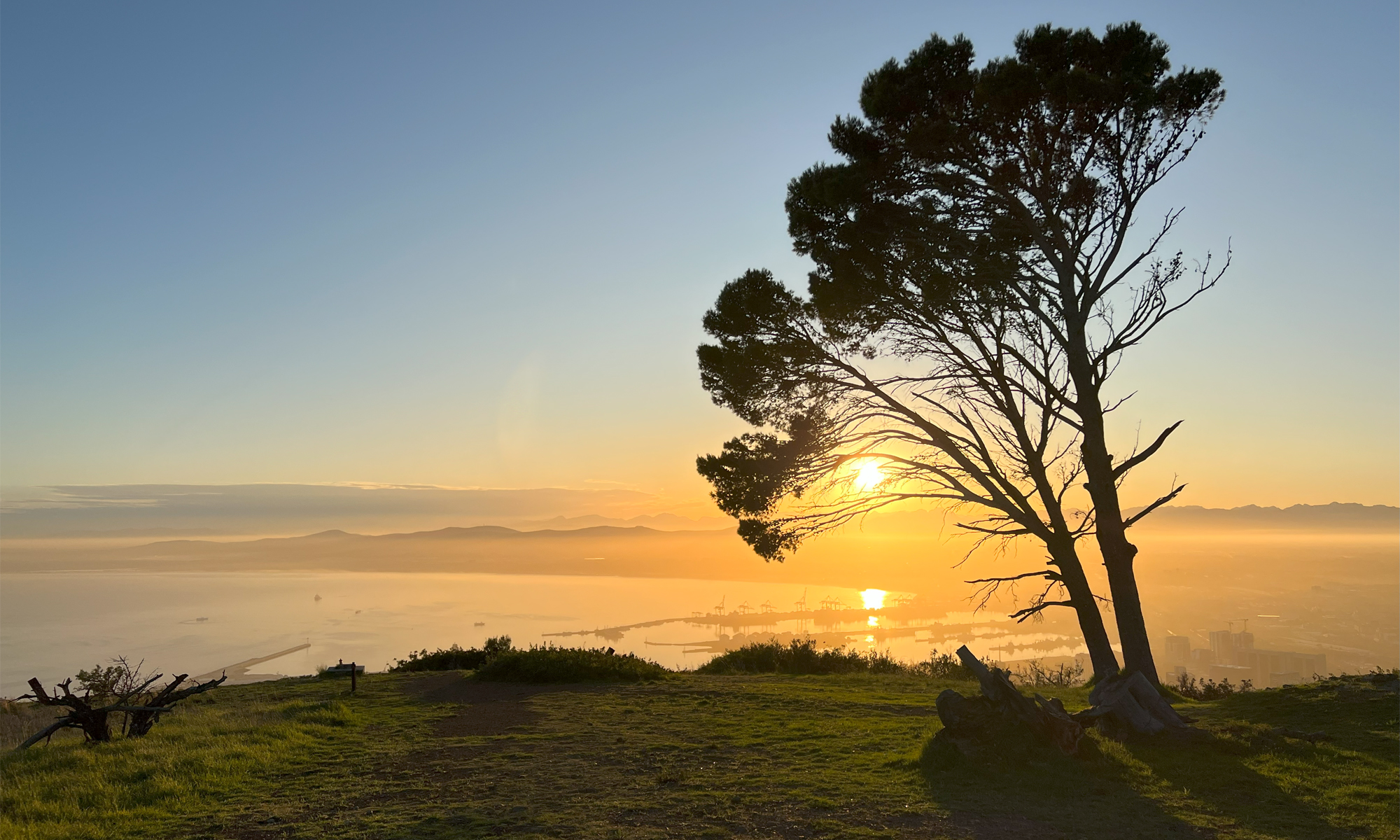
a weblog of whereabouts & interests, since 2010
I took the train to the city to check out Brisbane Central Station today.









I took the No 120 bus to the bus terminal under the Queen Street Mall in downtown Brisbane today.


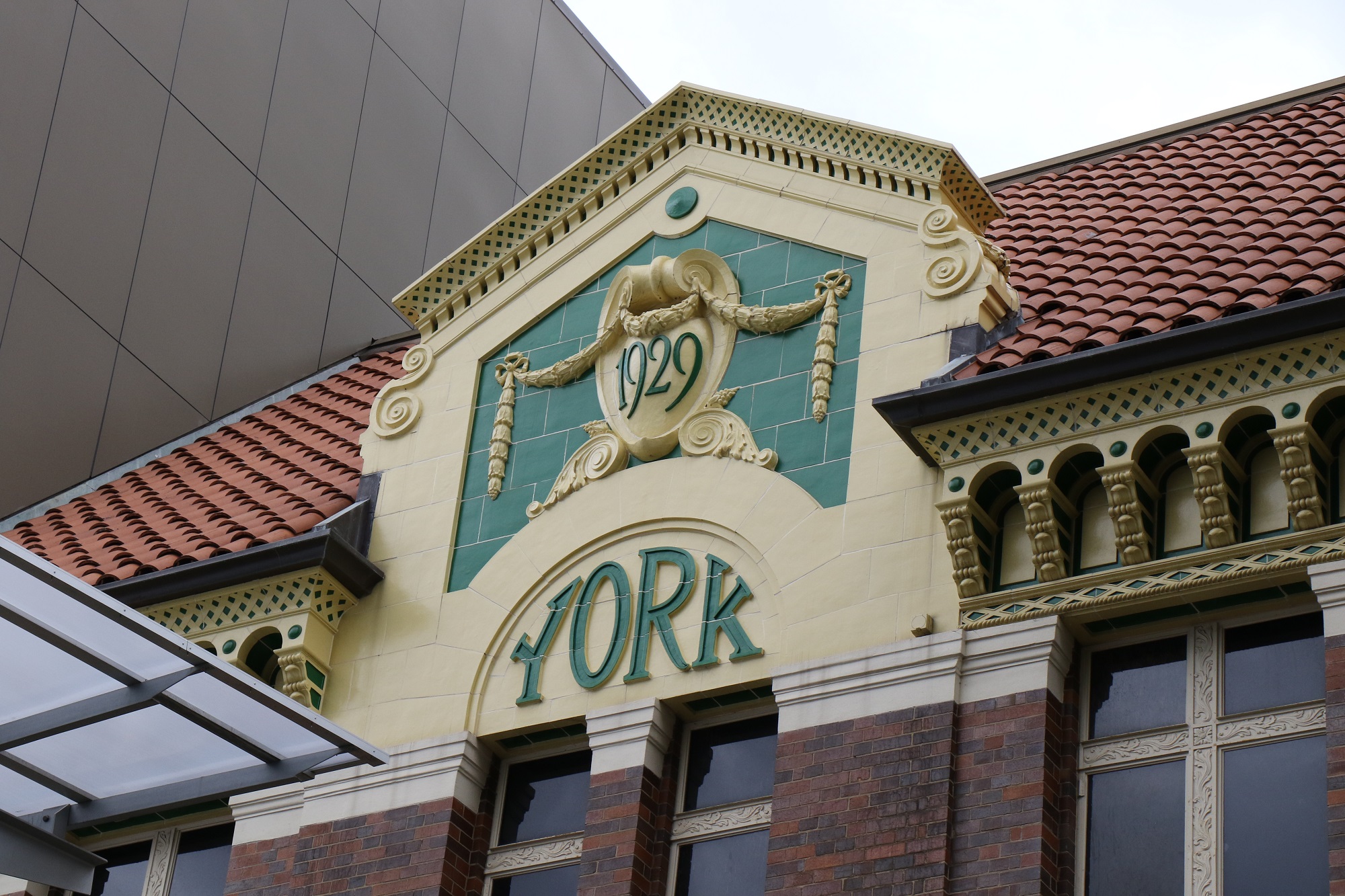
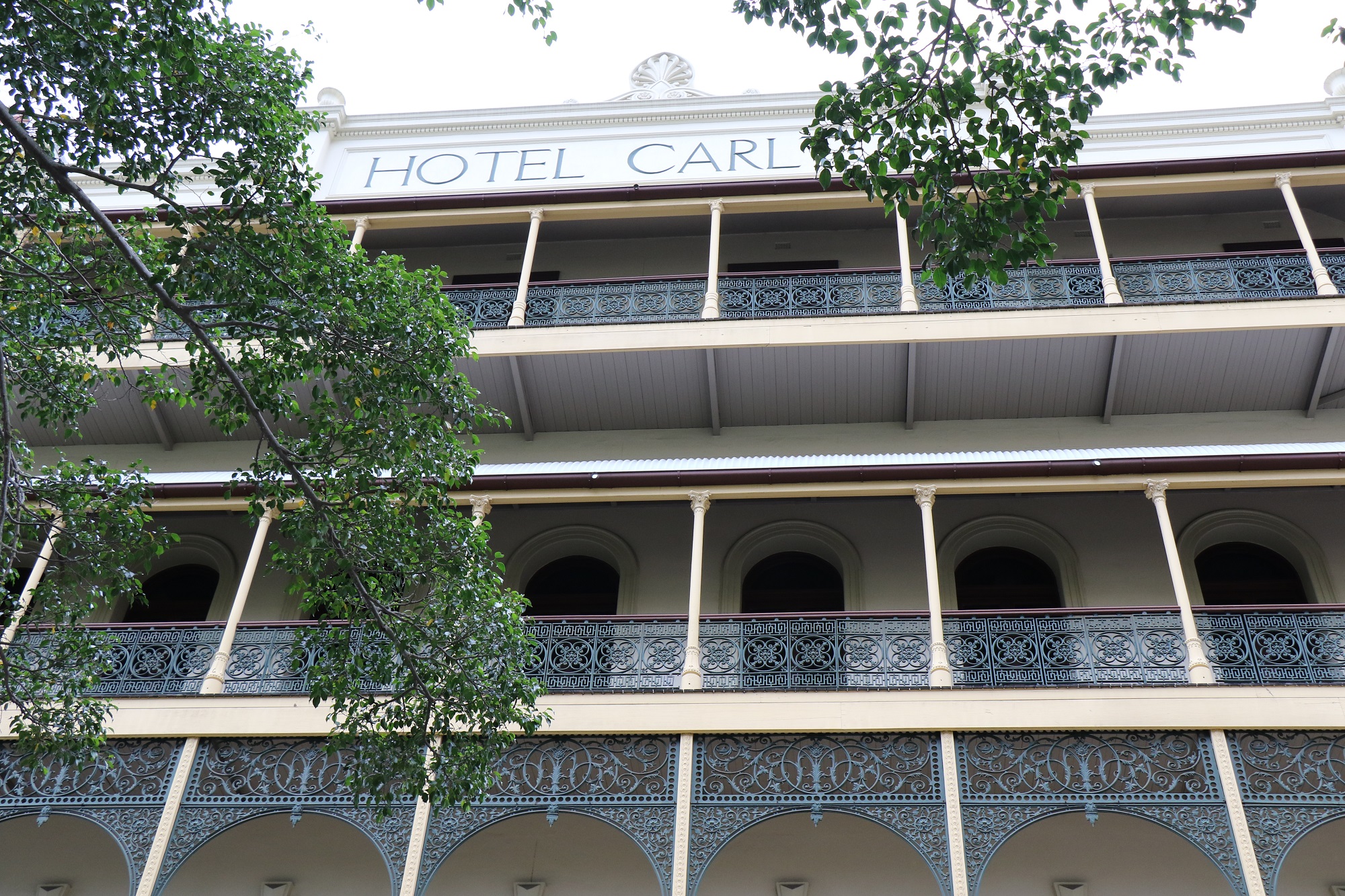
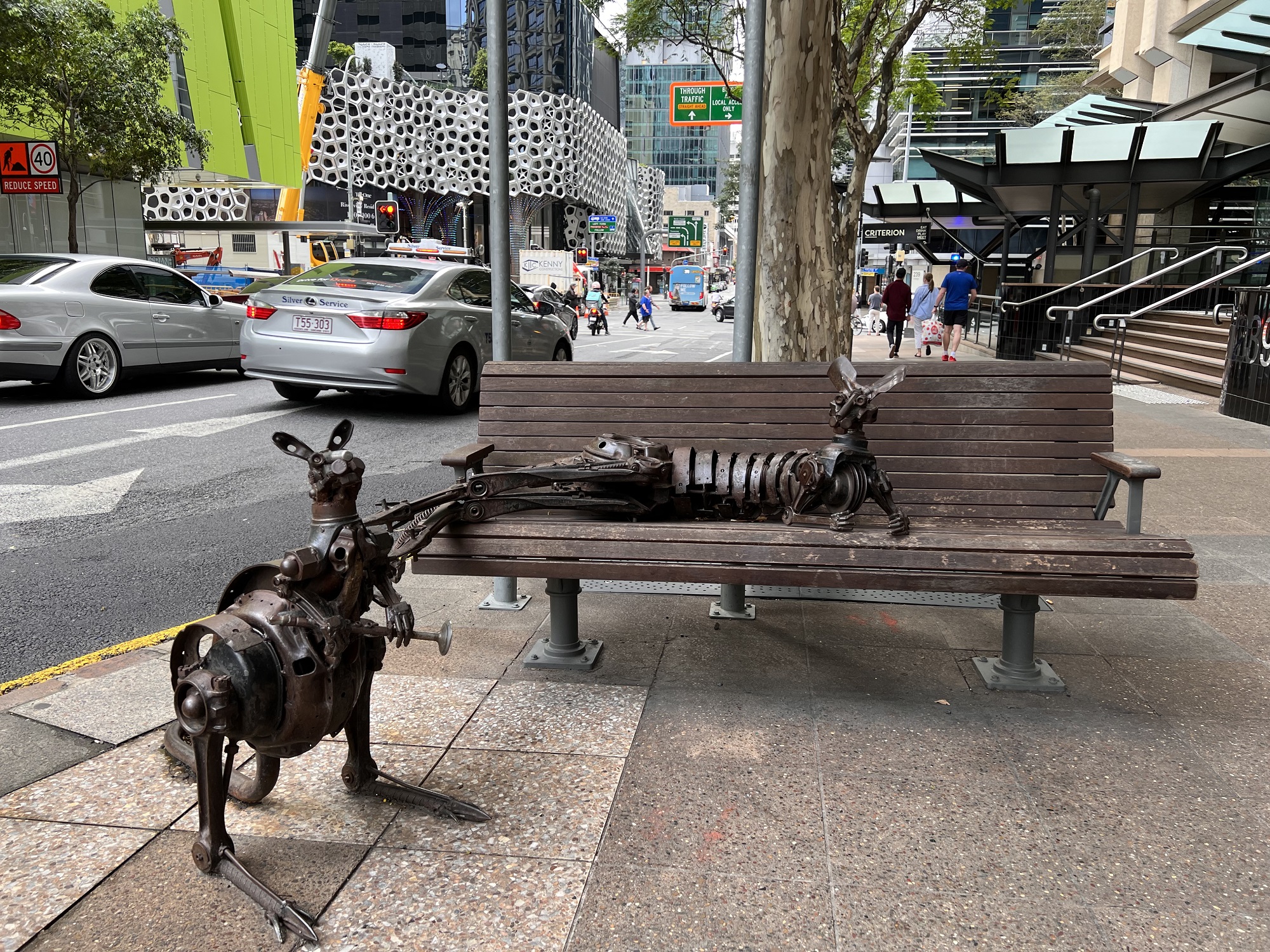
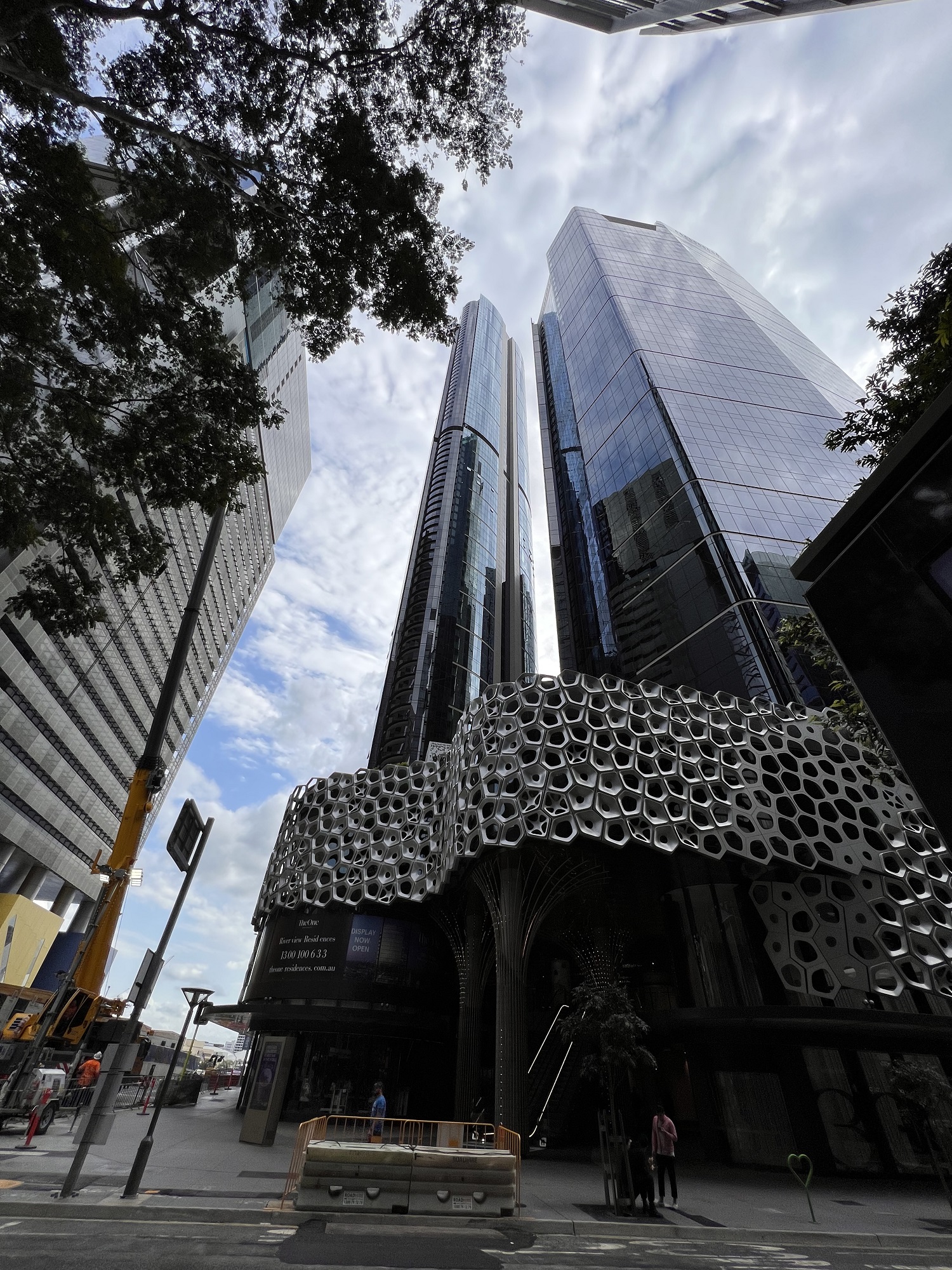

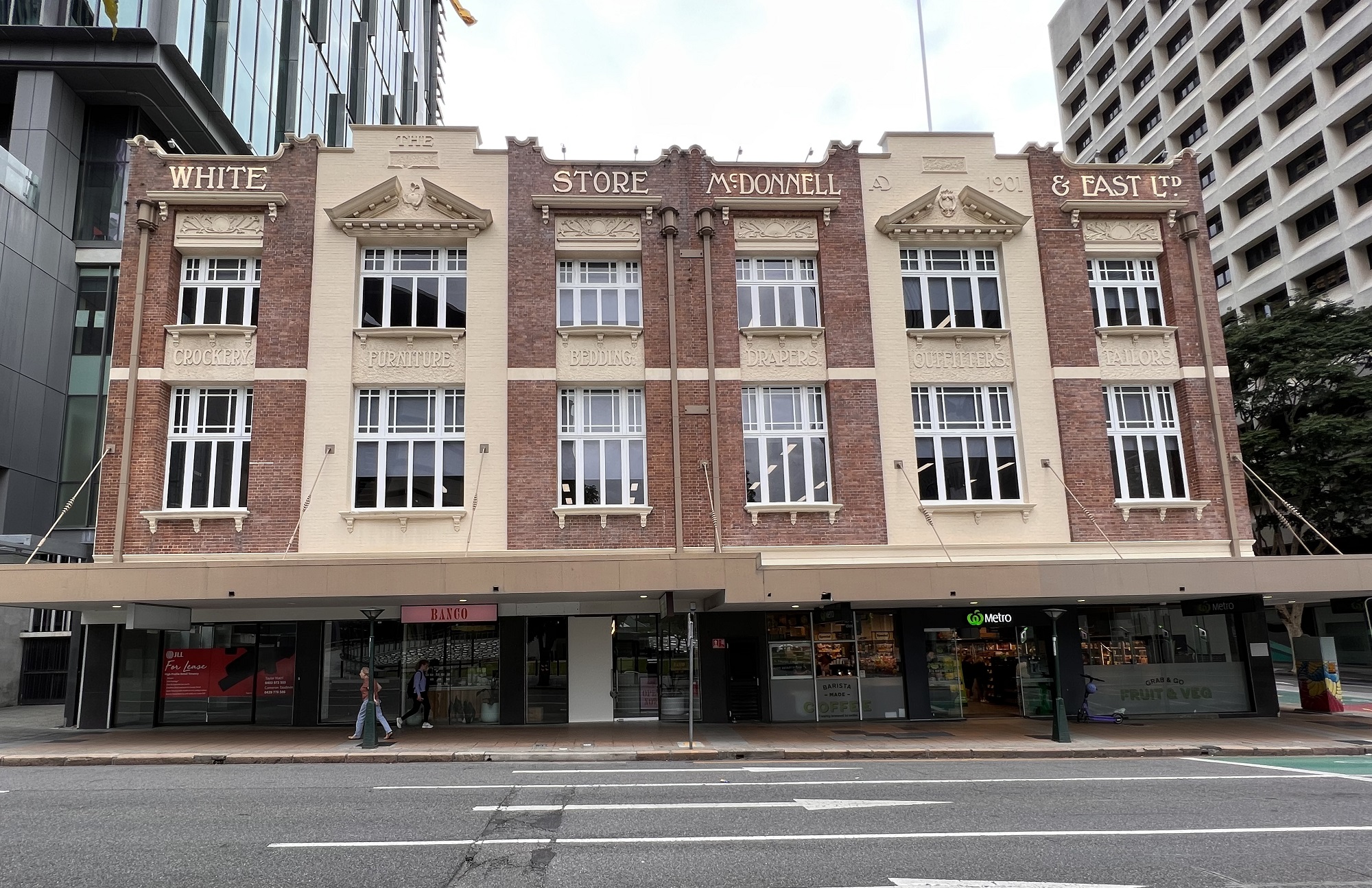

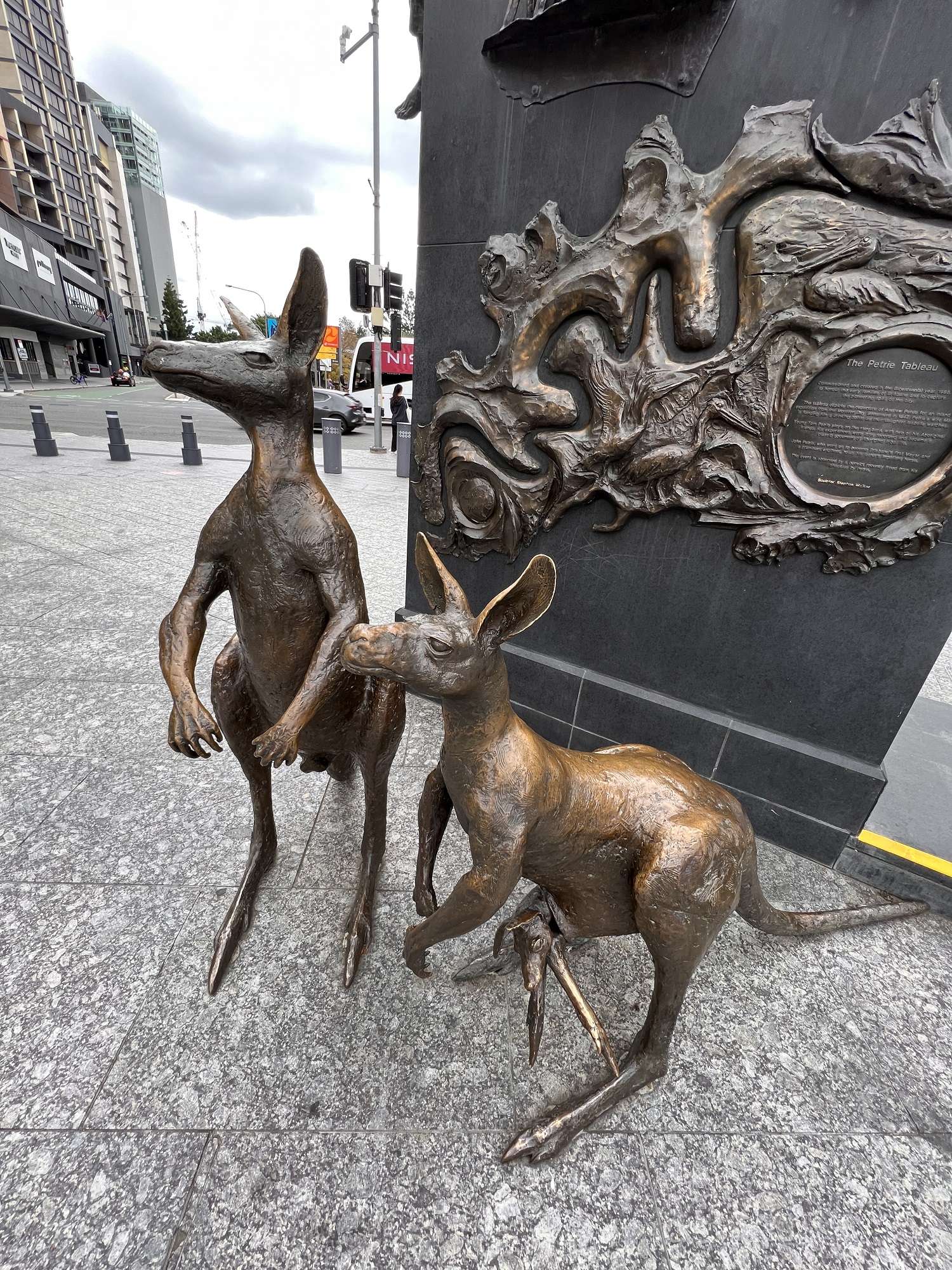
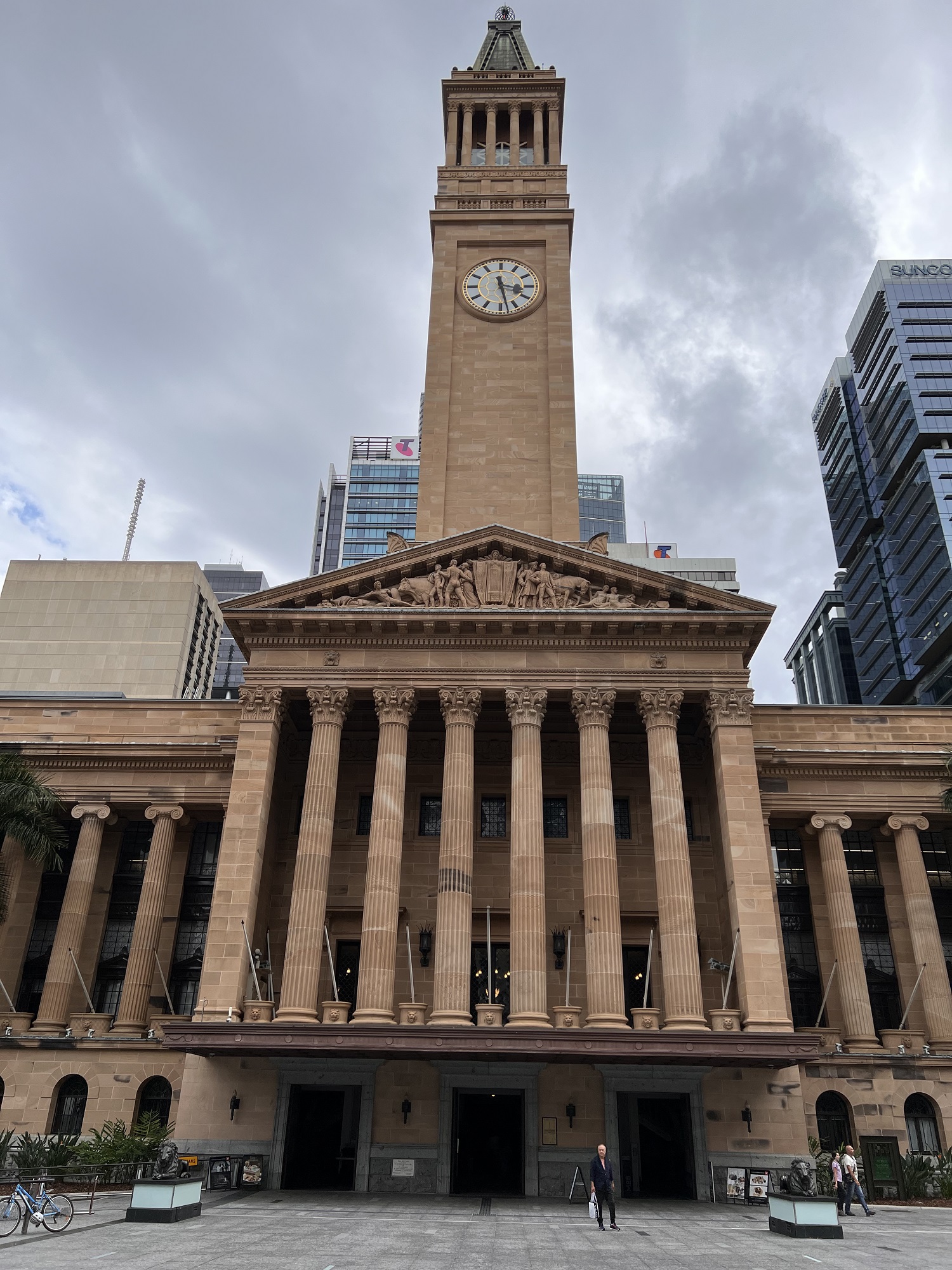
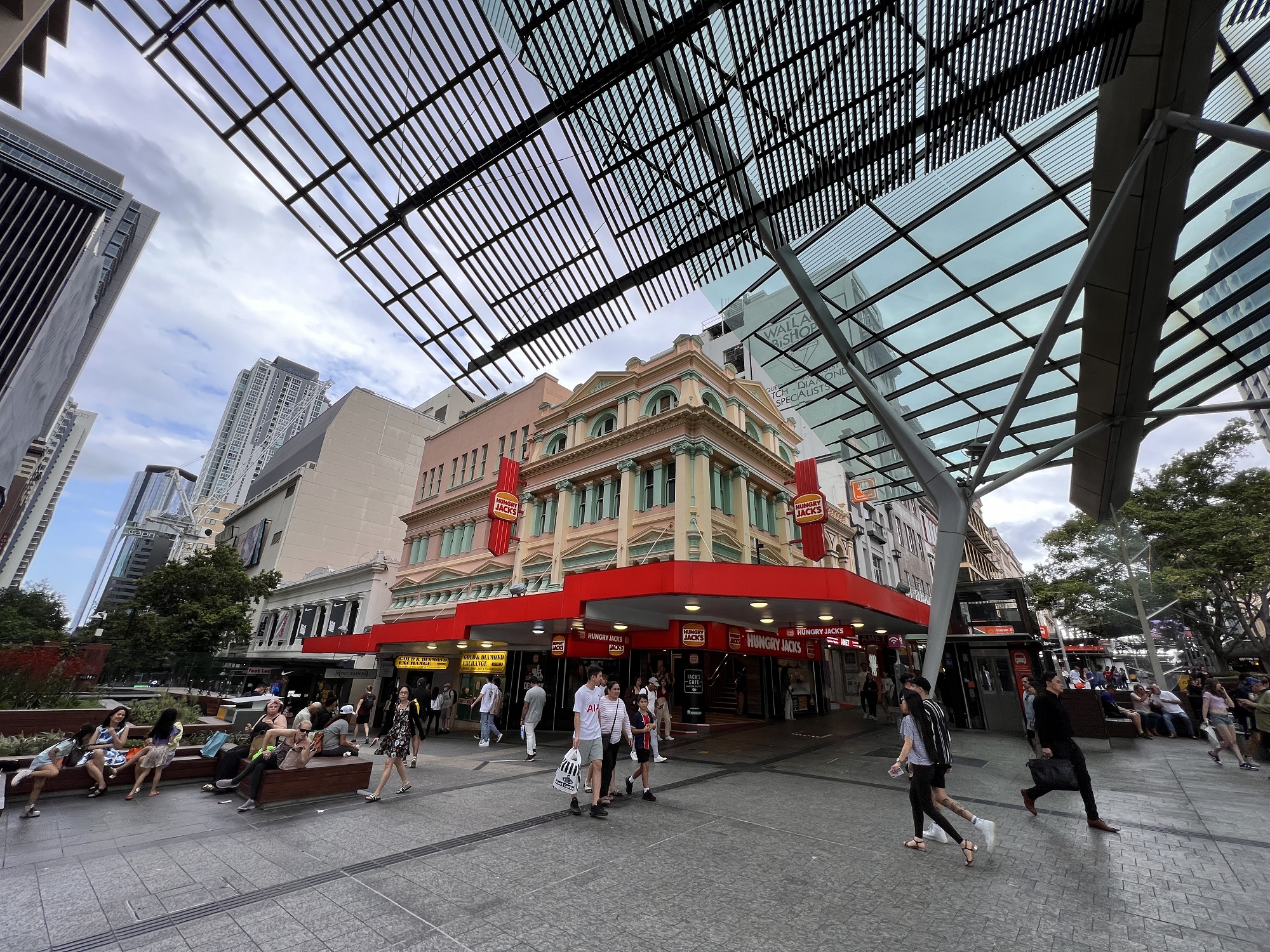

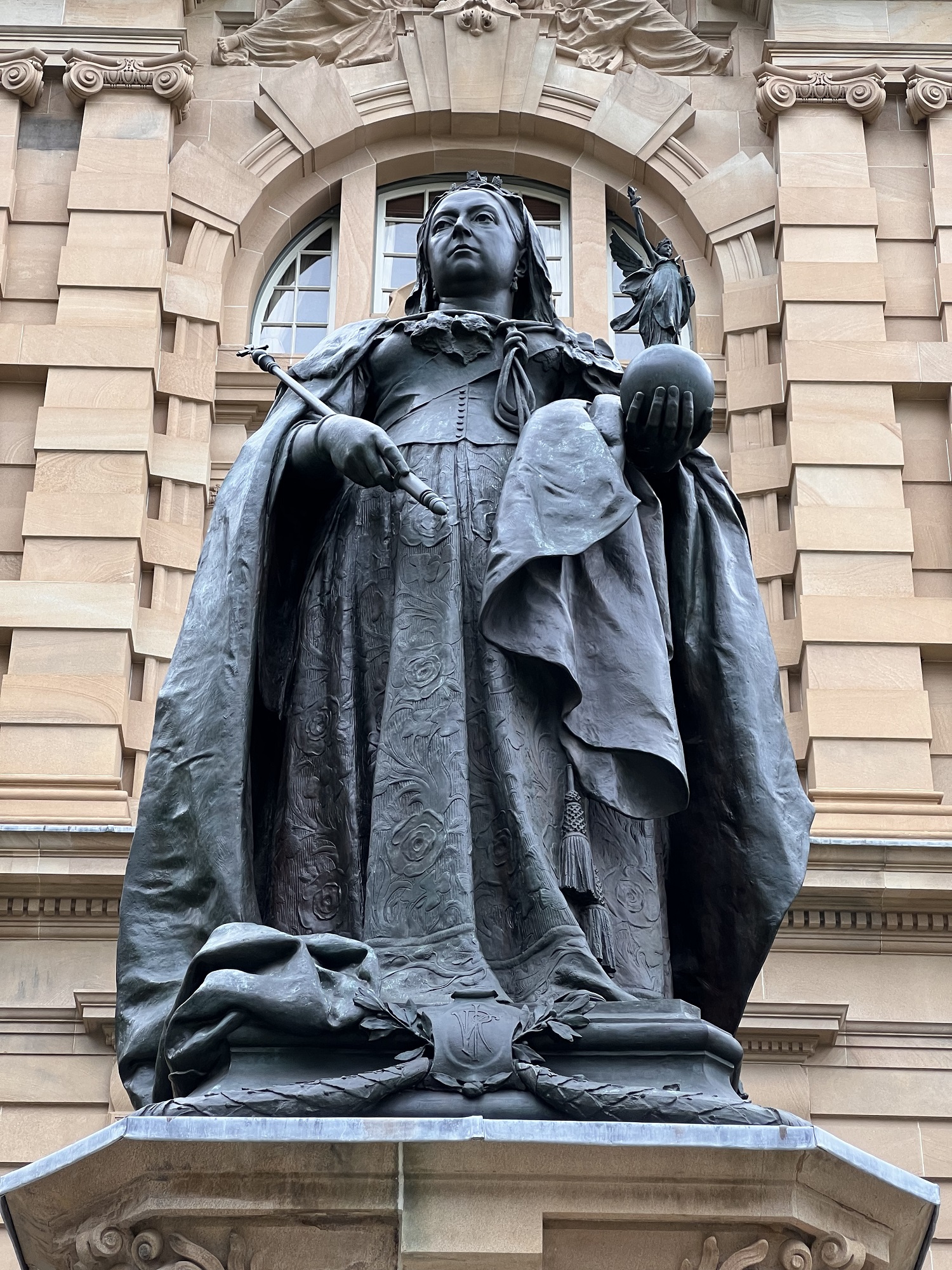
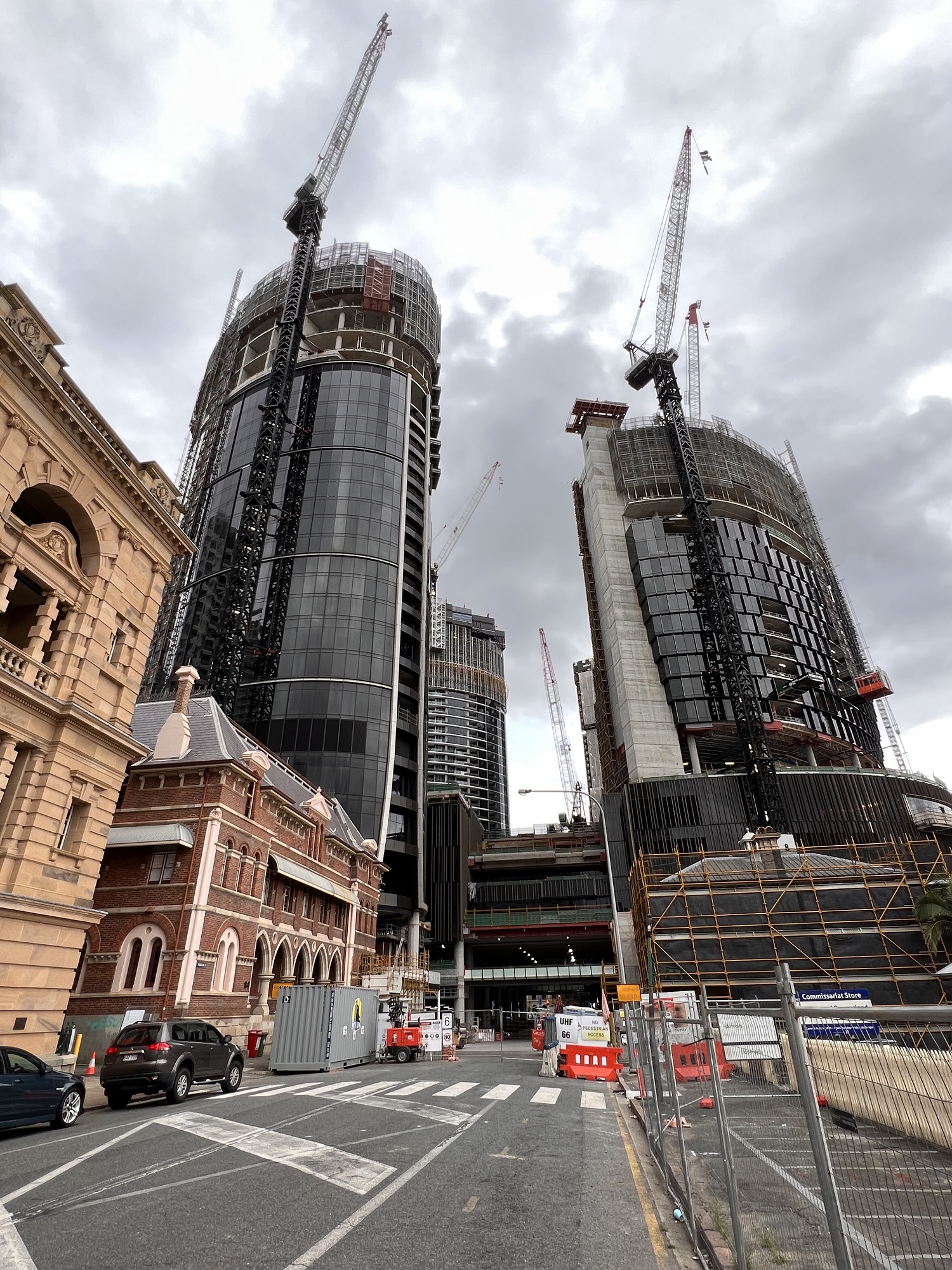
We took the bus this morning to South Brisbane and South Bank, on the banks of the Brisbane river.
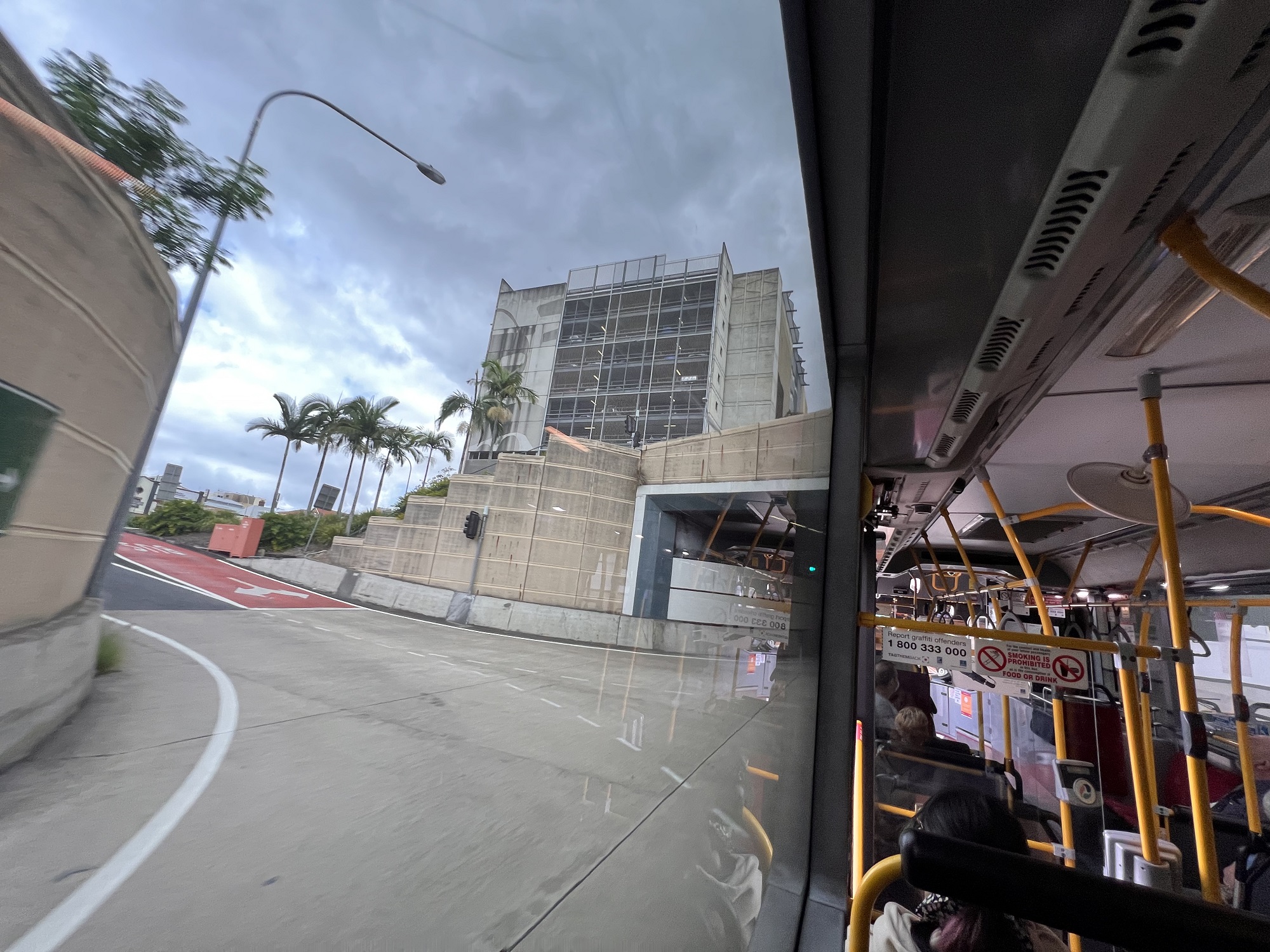
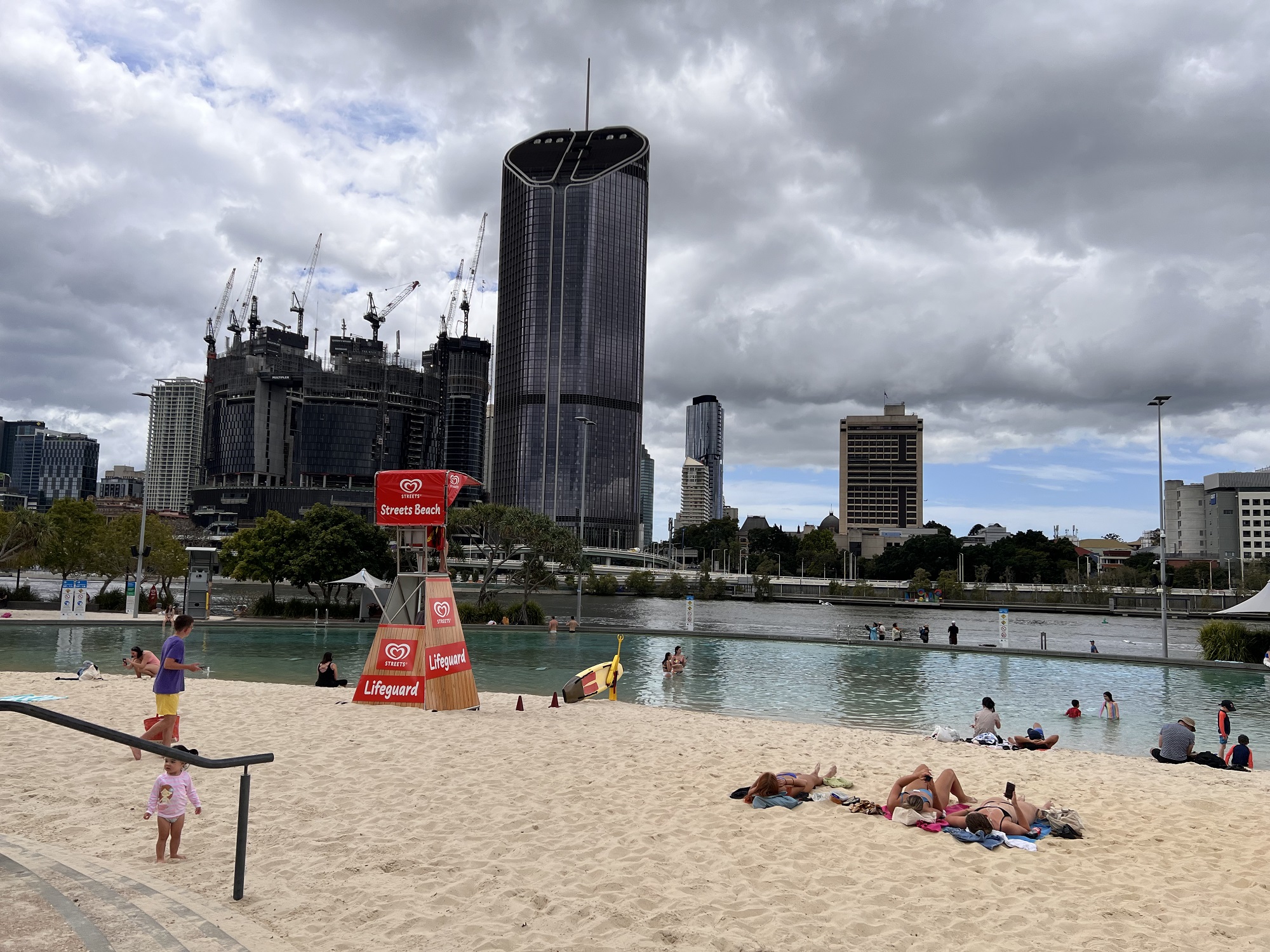
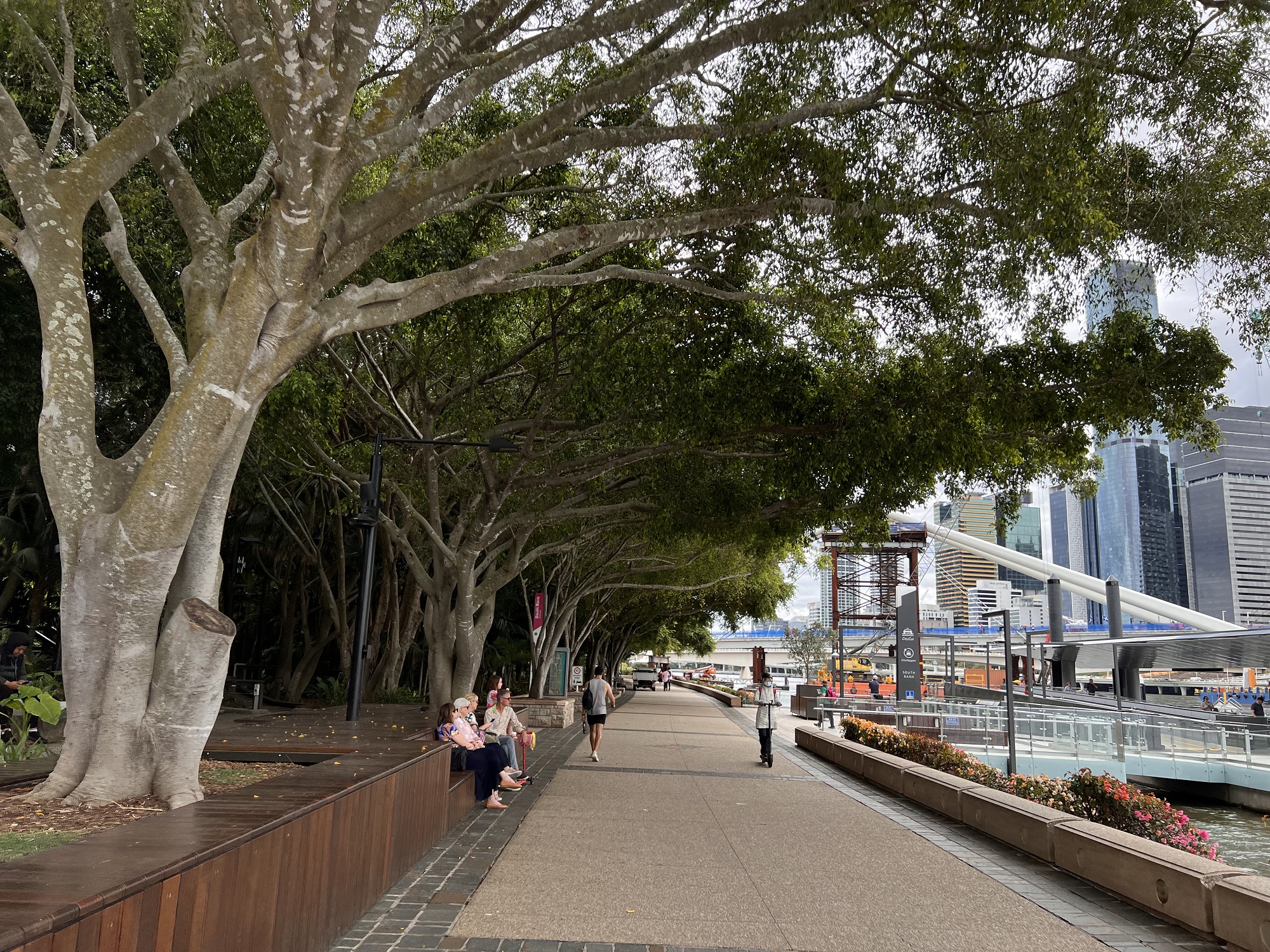
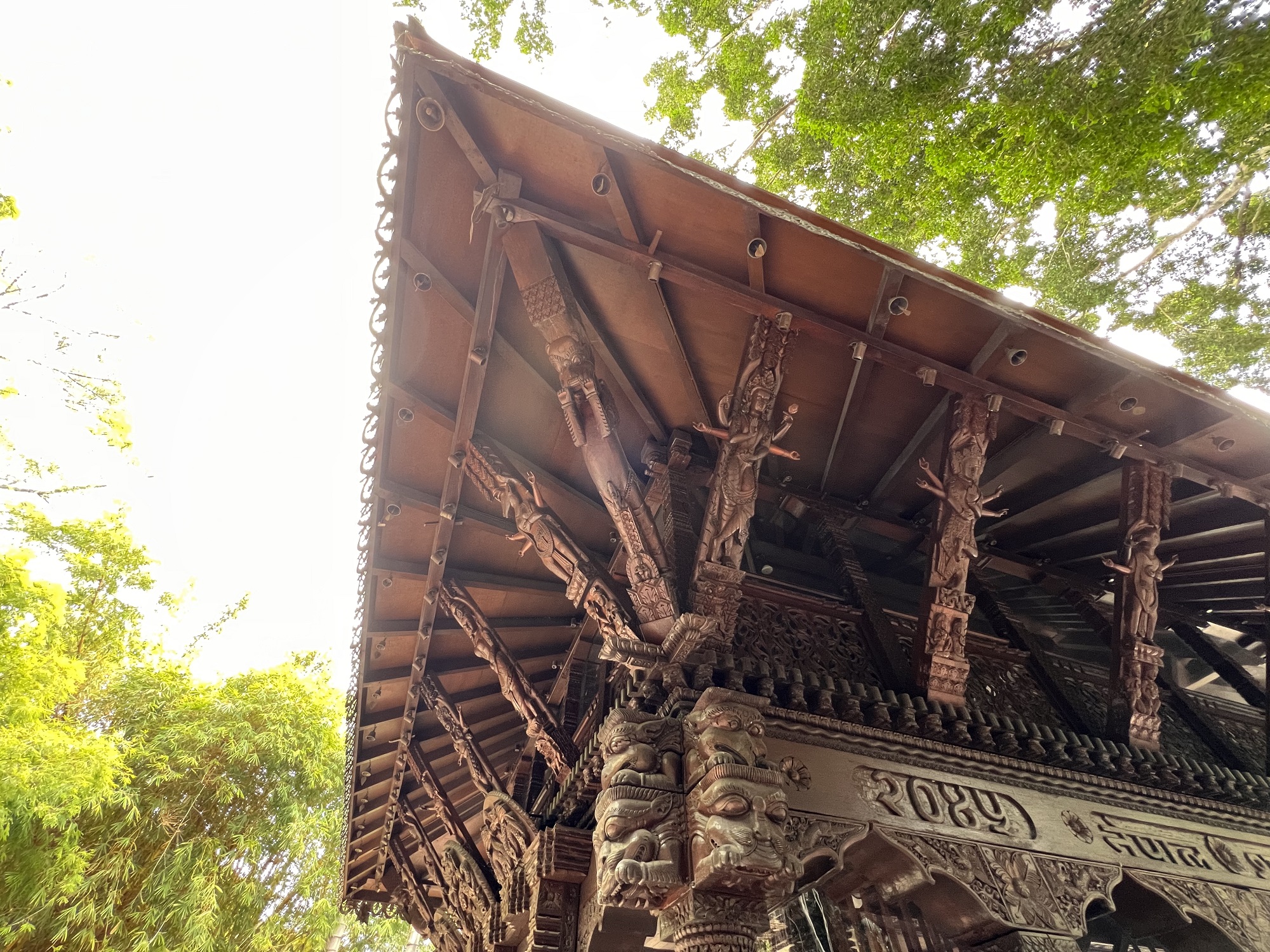
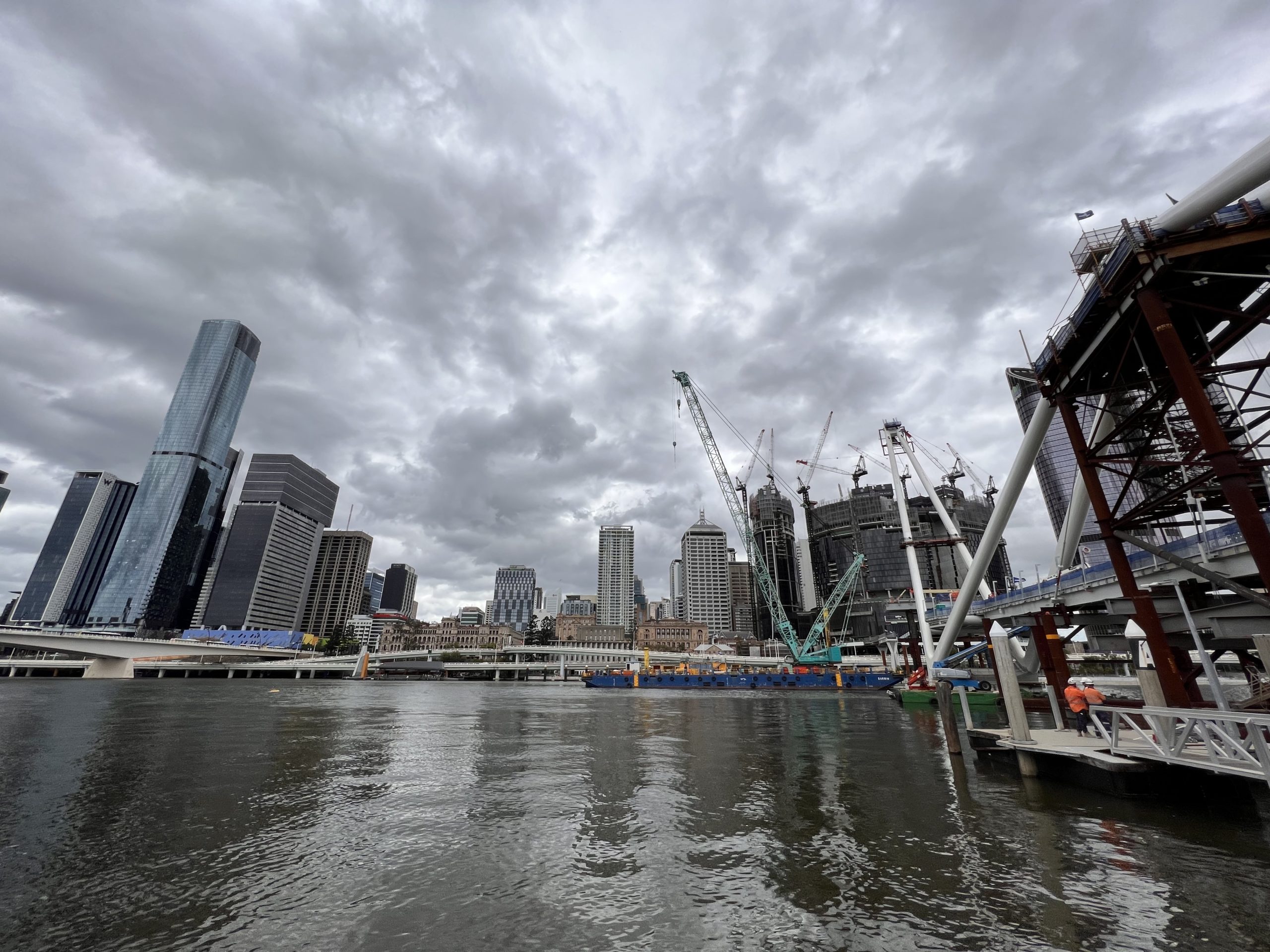
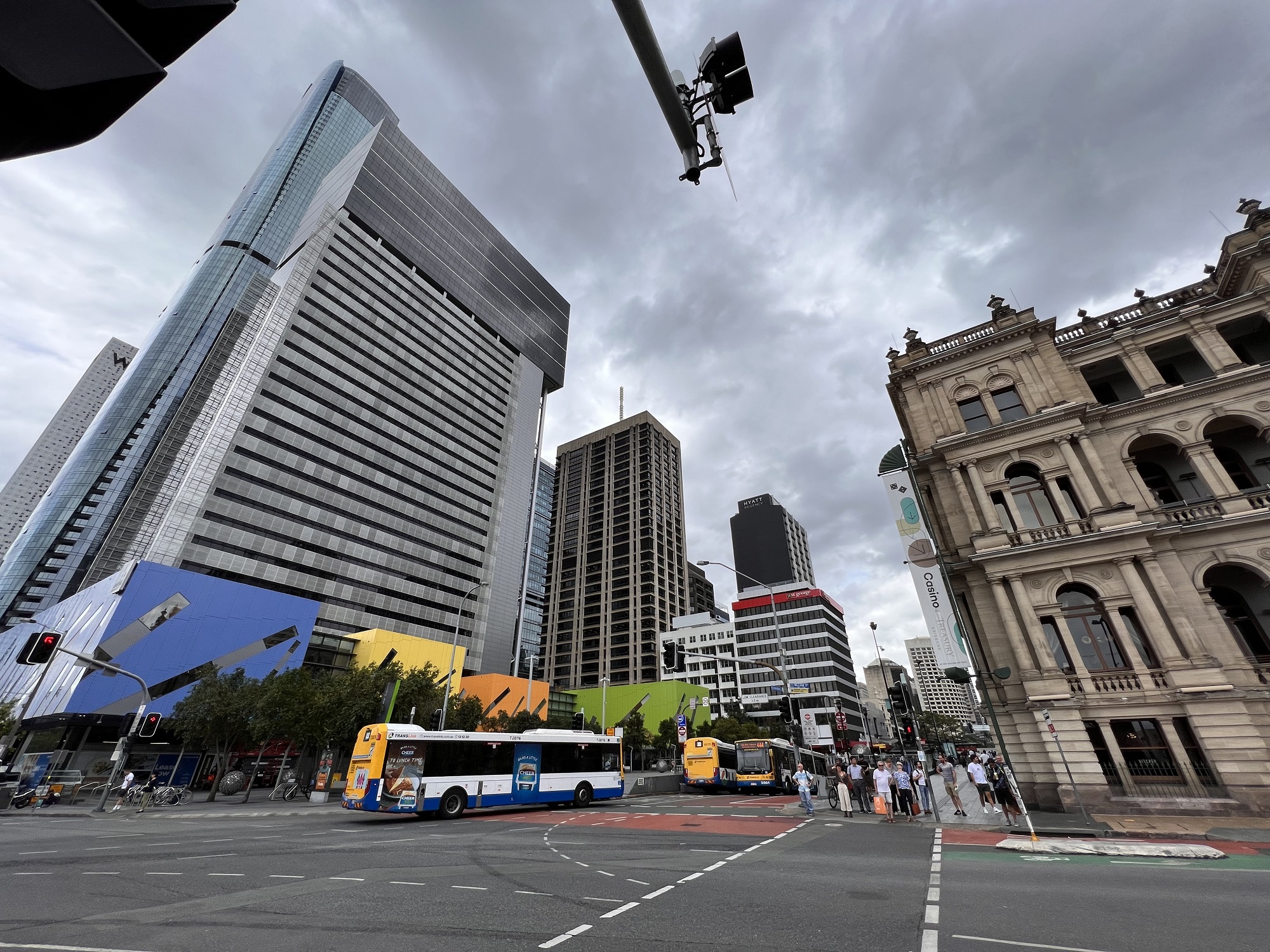
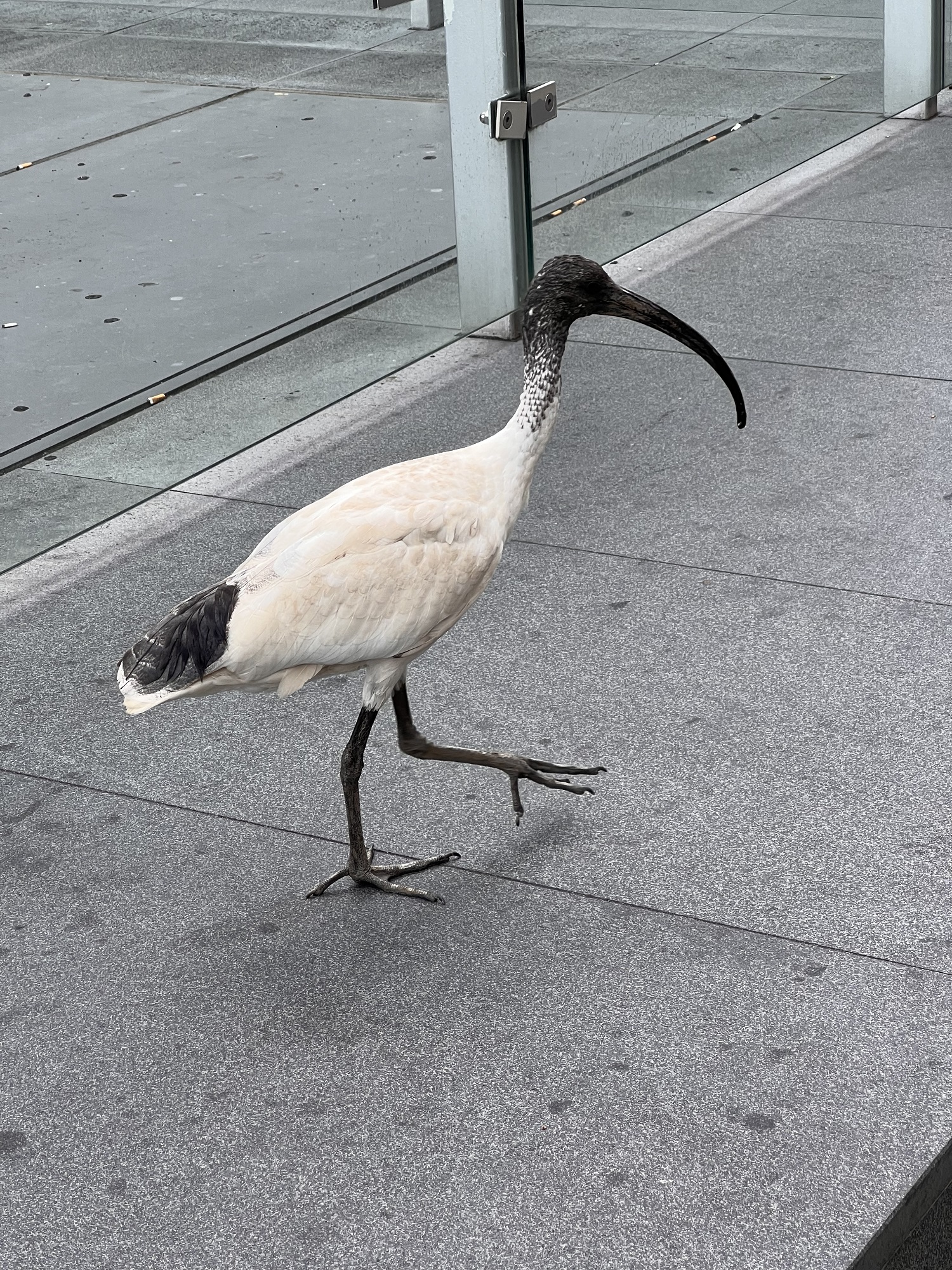
Just got home from Illinois, lock the front door, oh boy!
Got to sit down, take a rest on the porch
Imagination sets in, pretty soon I’m singin’
Doo, doo, doo, lookin’ out my back door
There’s a giant doin’ cartwheels, a statue wearin’ high heels
Look at all the happy creatures dancin’ on the lawn
Dinosaur Victrola, listenin’ to Buck Owens
Doo, doo, doo, lookin’ out my back door
– From Lookin’ Out My Back Door, song by Creedence Clearwater Revival from the album Cosmo’s Factory, released 1970.
(A dinosaur Victrola is an old record player with a horn speaker).
The last thing the contractors painted this afternoon was the porch. They cleaned up right after that and left after we did our final inspection together.
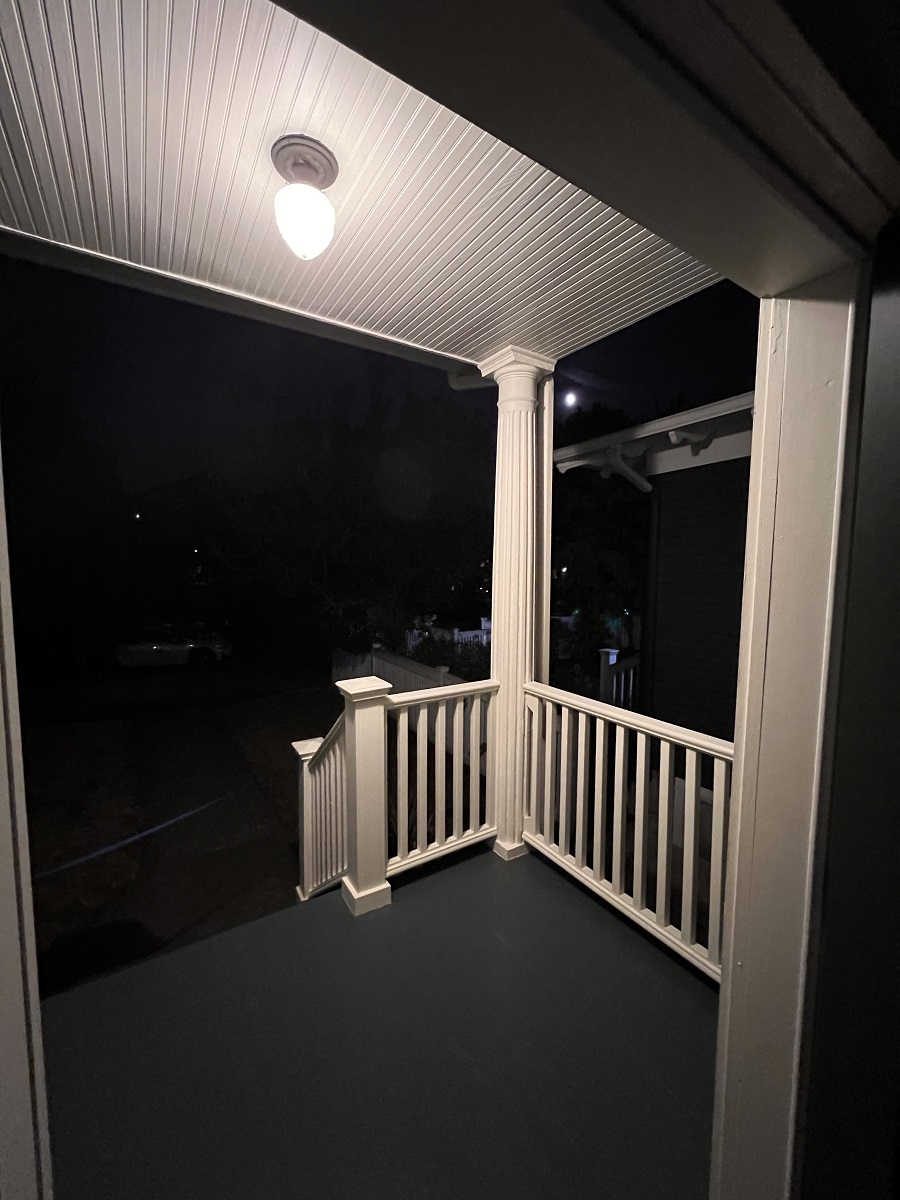
This week’s ATP 500 tennis tournament is hosted by the city called Astana. And where in the world is Astana, would you say? It’s in Kazakhstan 🇰🇿, and called ‘the world’s weirdest capital city’ by CNN in a 2012 story.
Tennis only became a significant sport in Kazakhstan due to the crusade and a labor of love by billionaire Bulat Utemuratov, in a campaign that had started 15 years ago in 2007.
Matthew Futterman writes in the New York Times:
Using almost entirely Utemuratov’s money, the Kazakhstan Tennis Federation went on a building spree, investing roughly $200 million — nearly a tenth of his estimated fortune — to construct 38 tennis centers in all 17 regions of the country. It trained hundreds of coaches and instructors and imported some from Europe. It subsidized lessons for young children and adolescents who can train six days a week for $40-$120 per month. The best juniors receive as much as $50,000 to pay for training and travel.

[Still from Tennis TV streaming service]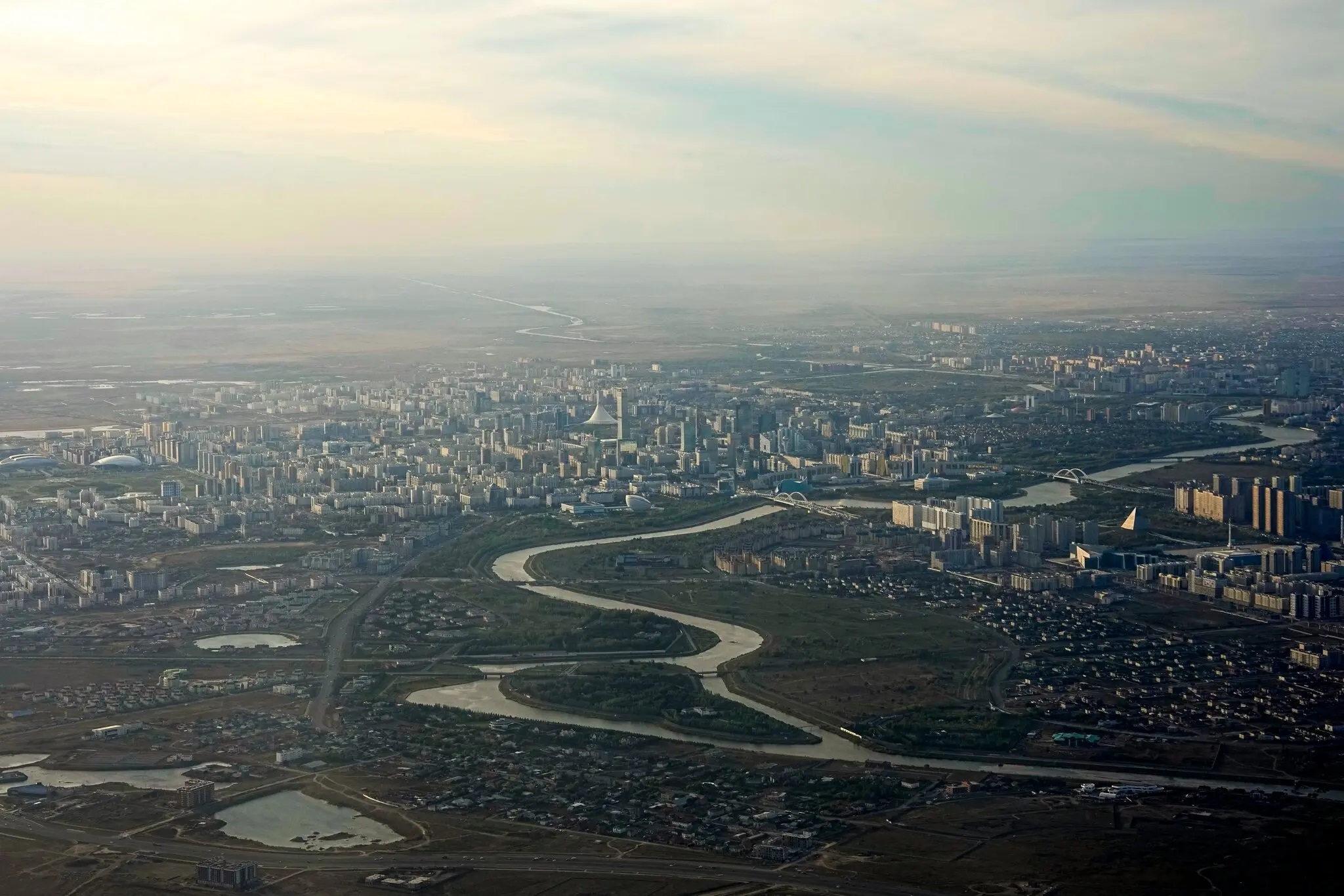
[Picture: Alexander Zemlianichenko/Associated Press]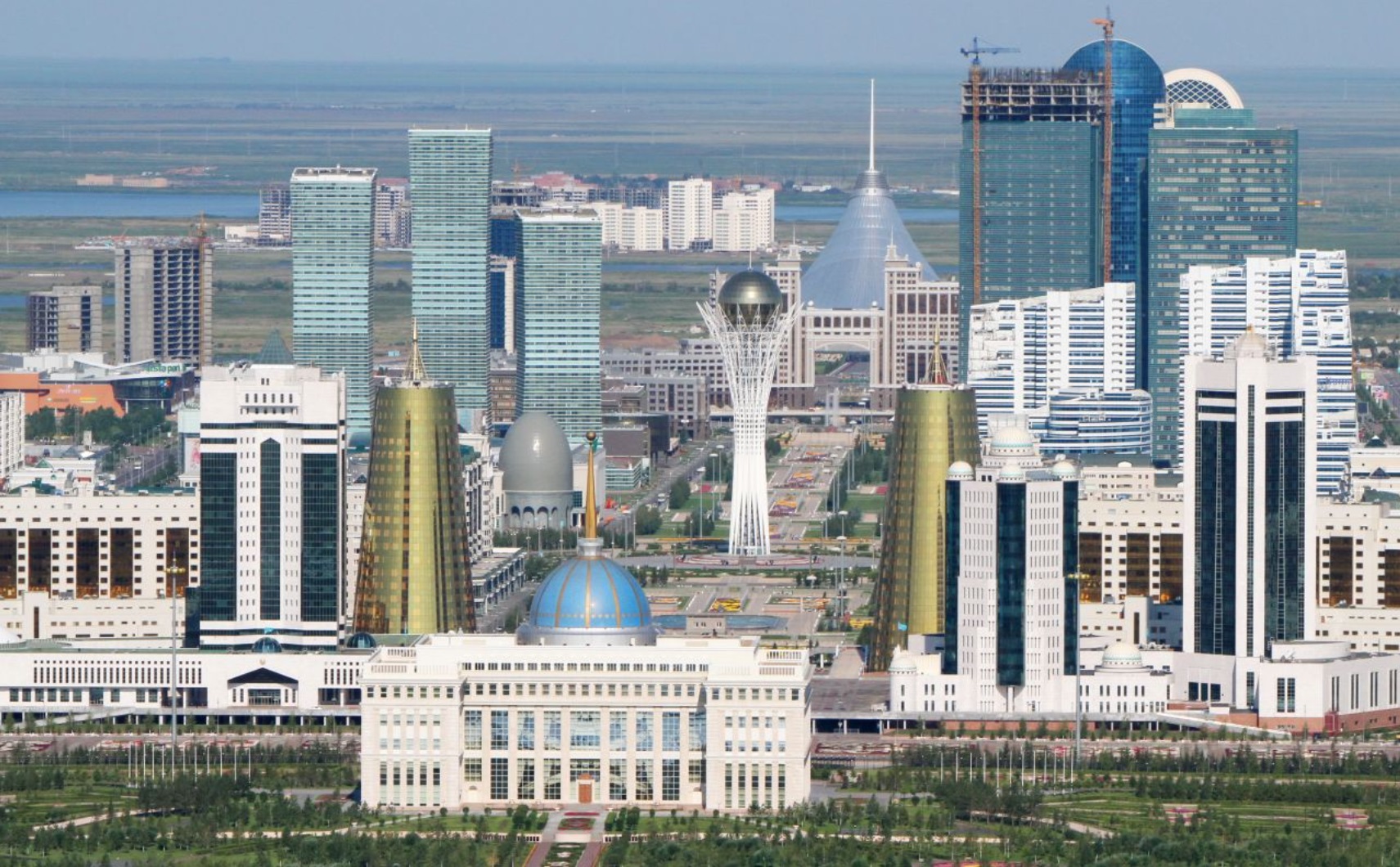
[Picture Credit: AFP/ Getty Images]
Here’s my house’s front door (that used to be brown) with its new paint— a color called ‘Deep River’.
‘Reminiscent of vast jungle rivers, this saturated gray has a hint of green in its undertone’, says the Benjamin Moore brochure.
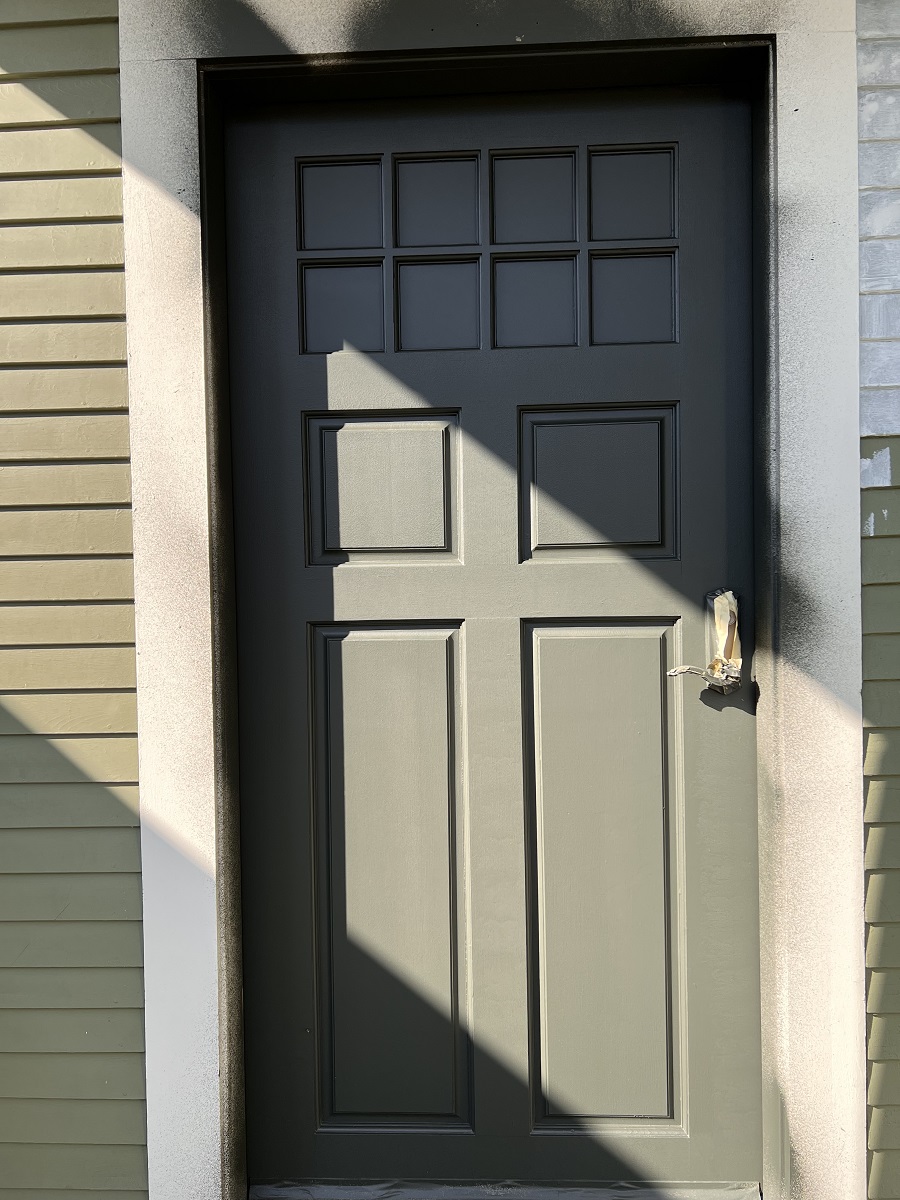
Balboa Park is a 1,200-acre historic and urban, cultural park in San Diego.
The park was originally called ‘City Park’, but was renamed after Spanish explorer Vasco Núñez de Balboa, in honor of the 1915 Panama-California Exposition, held in the park that year.
The architecture of the buildings in Balboa Park are a mix of Mediterranean and Spanish Colonial Revival style.
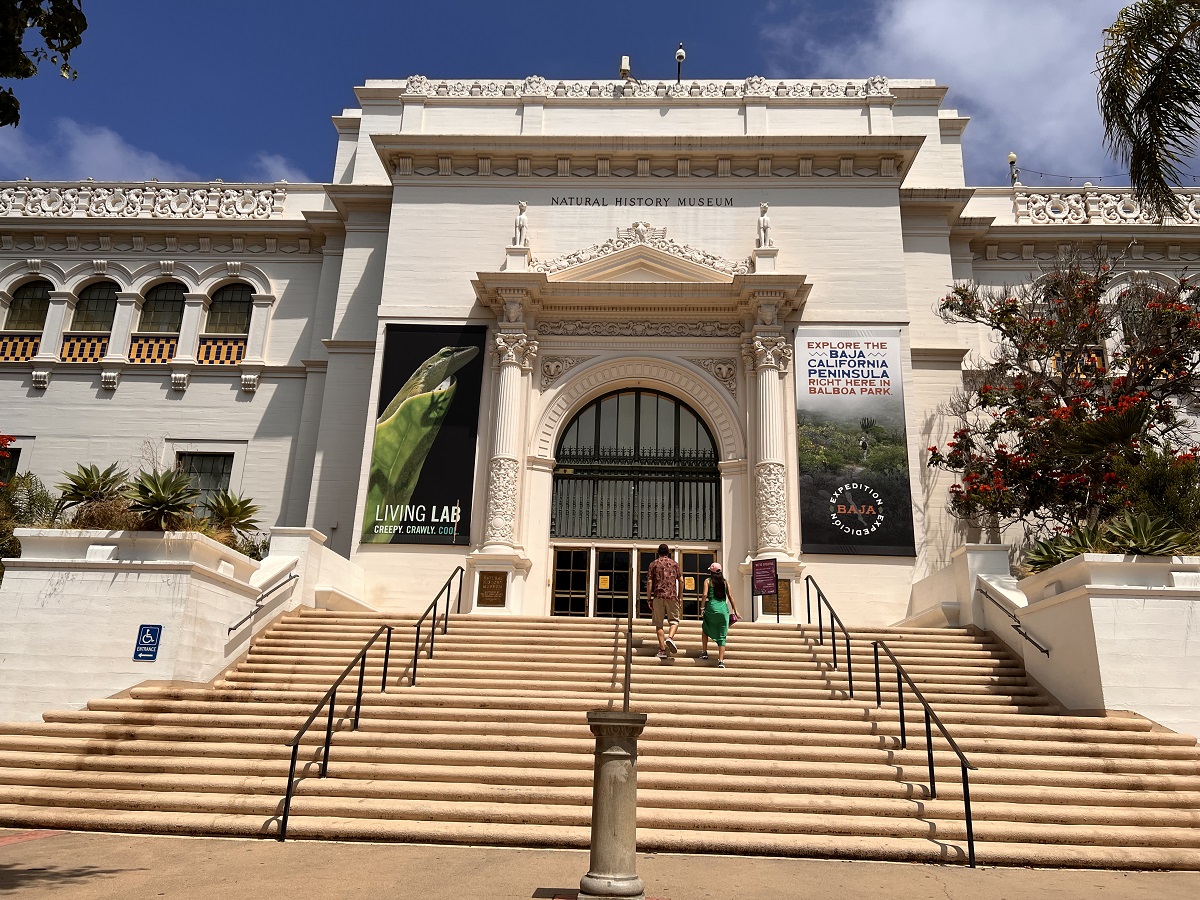
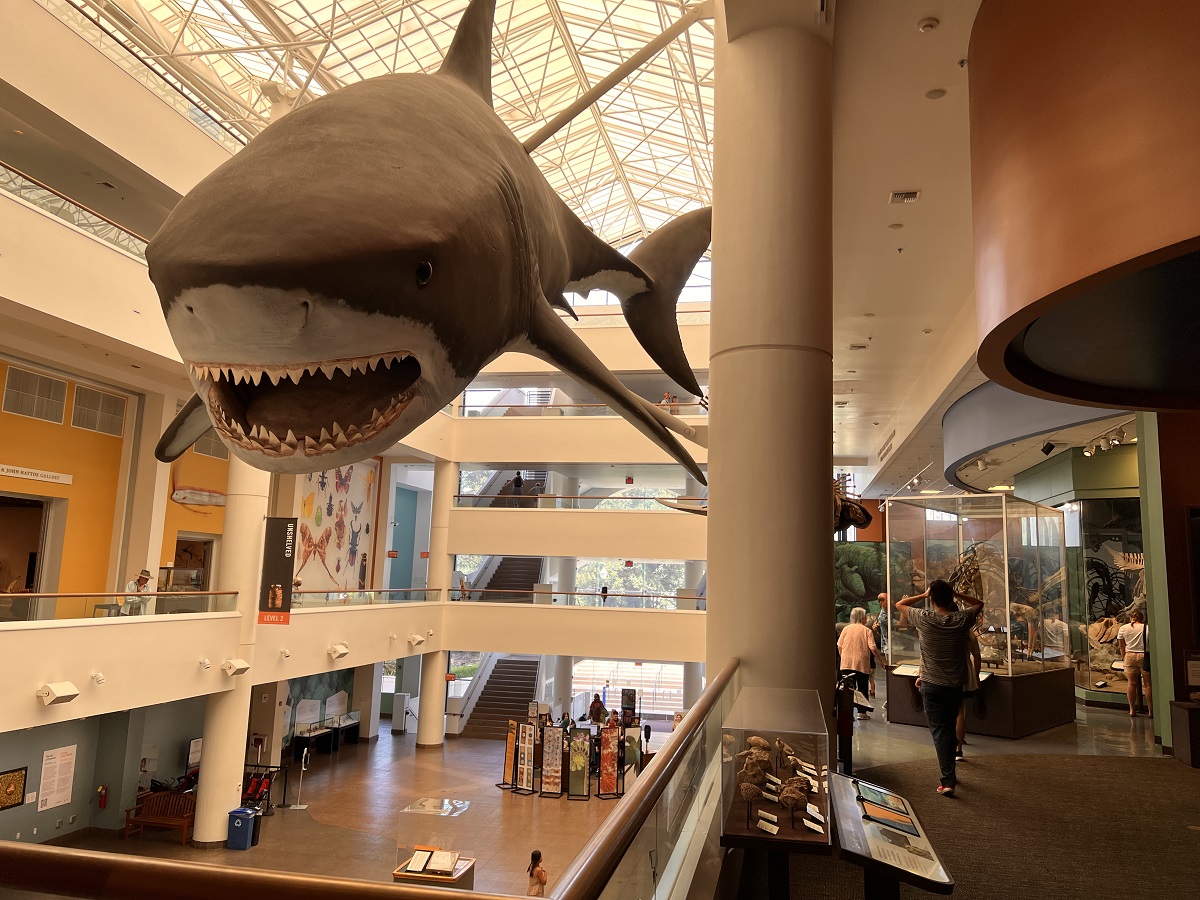
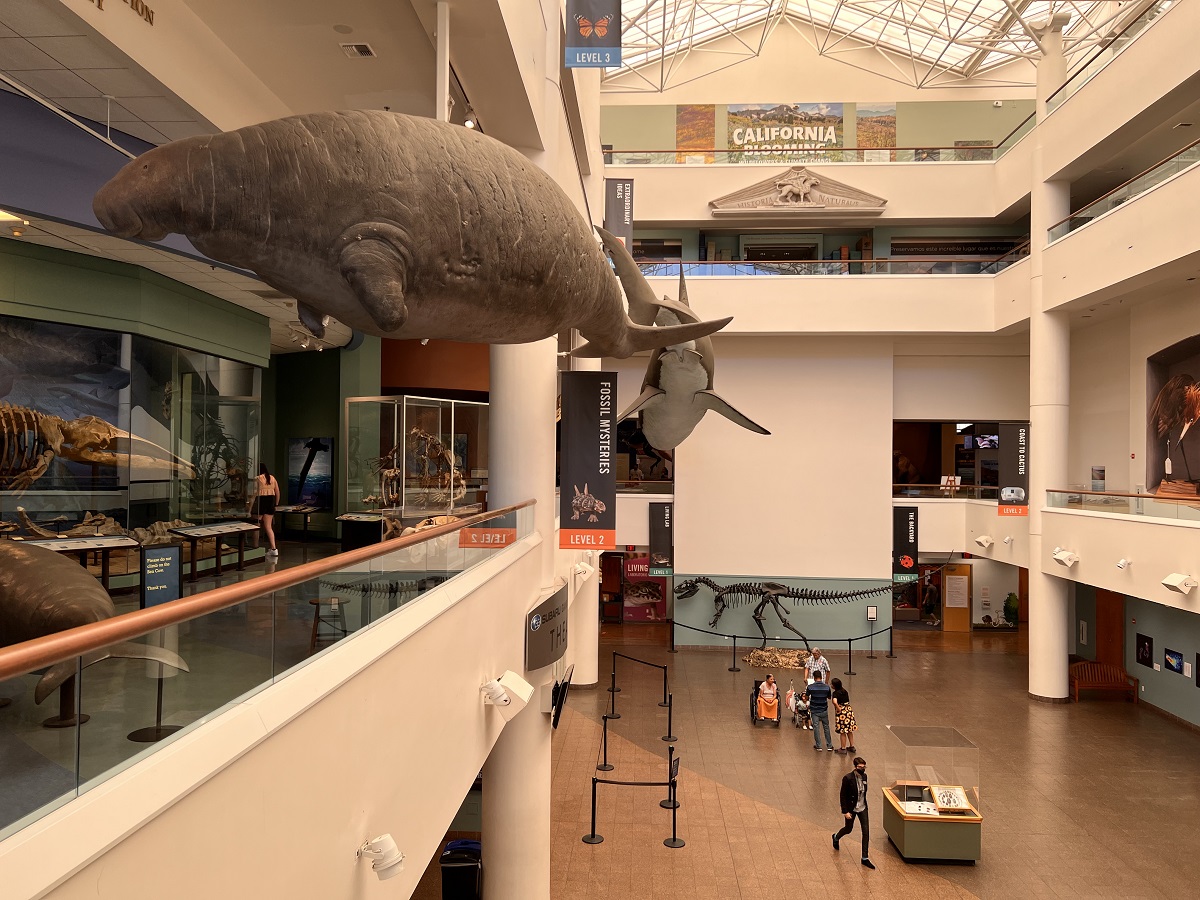
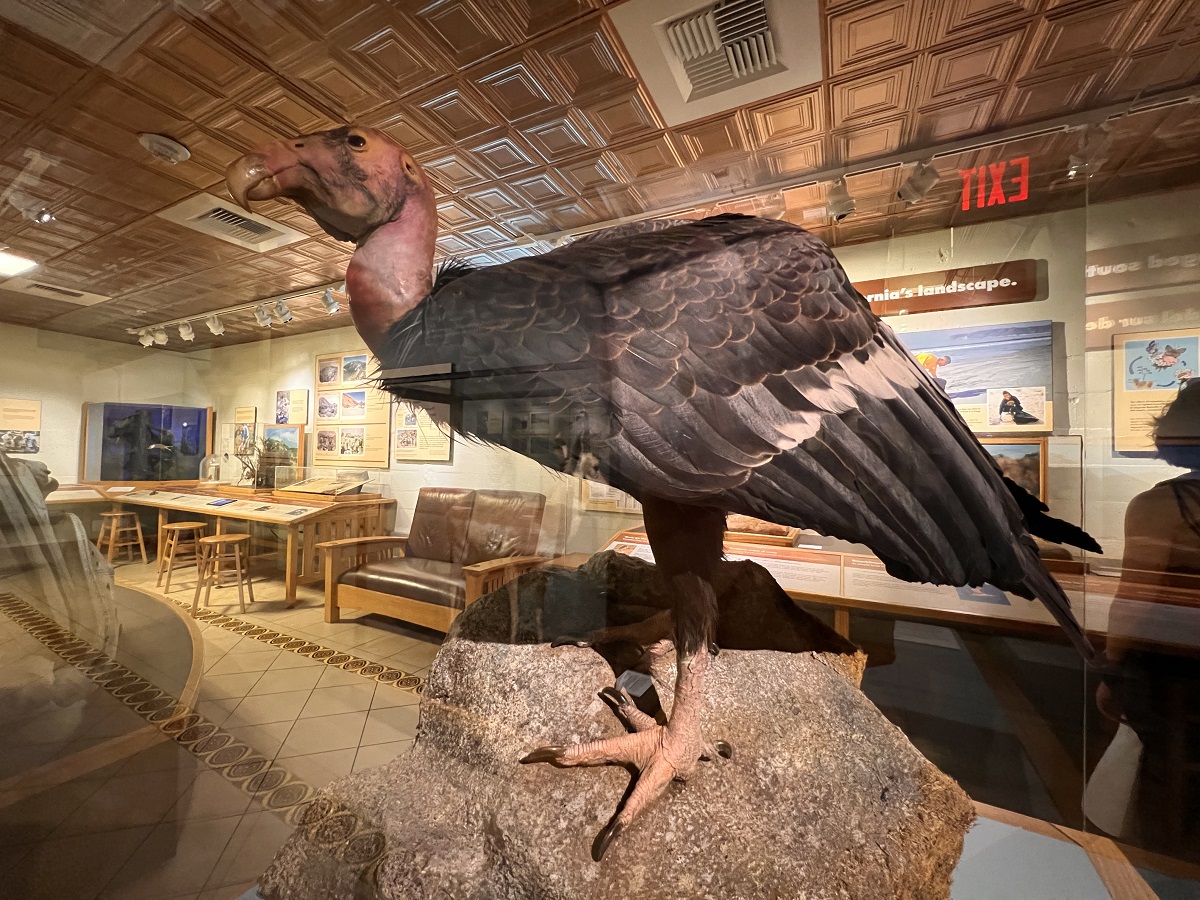
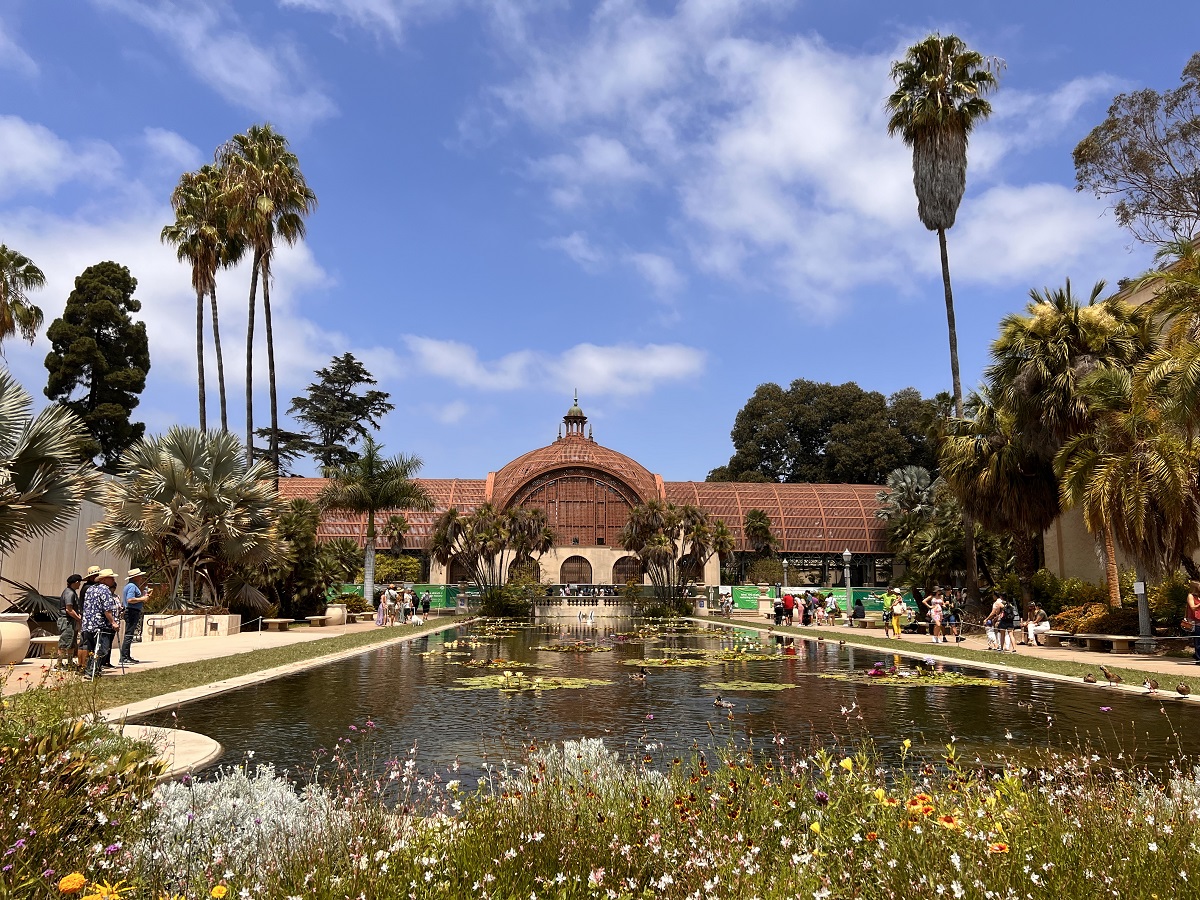
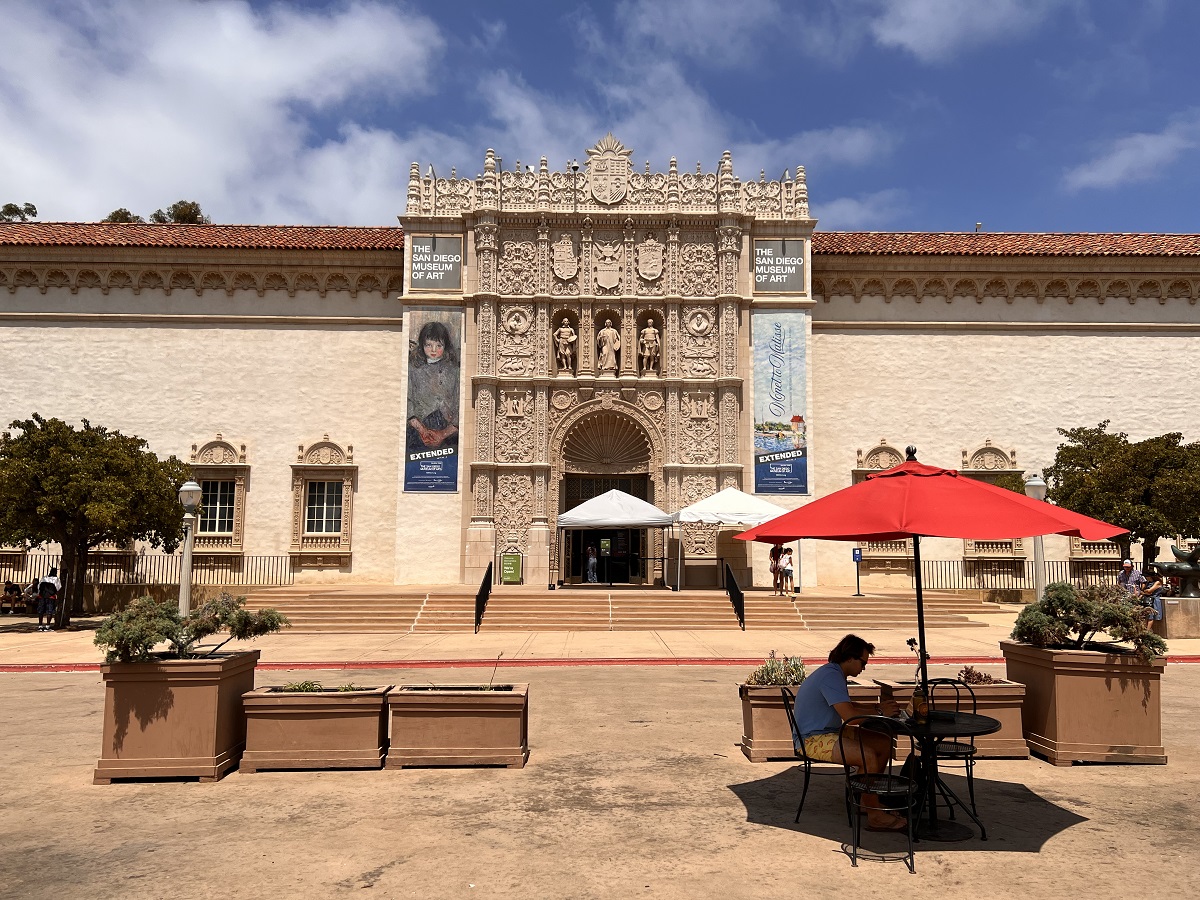
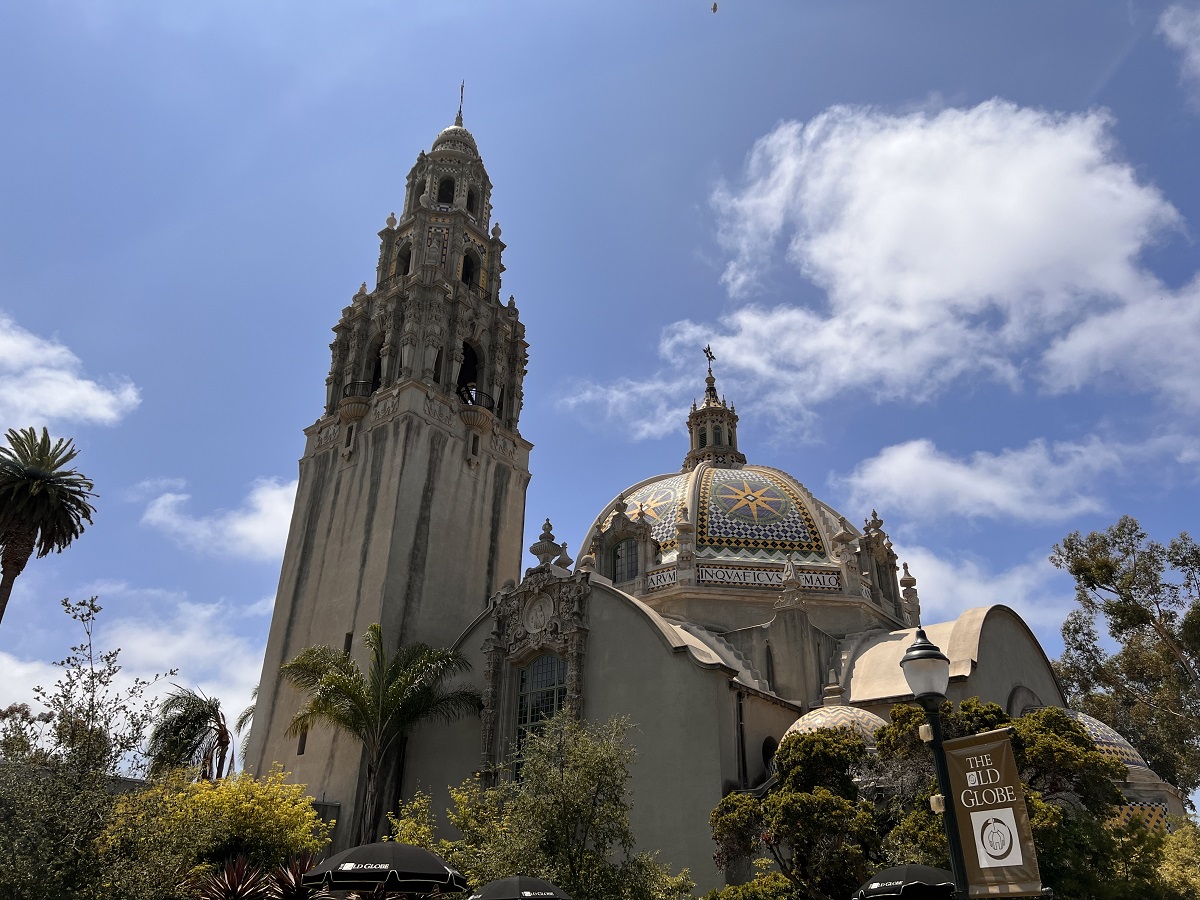
Here are pictures from my (self-directed) architecture appreciation tour today, around Pioneer Square.
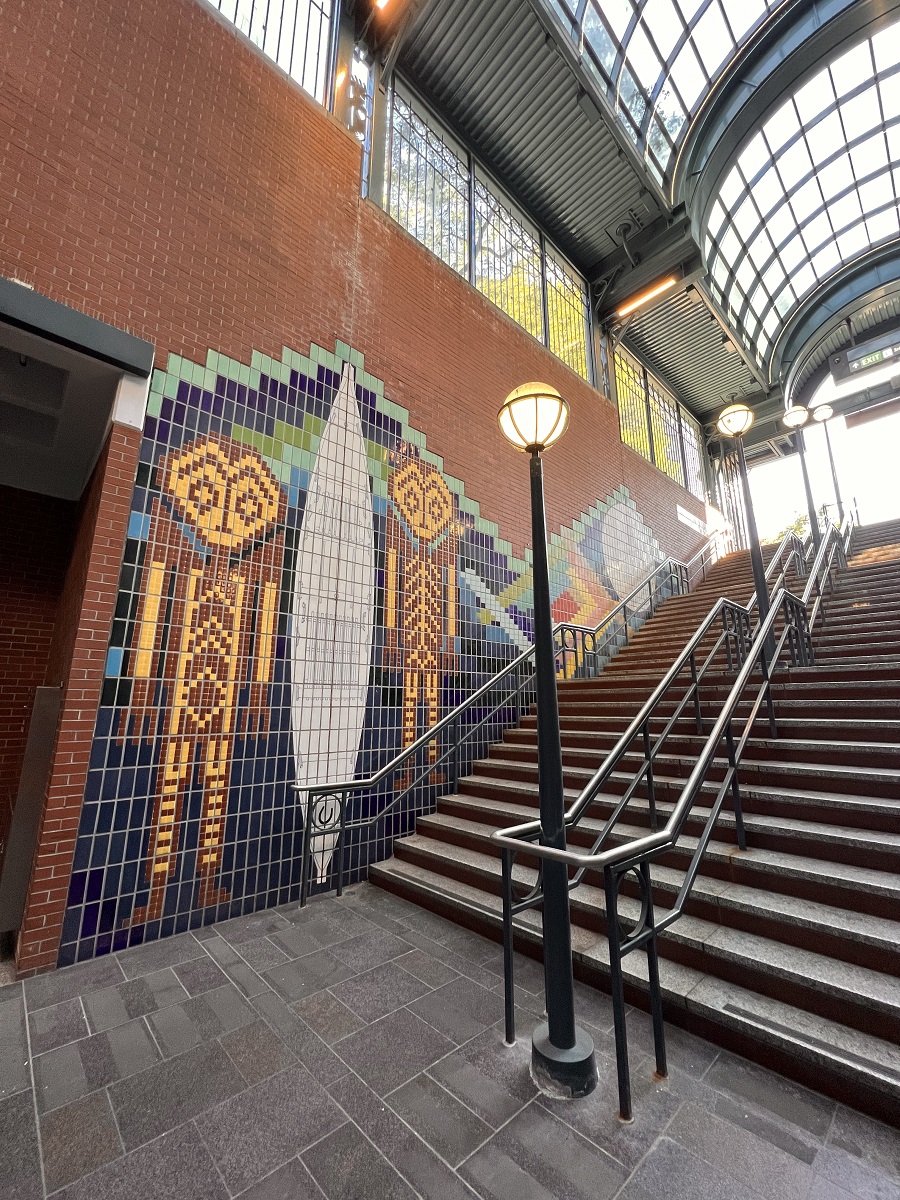
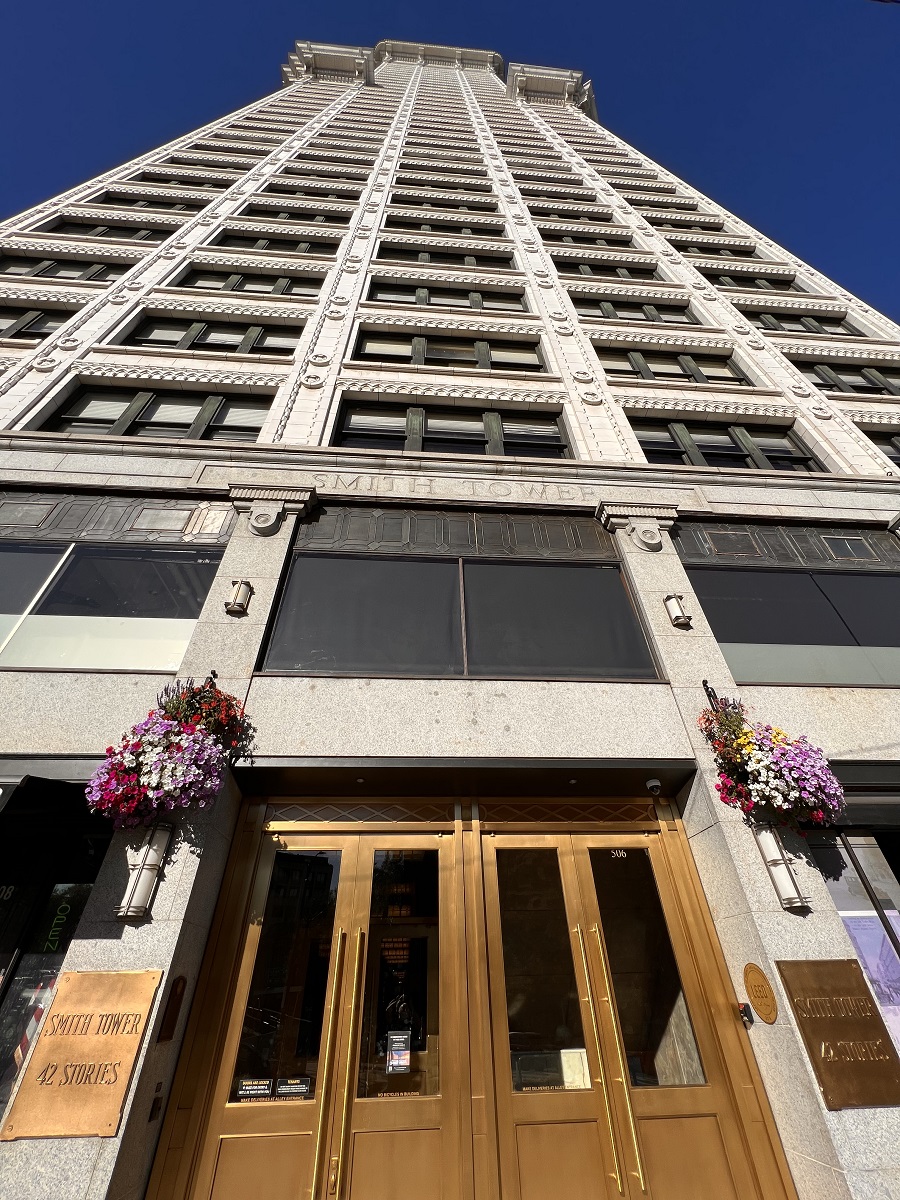


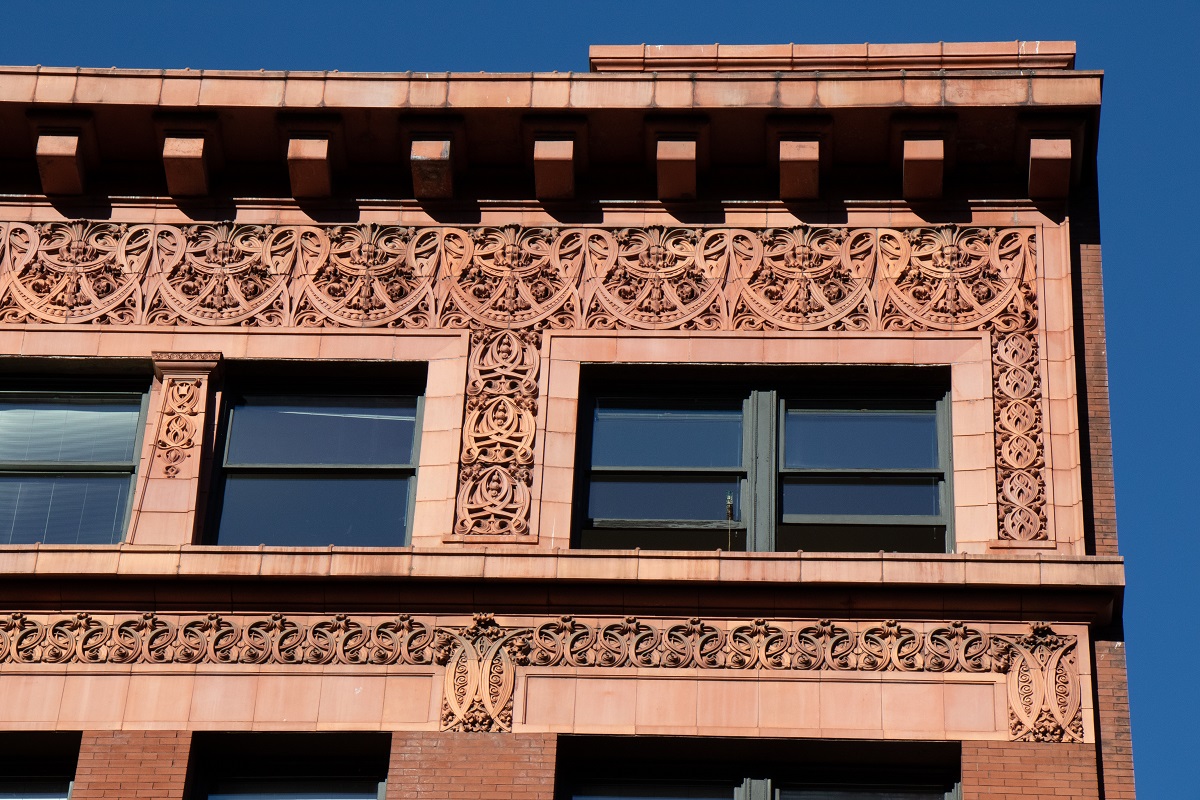
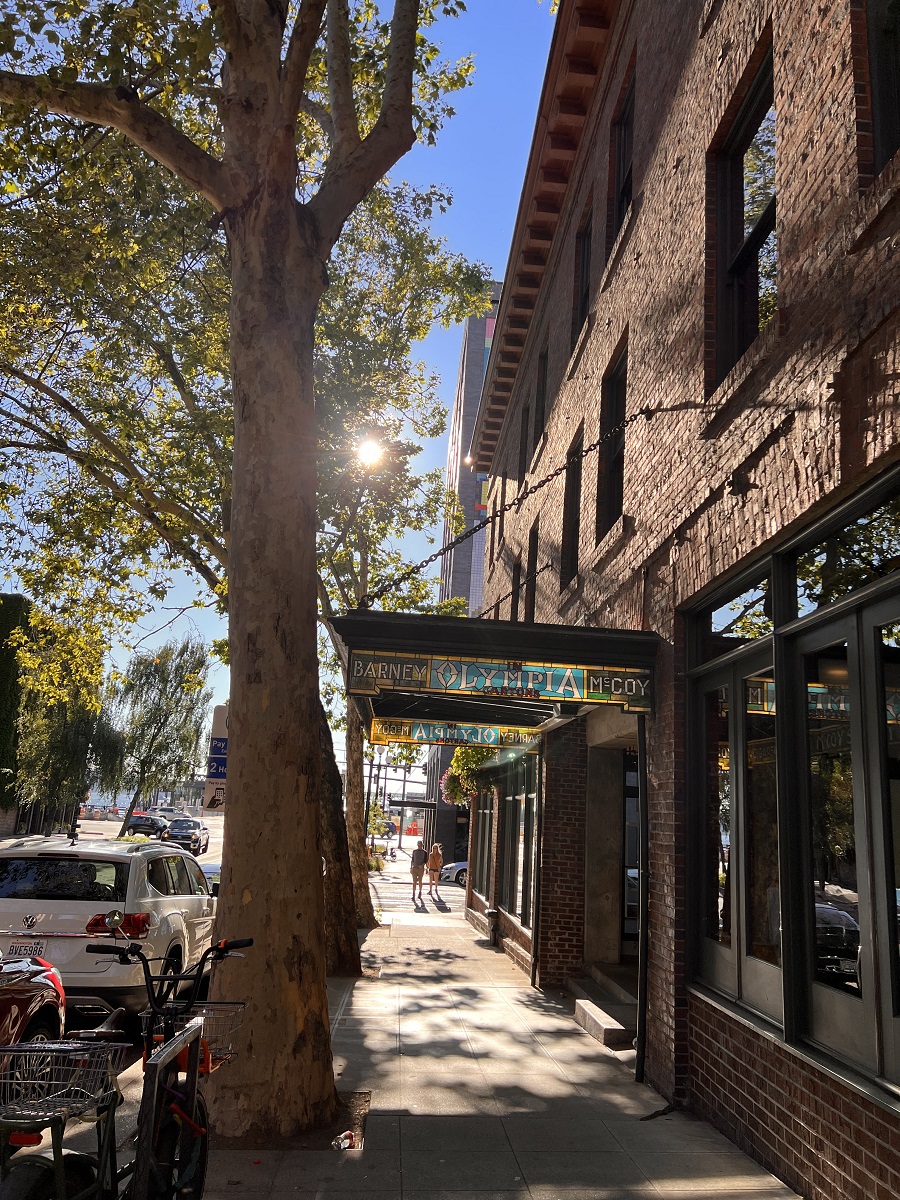




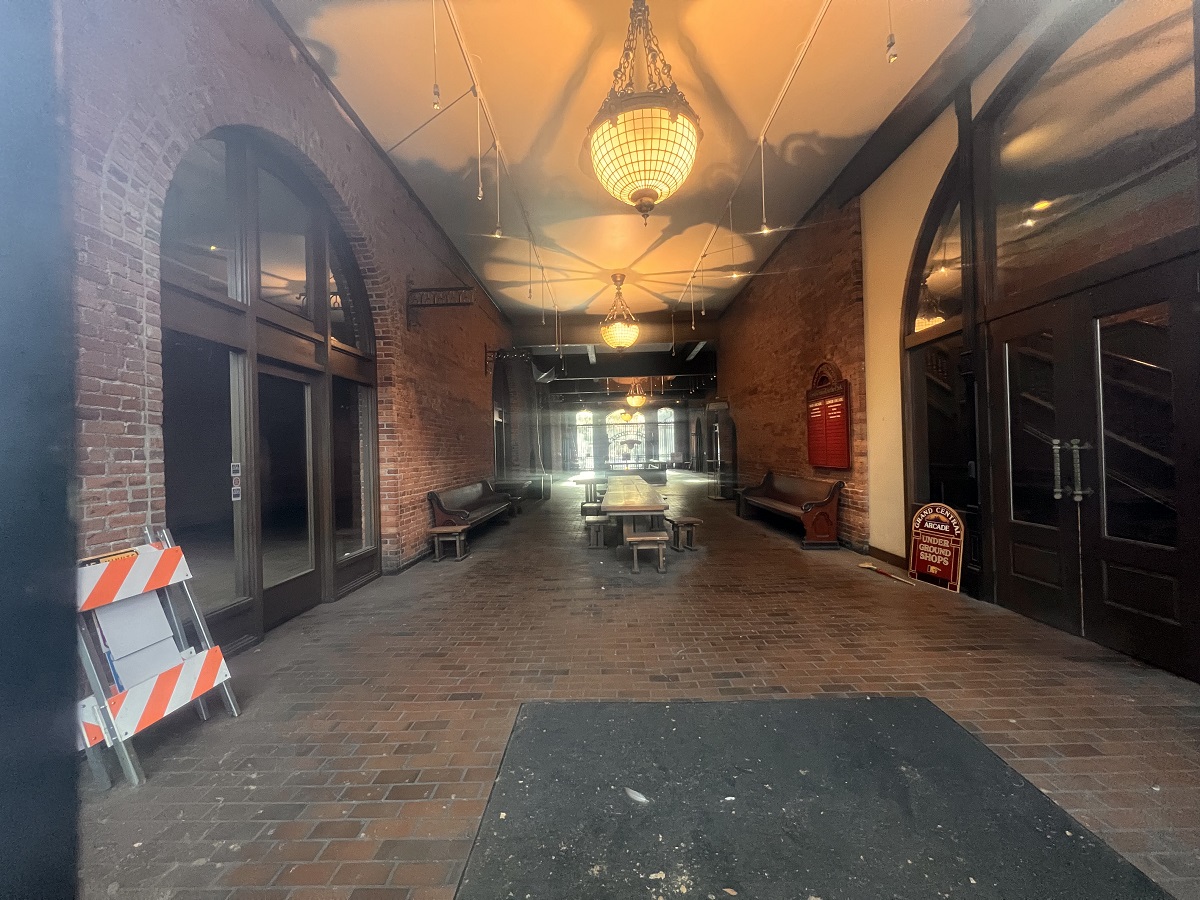

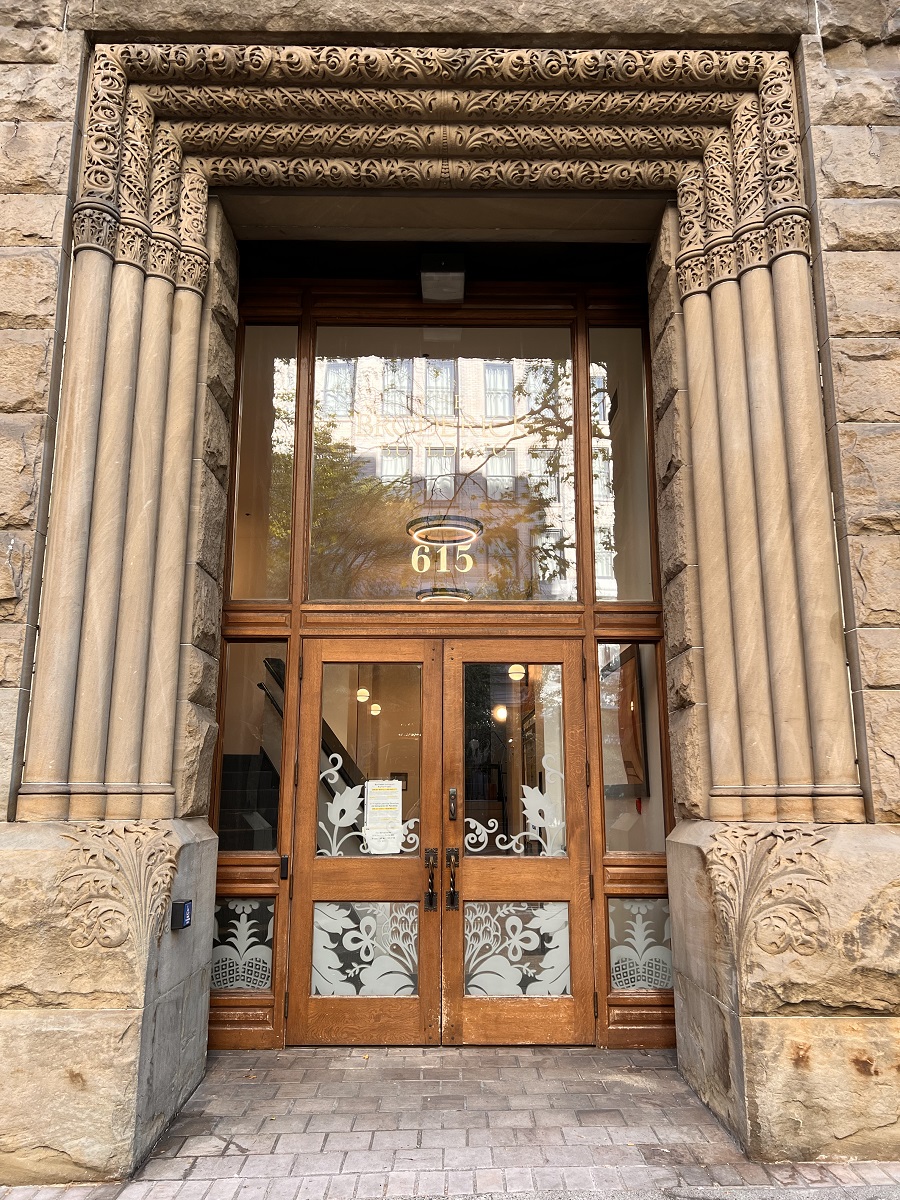
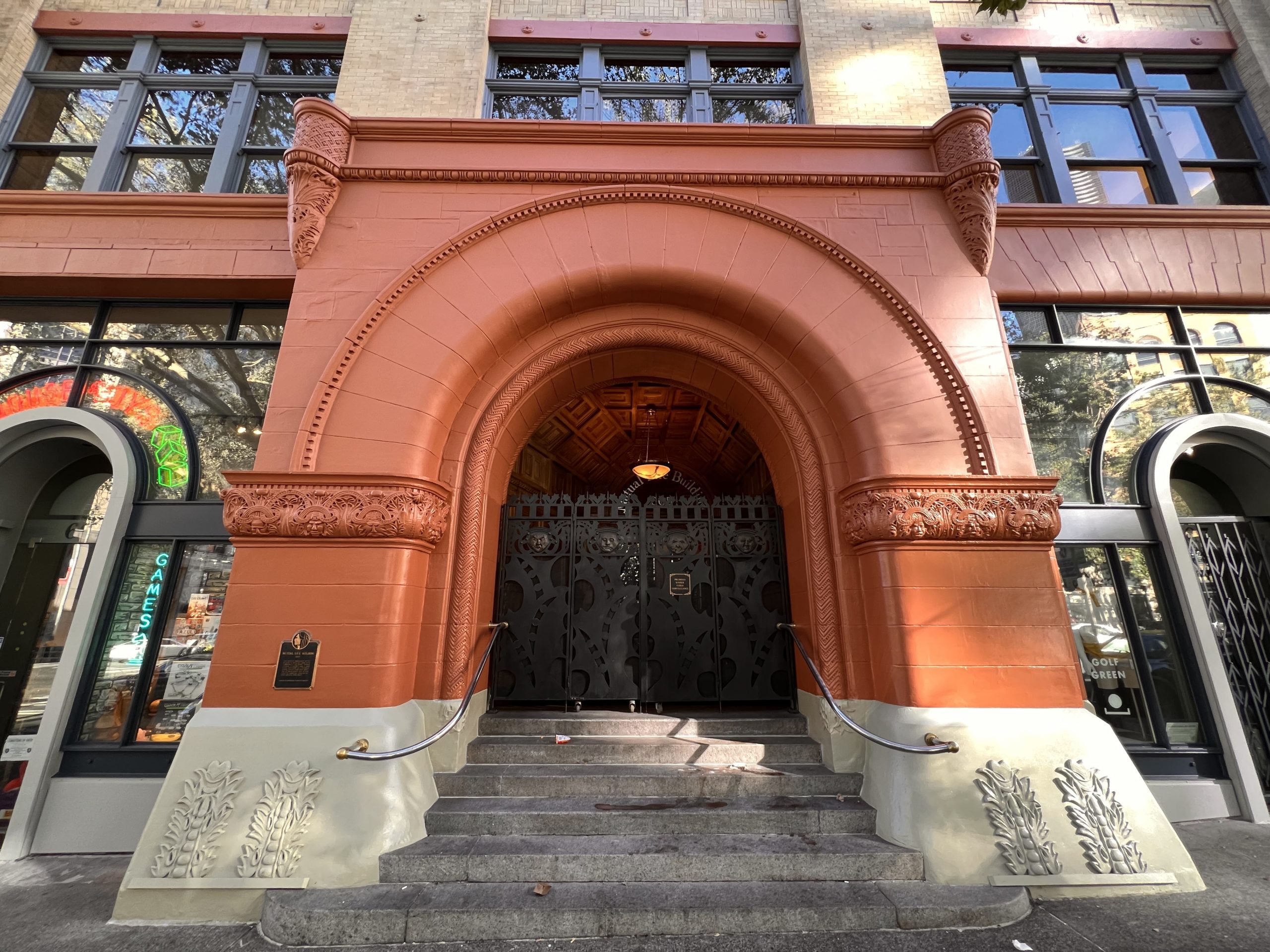
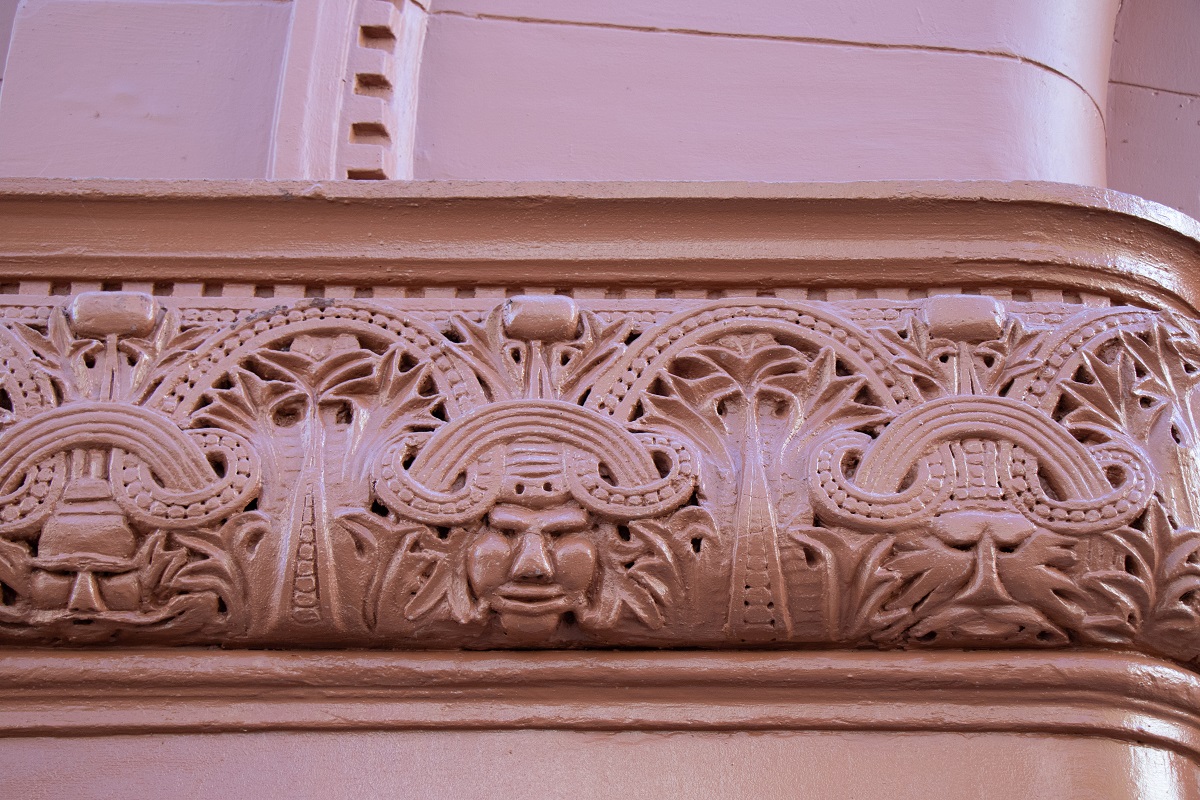
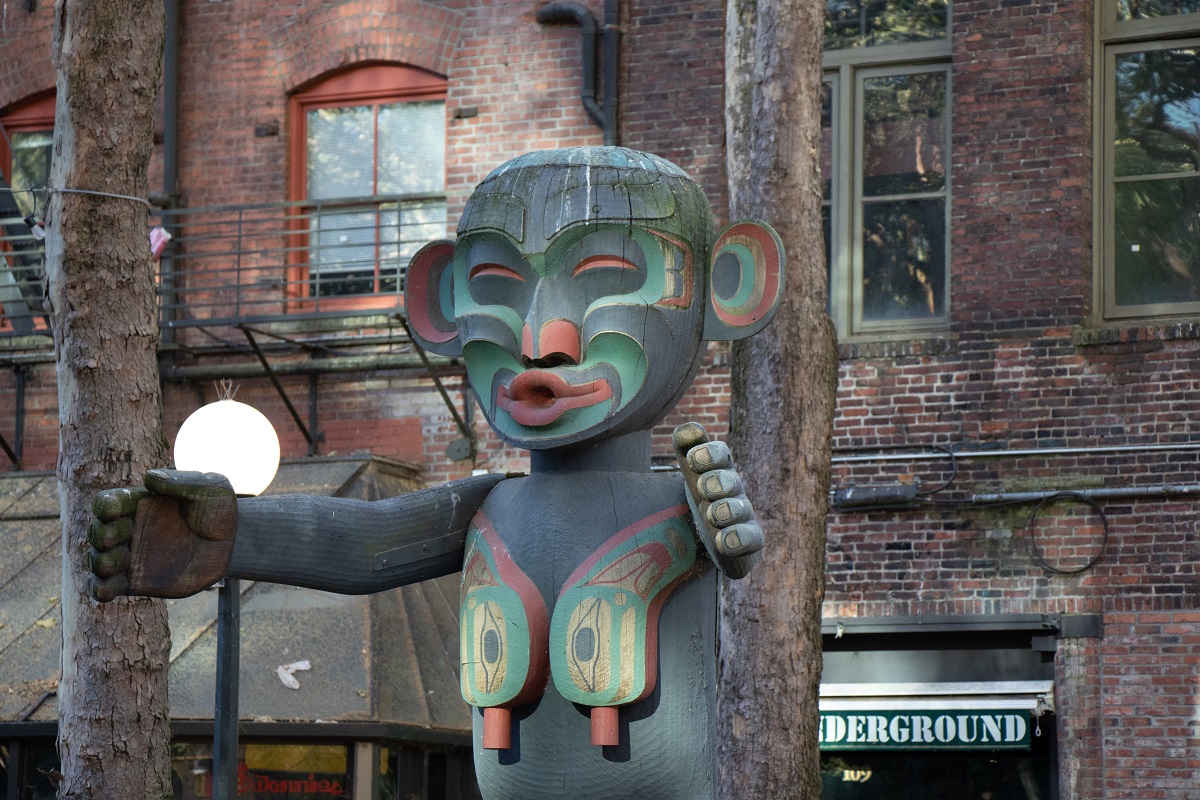
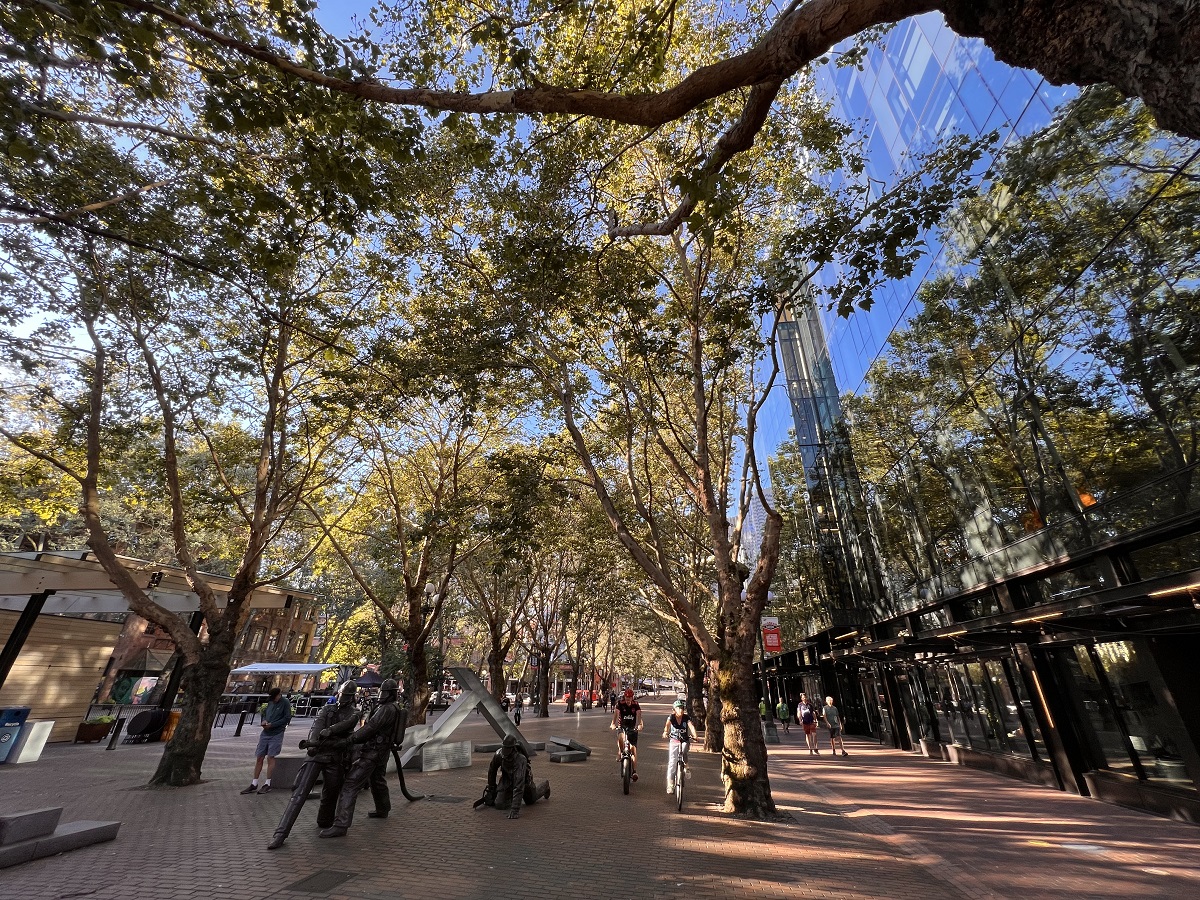

I frequently drive by the newly completed Midtown apartments on (23rd Ave. in Central District) with its colorful exterior and artwork.
Today I checked it out a little closer, on foot.
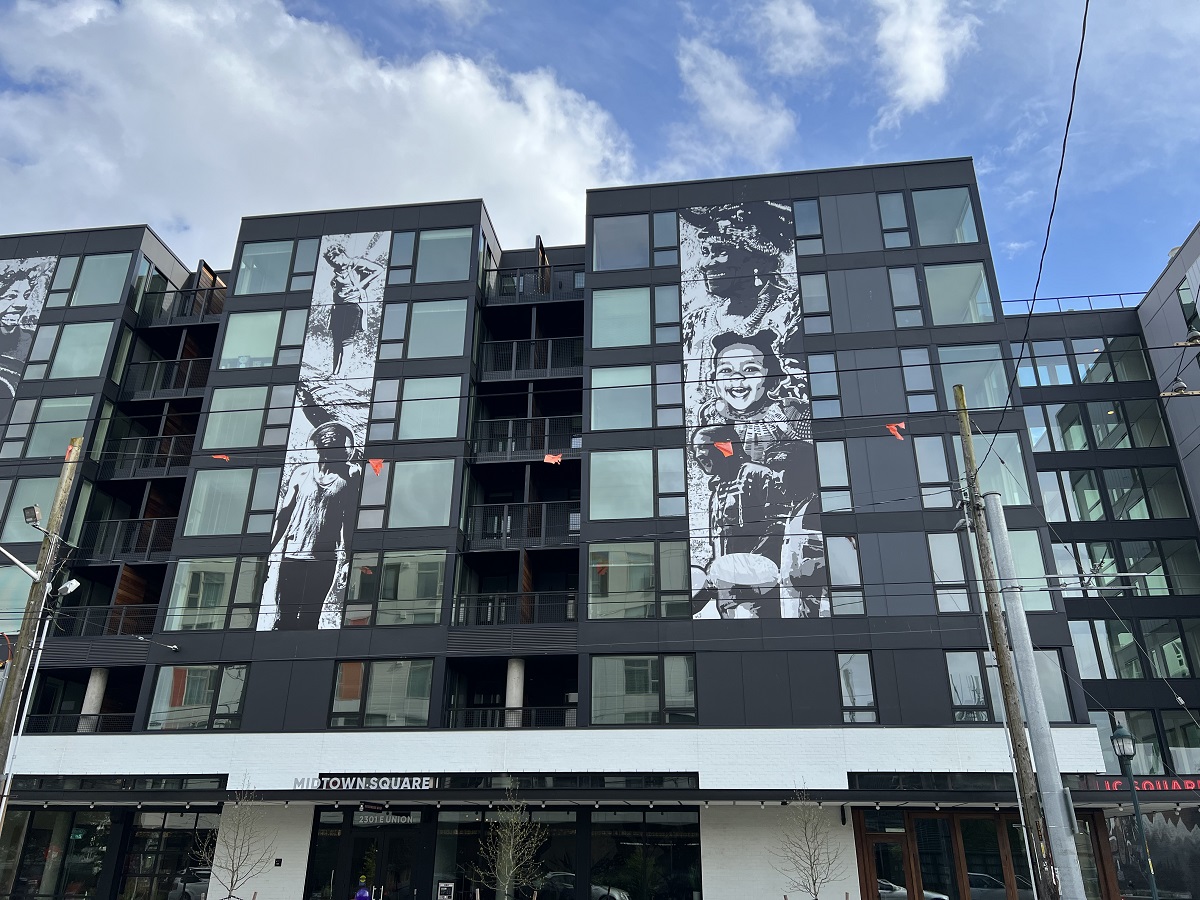

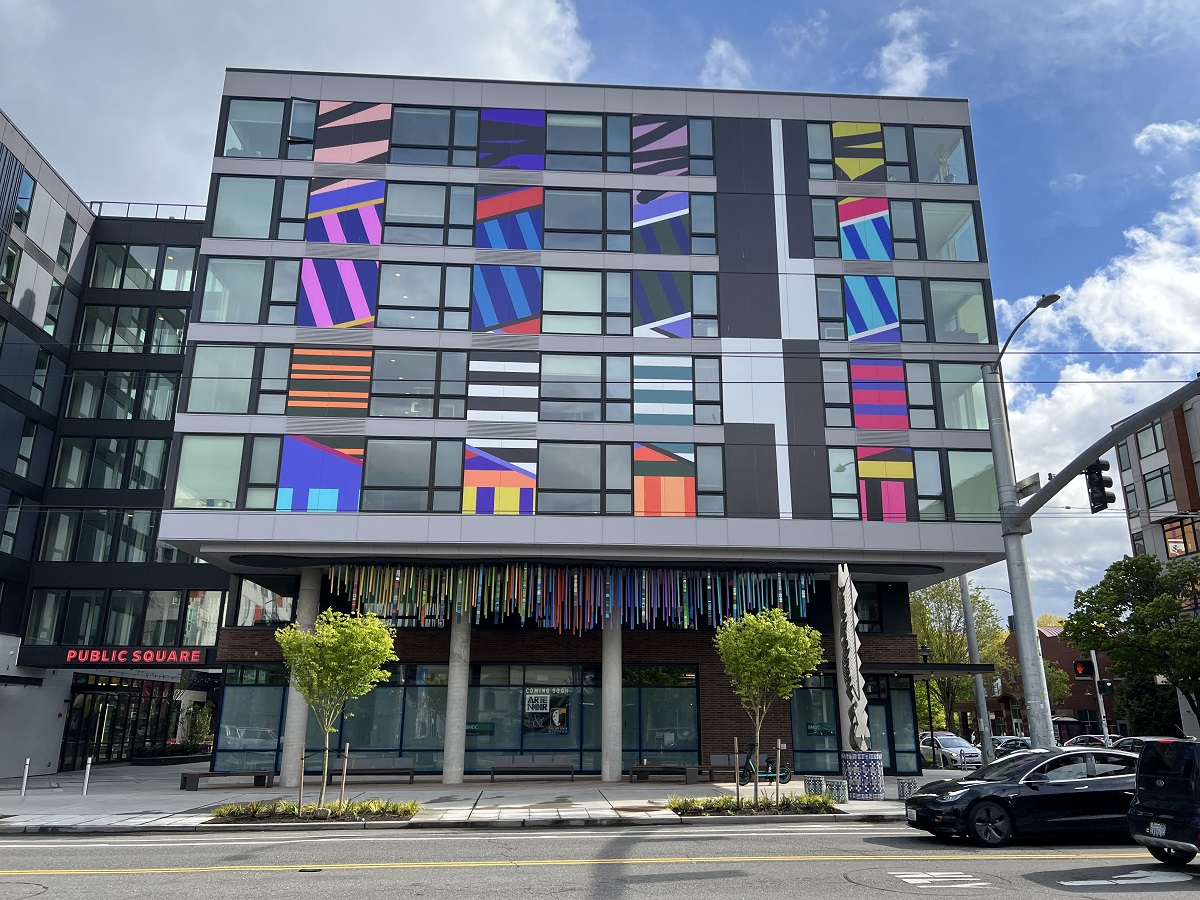




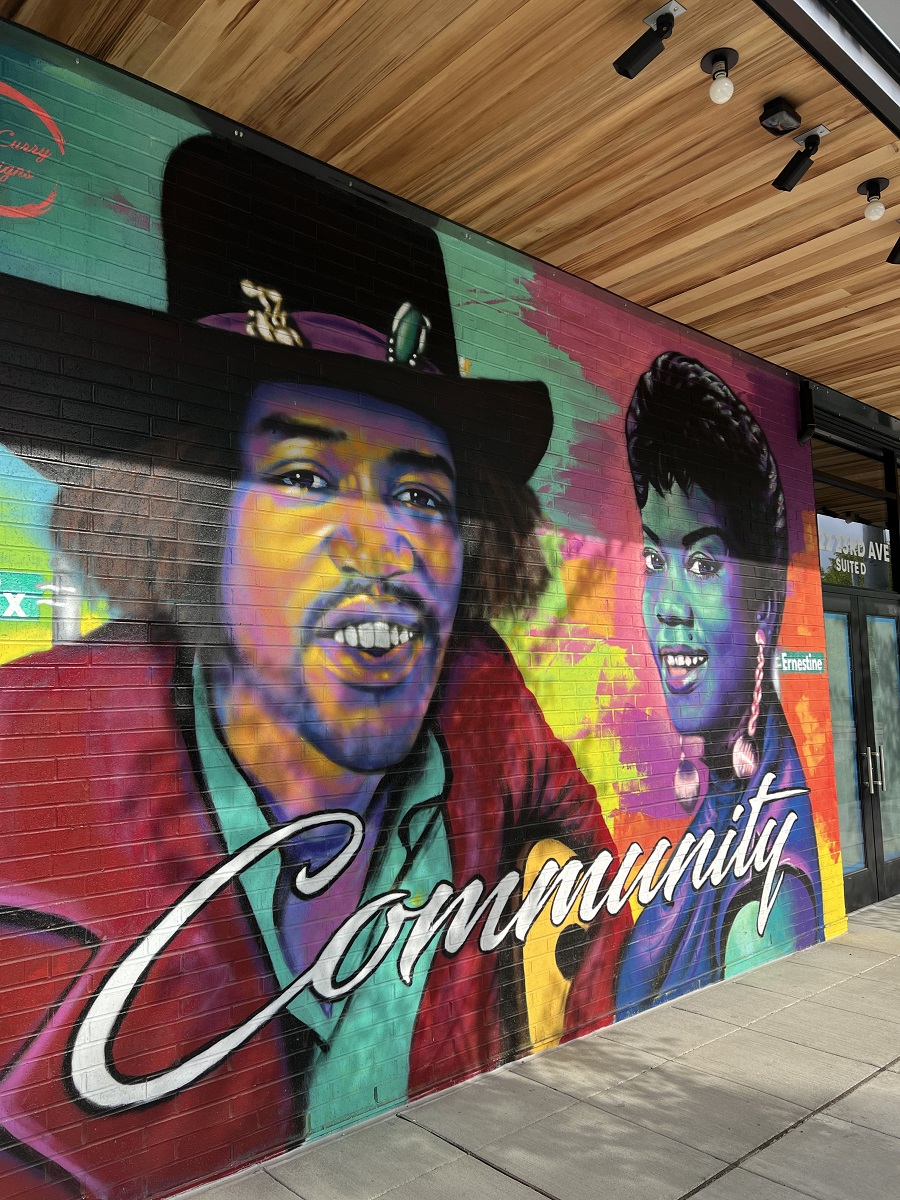

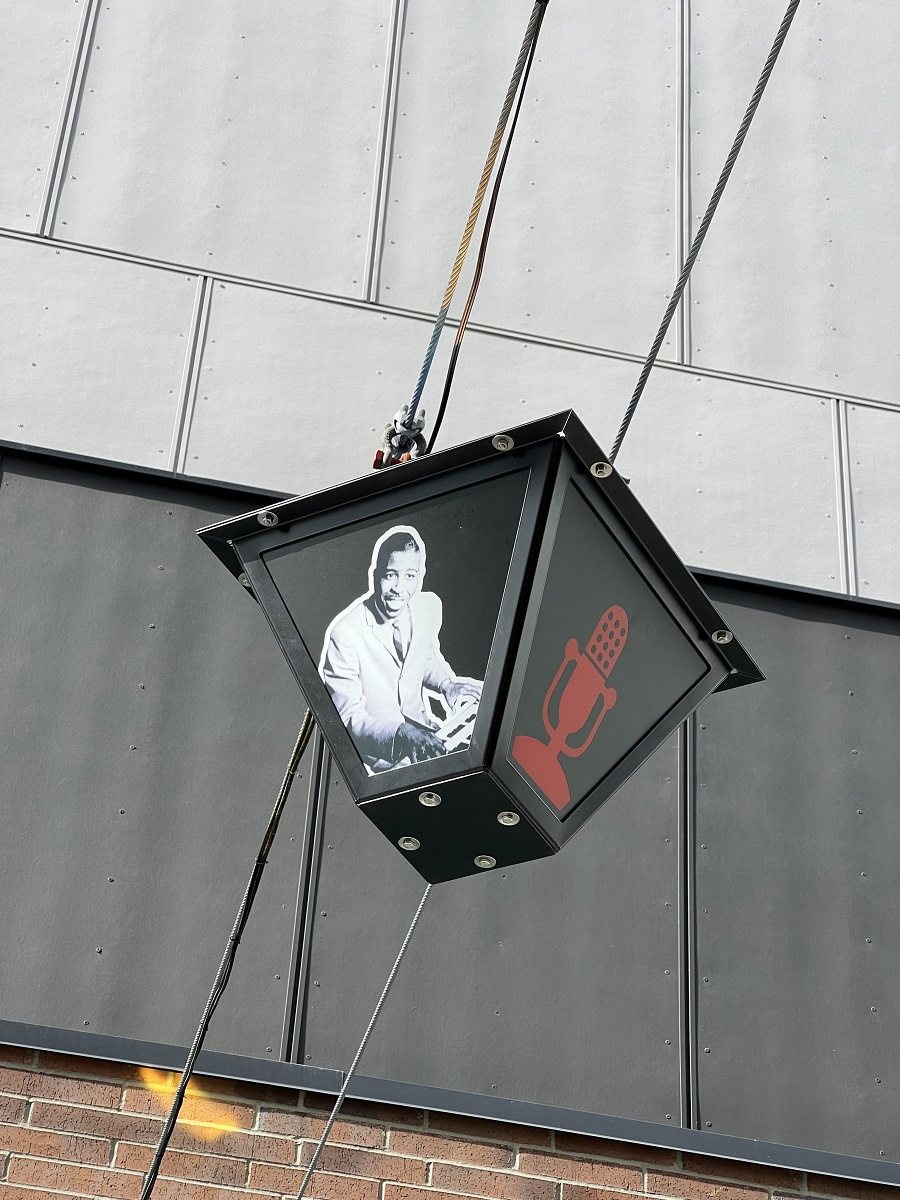

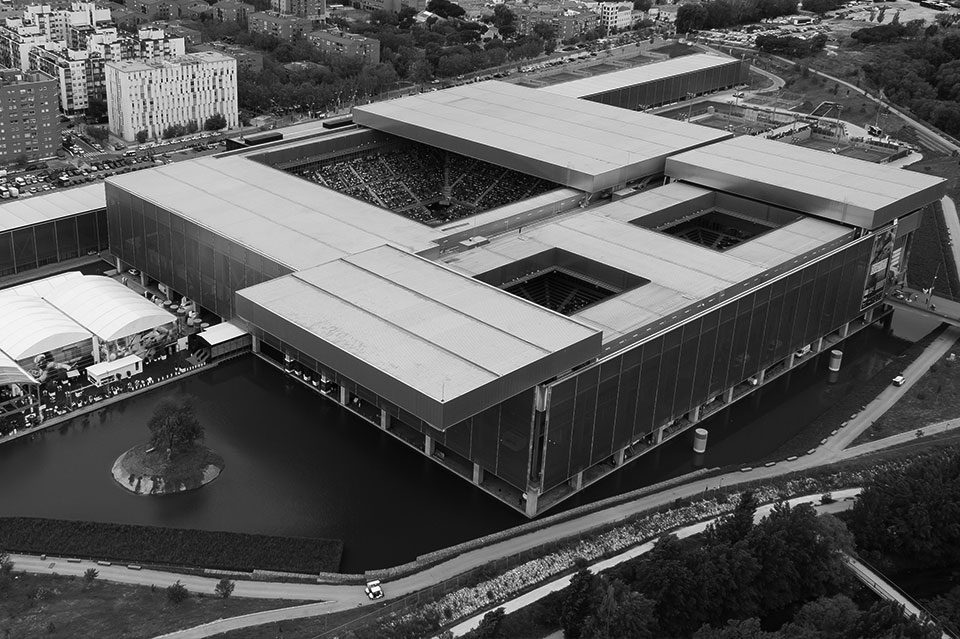
The 2022 Madrid Open tennis tournament is under way, in the multipurpose stadium complex called La Caja Mágica.
During the Madrid Open, it is the only facility in the world with three tennis courts under a retractable roof.
This year, the top Men’s Singles seeds are ‘No Vax’ Djokovic, Sacha Zverev, Rafael Nadal (the ‘King of Clay’), Stefanos Tsitsipas, the Norwegian Casper Ruud, Andrey Rublev— but no Medvedev (he had hernia surgery), Carlos Alcaraz and Canadian Félix Auger-Aliassime.
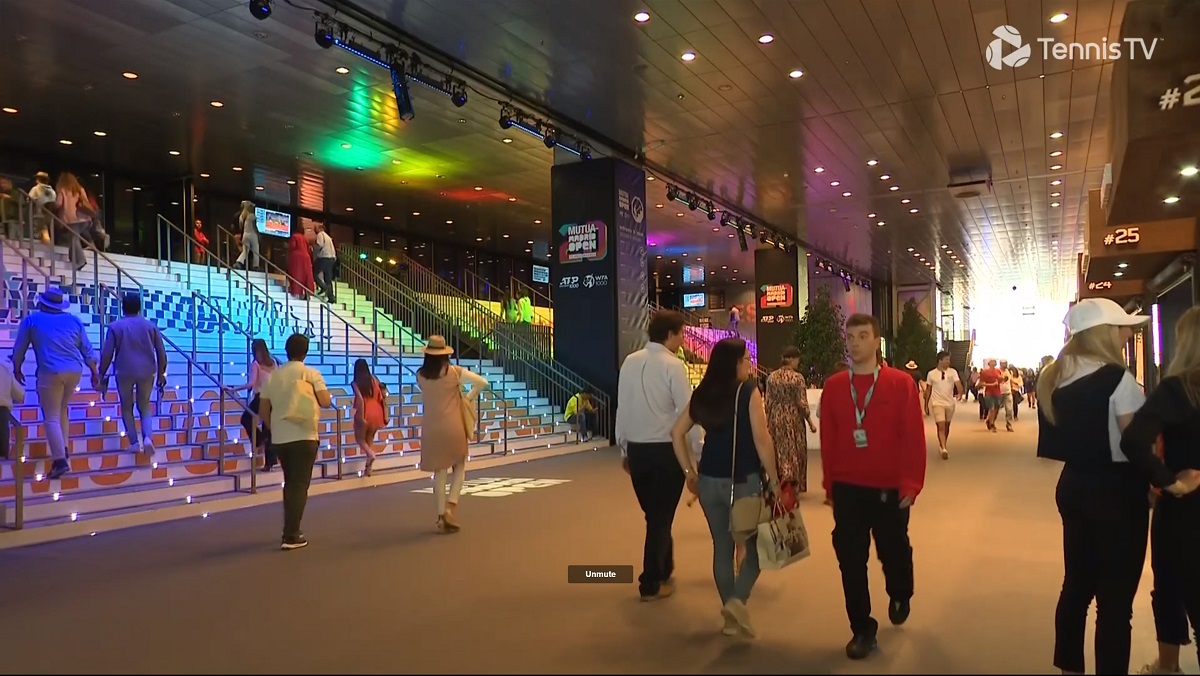
[Still from Tennis TV]
[Still from Tennis TV]
My mission for the afternoon was to get a few pictures of the Space Needle. It is again painted in galaxy gold for its 60th anniversary— the way it had been for its debut at the Seattle World’s Fair in April 1962.
I even drove up Queen Anne Hill to Kerry Park, to get the classic skyline-with-Space Needle picture.
The Davenport Apartments building is posted here as a ‘Find the Space Needle’ puzzle. (Part of the Space Needle appears in the picture). The Davenport was designed by architect Herbert Bittman in 1925, and has an unusual courtyard entrance to its 14-car garage.
These pictures are from my walk back home from the Bartell pharmacy on First Hill.
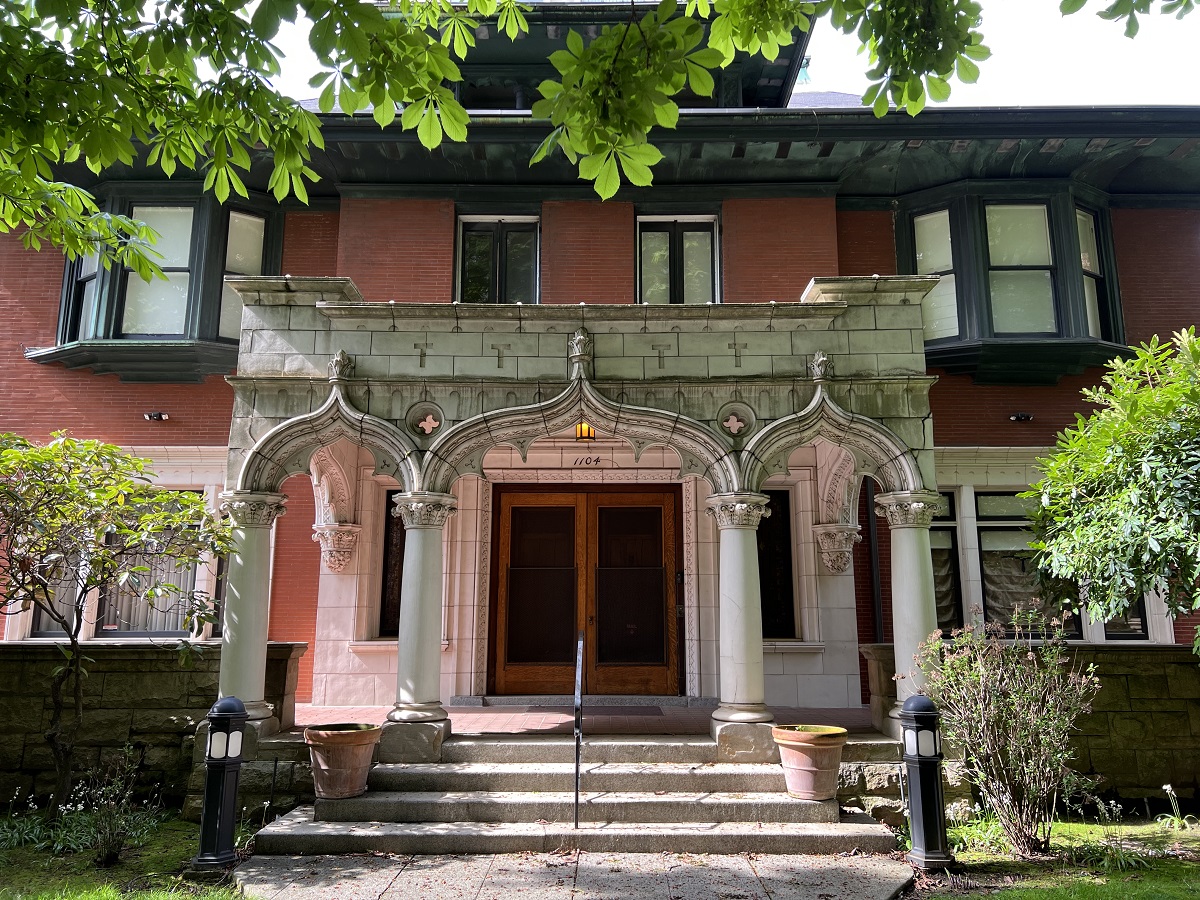
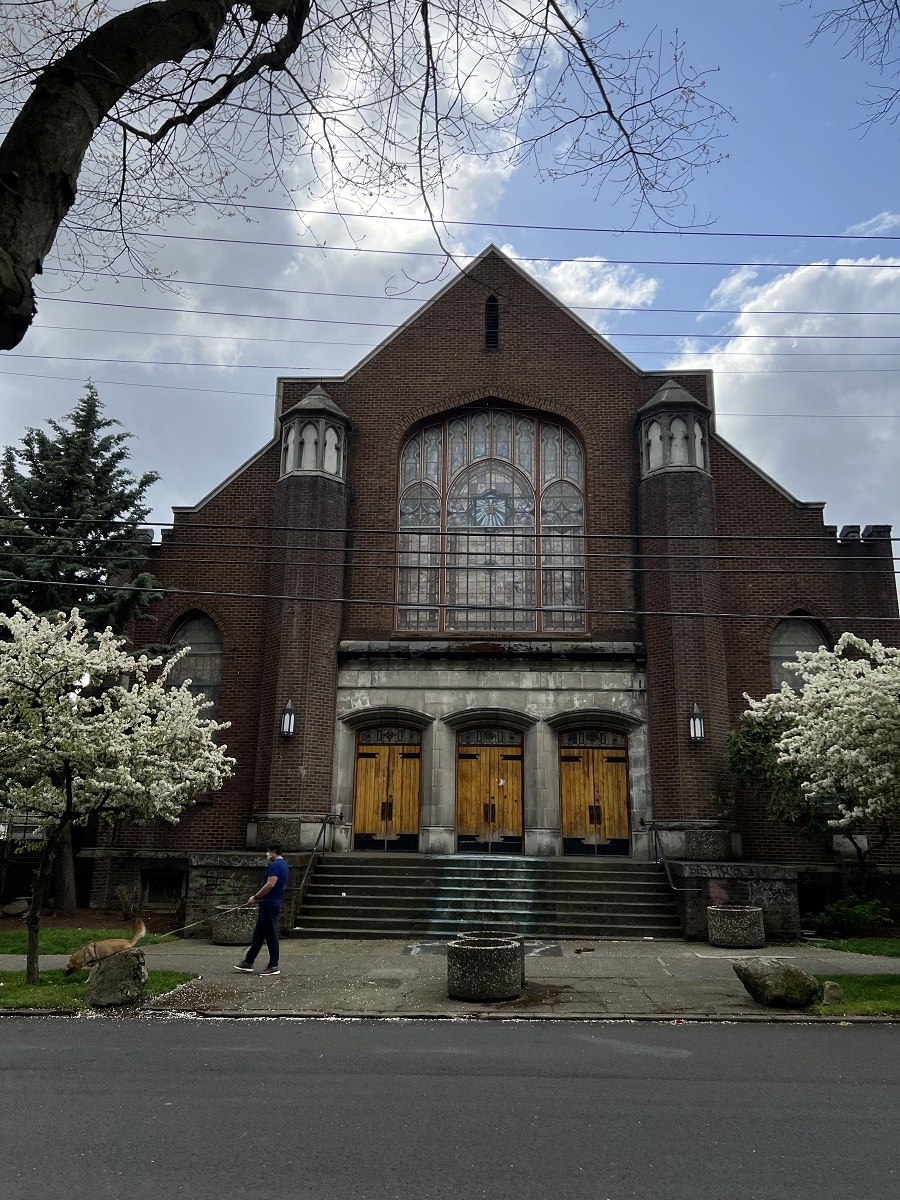

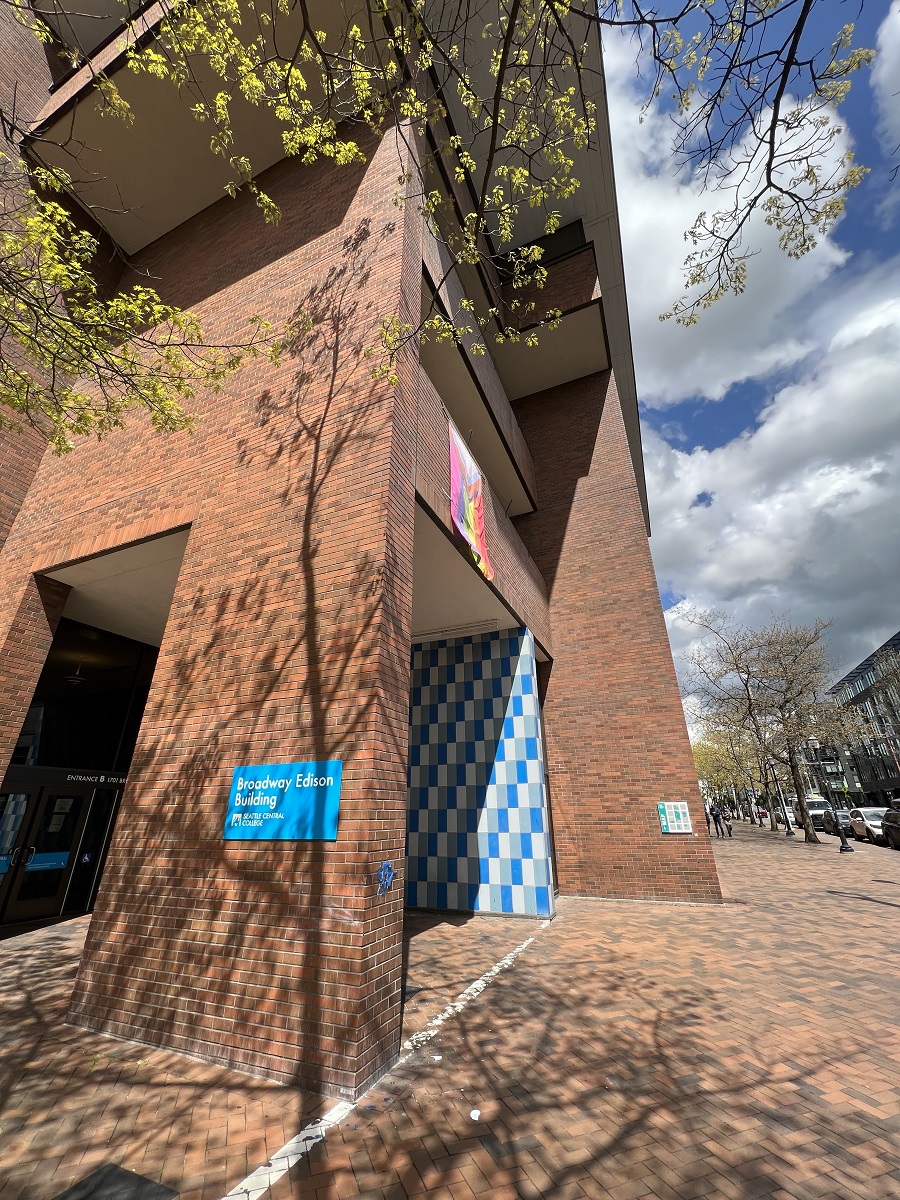

“Open sesame!” (French: “Sésame, ouvre-toi”)
– a magical phrase in the story of “Ali Baba and the Forty Thieves” in Antoine Galland’s version of One Thousand and One Nights.
It opens the mouth of a cave in which forty thieves have hidden a treasure.
My fancy new garage door & opener arrived today, brought by the technician that did the installation. It took five months after I had placed the order, but that’s OK.
I can do an ‘Open Sesame!’ in four different ways.
1. Press the button on the garage door opener (the one with a clip that I can put in my car);
2. Use the key pad on the outside (enter a PIN code);
3. Use my smartphone app to open it from anywhere (through my home’s wifi network);
4. If all else fails, use the emergency release handle on the door opener inside.
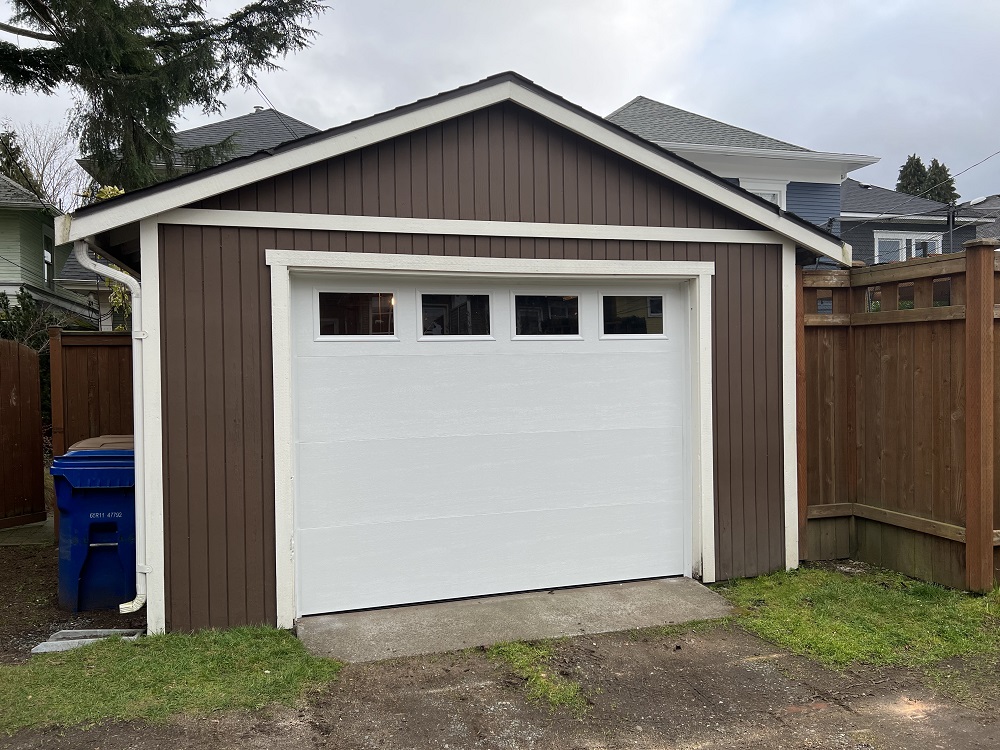
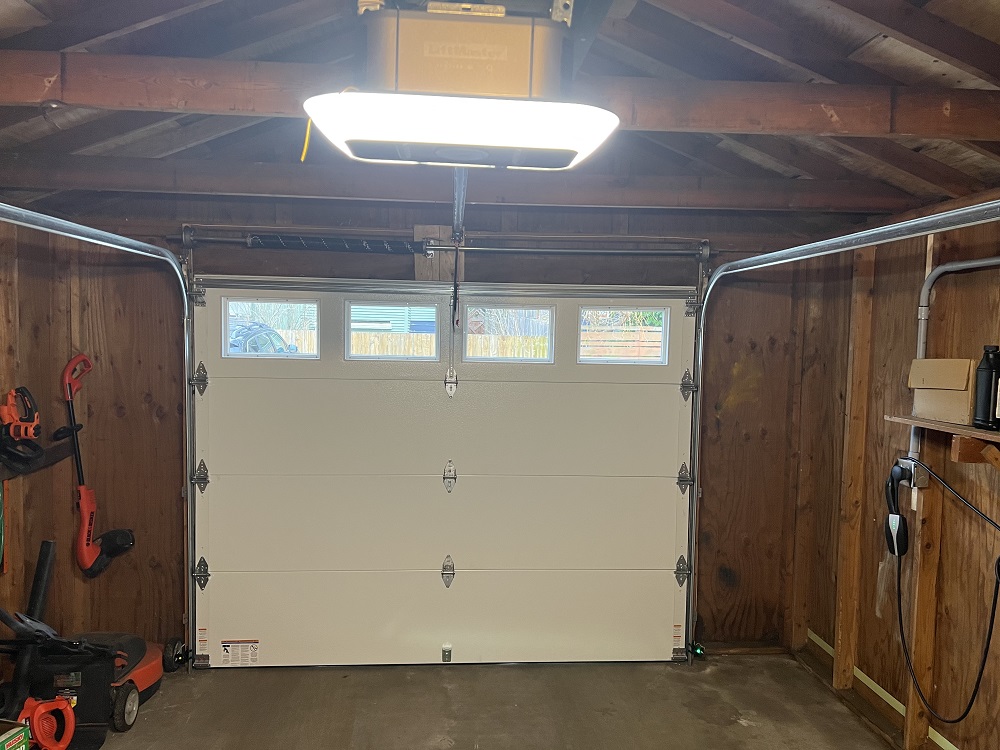
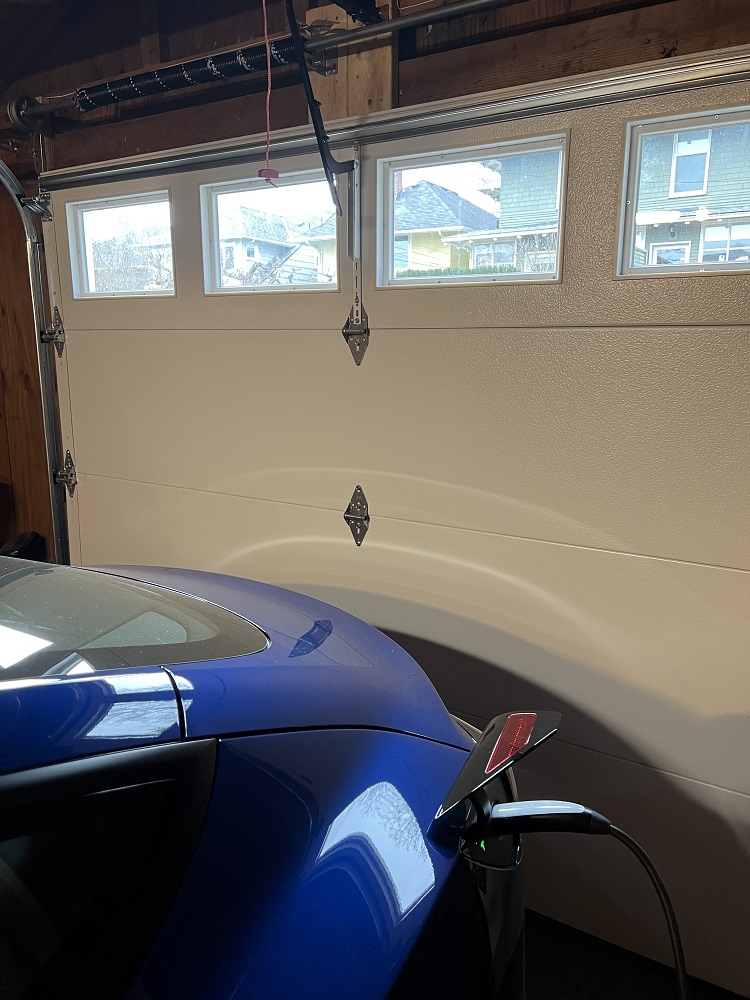
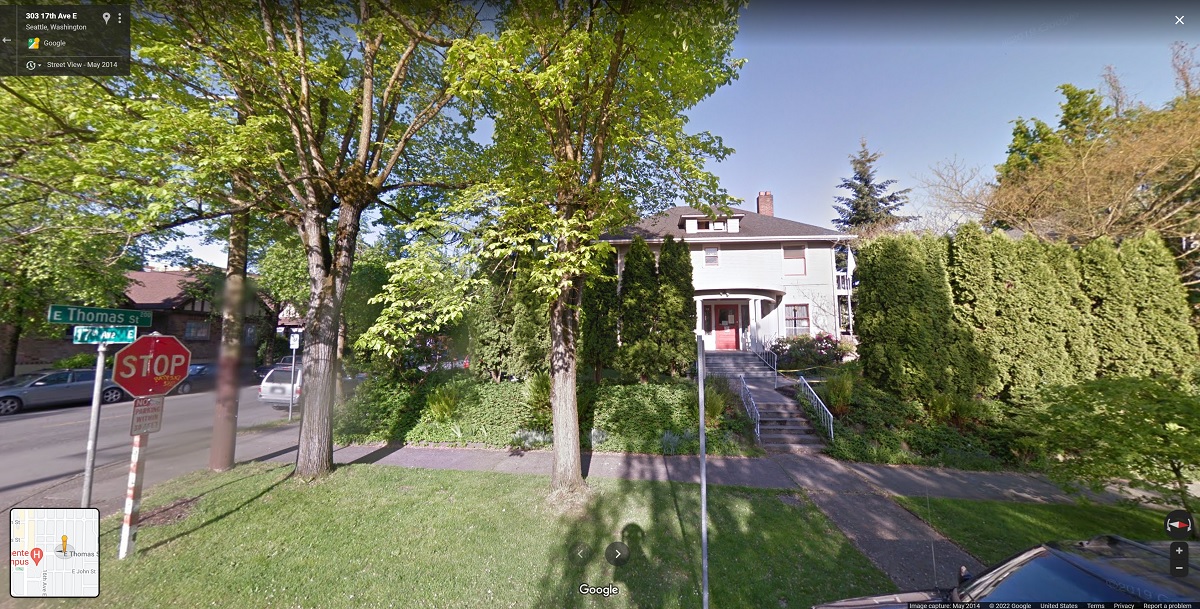
[Source: Google Streetview]
The townhomes at Thomas St and 17th Avenue East are done, five years hence from the start of their construction.
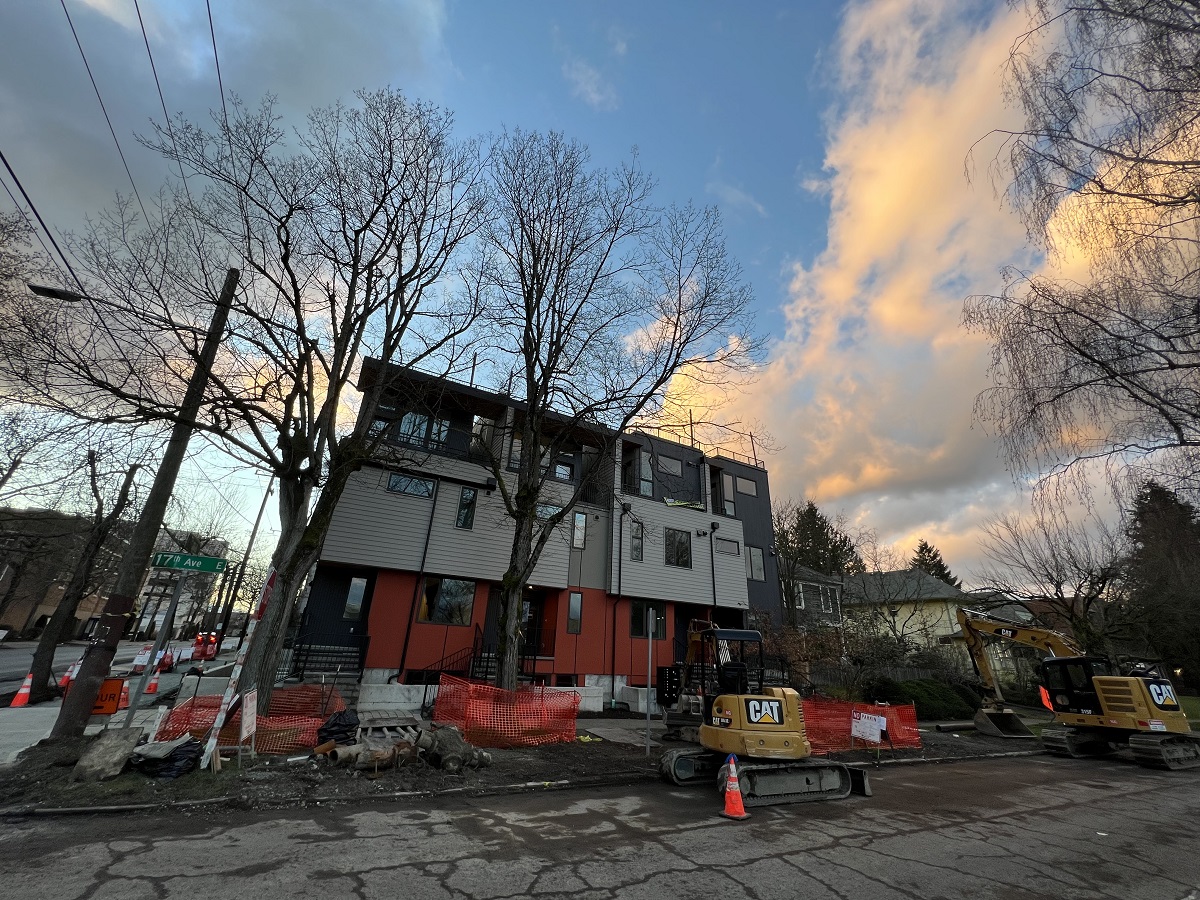
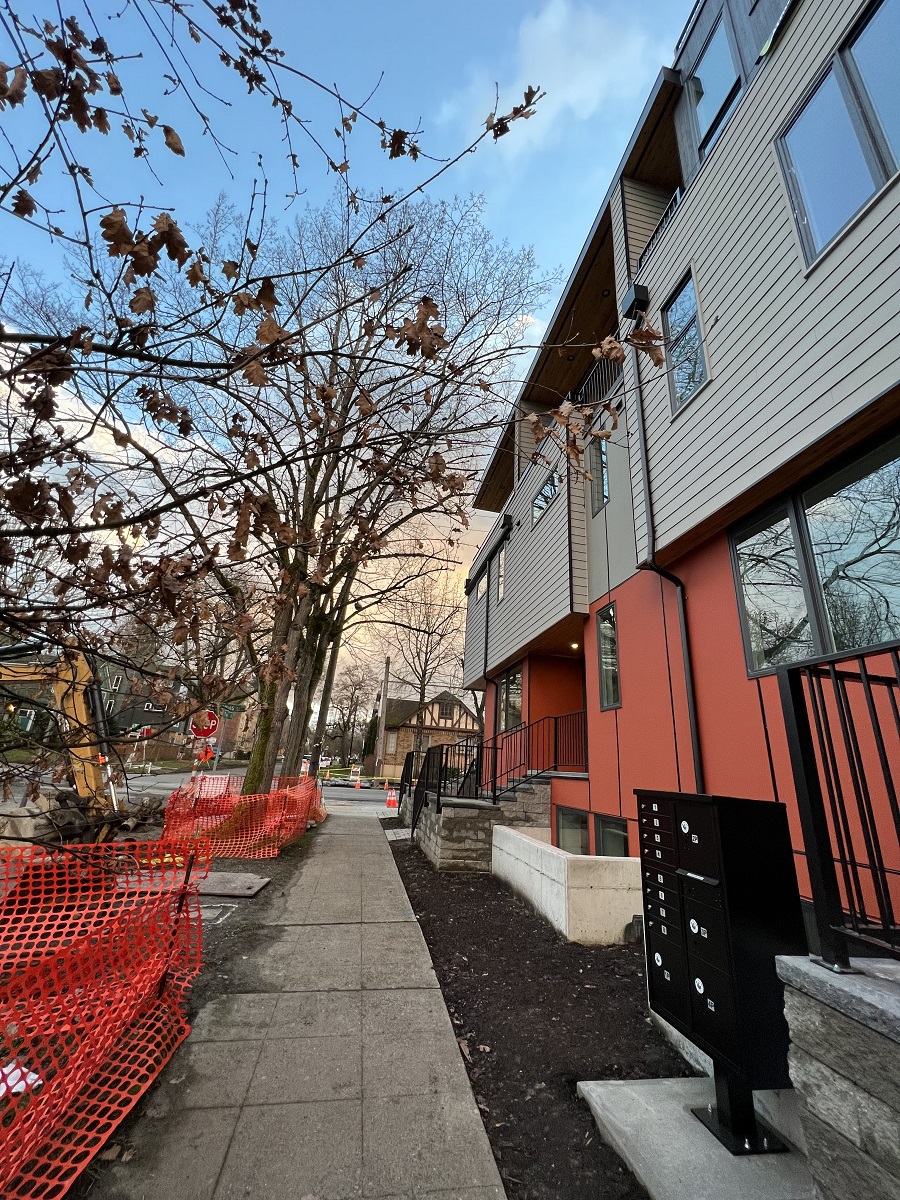
It was only 38 °F (3 °C ) as I walked back home today after getting a haircut.
It was good to get out of the house, though .. and hey! I thought: might as well try my luck to get another passport photo taken.
The kiosk at the Bartell pharmacy* at Broadway & Pike had me in and out with great photos in 5 minutes.
*Officially Bartell Drugs or the Bartell drug store. Yes, I know it’s prescription drugs —but it still doesn’t sound right to my ears.
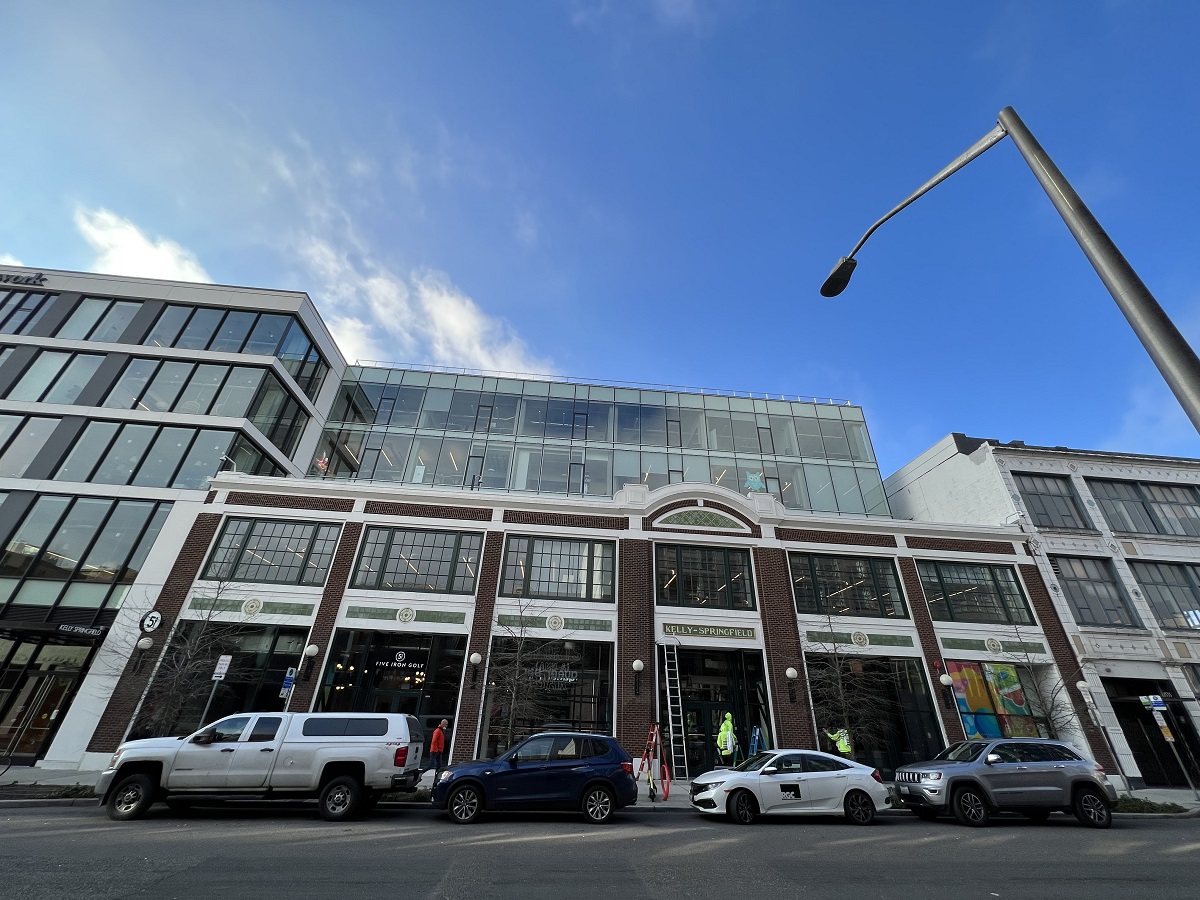
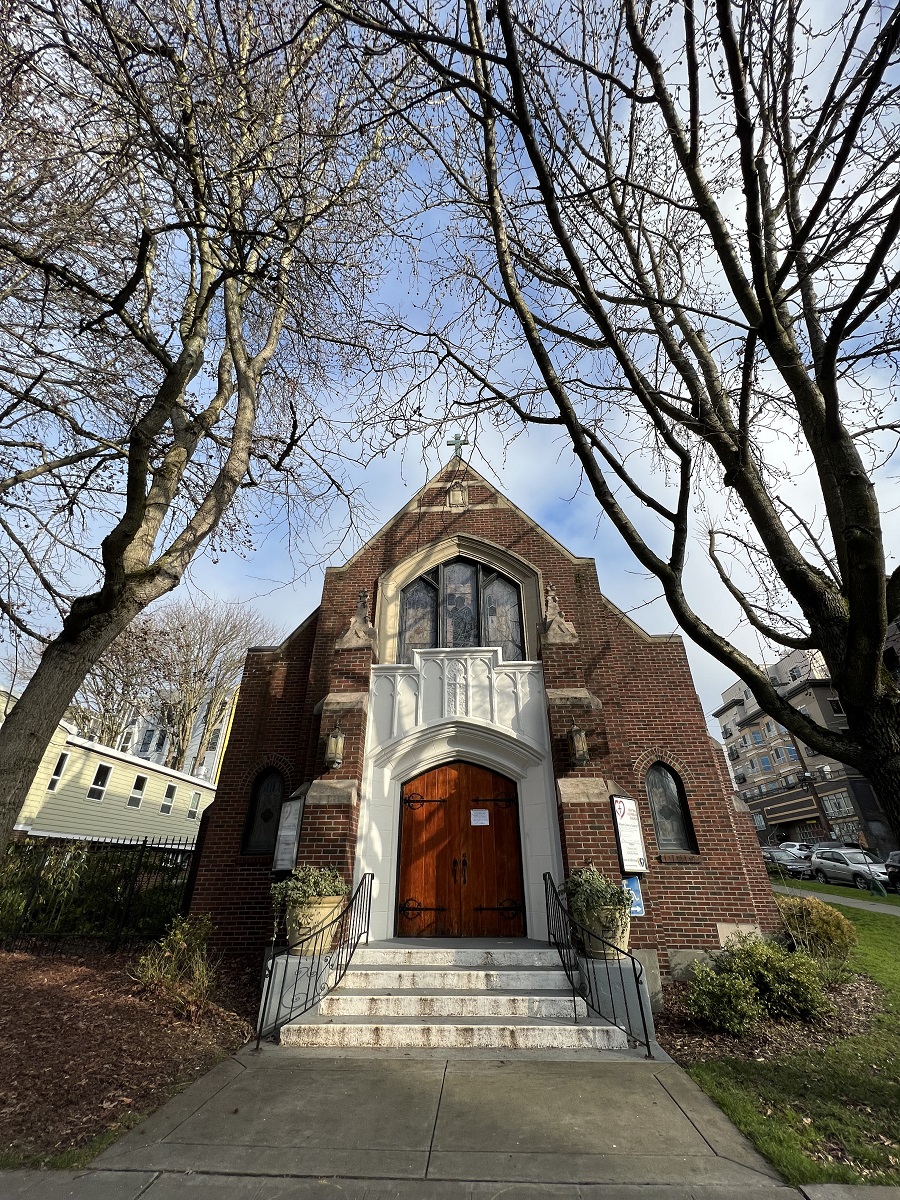
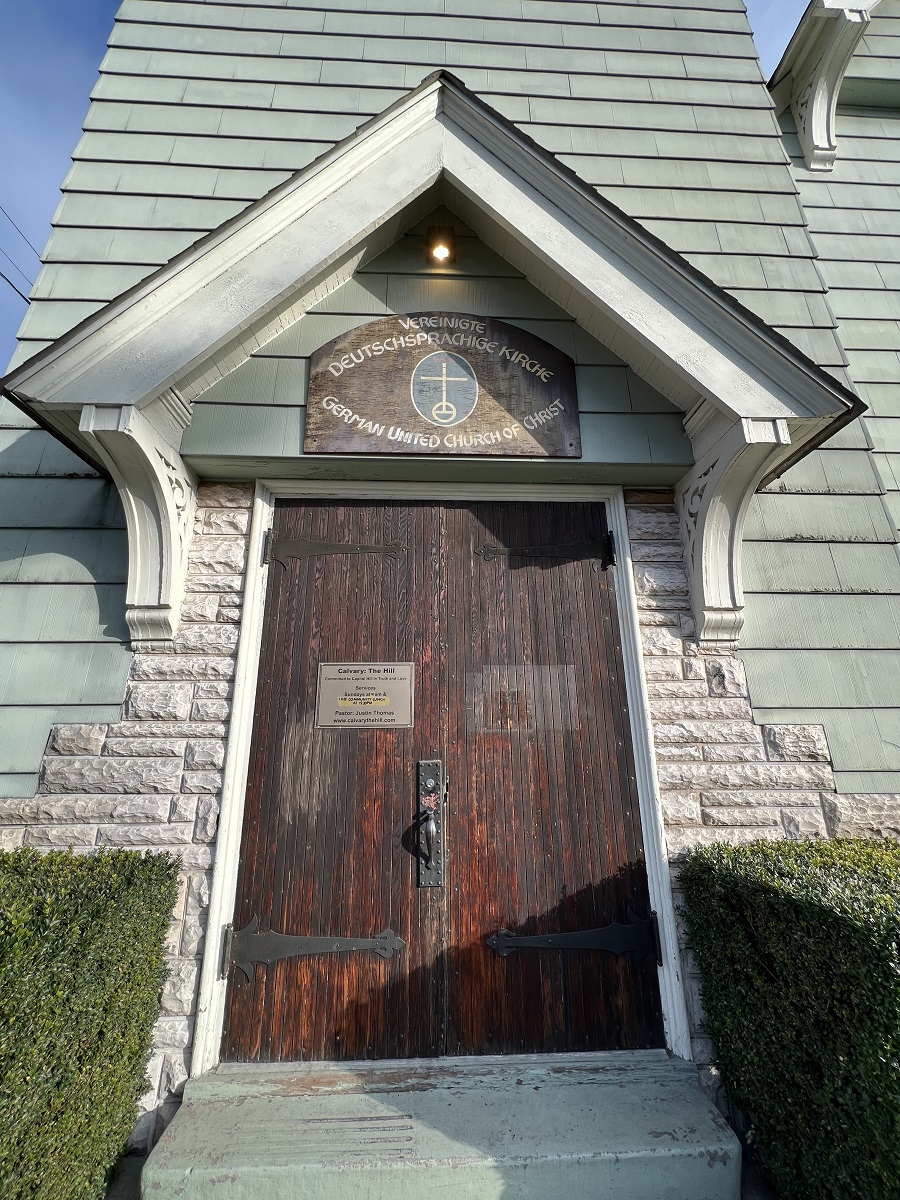
There was scaffolding all along the front of Engine House No 3 last April, as I walked by on the way to my first Covid shot next door.
The building now shows off a fresh coat of paint, and restored red lettering on the front as well.
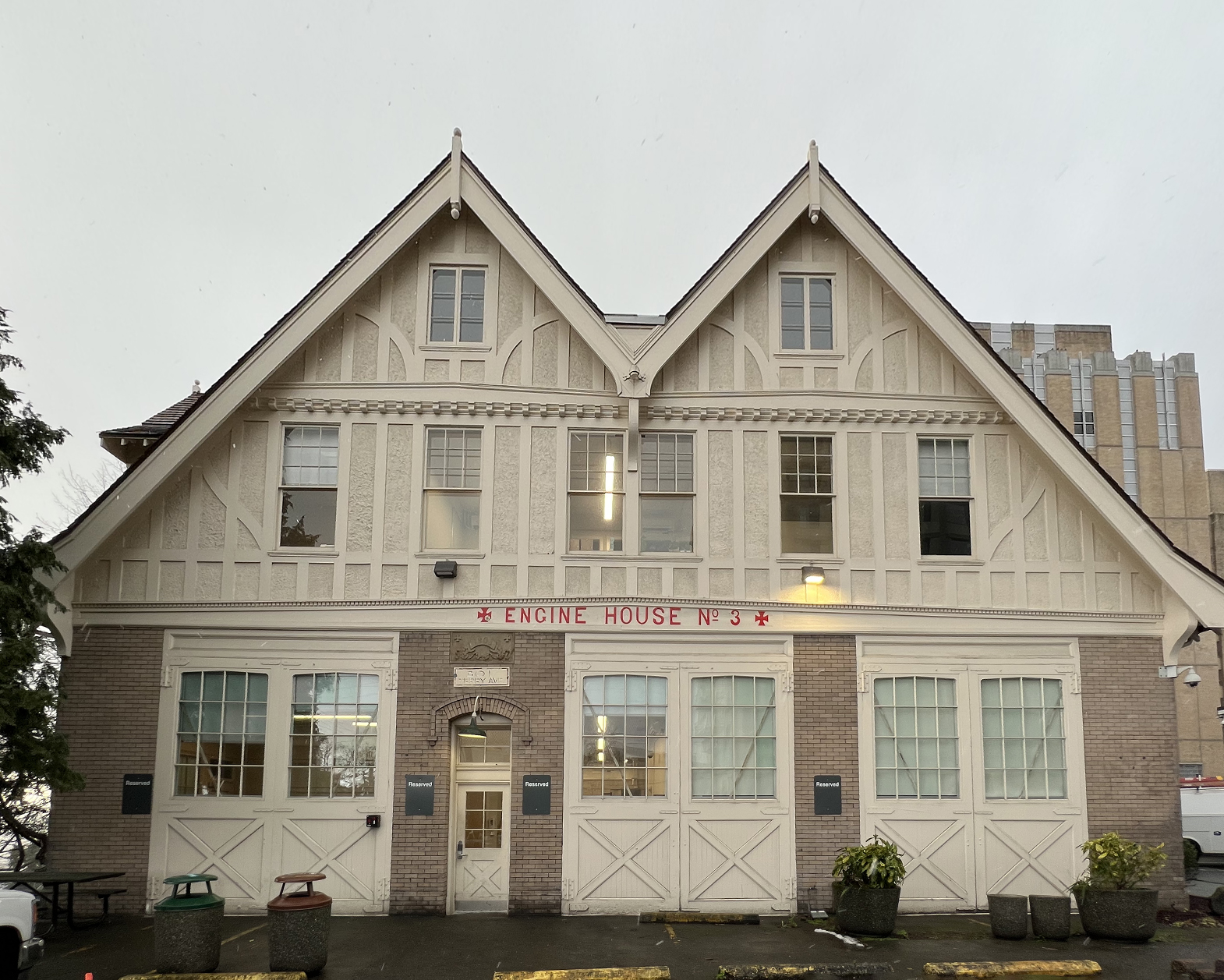
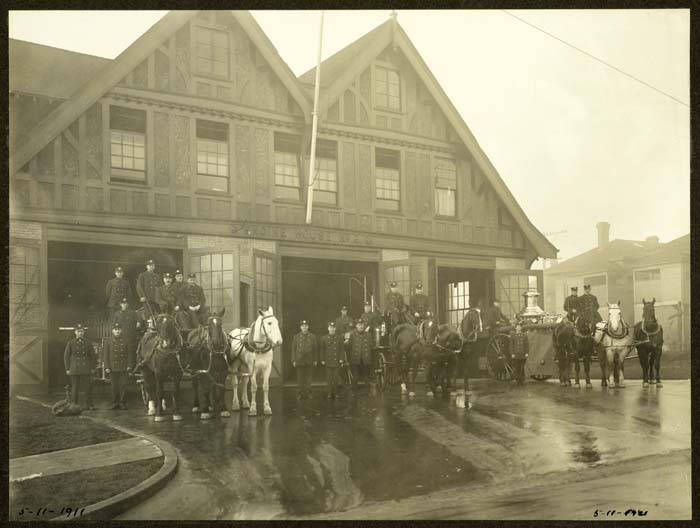
The skies were a beautiful blue today, and I went out to Olympic Sculpture Park to take a few pictures.
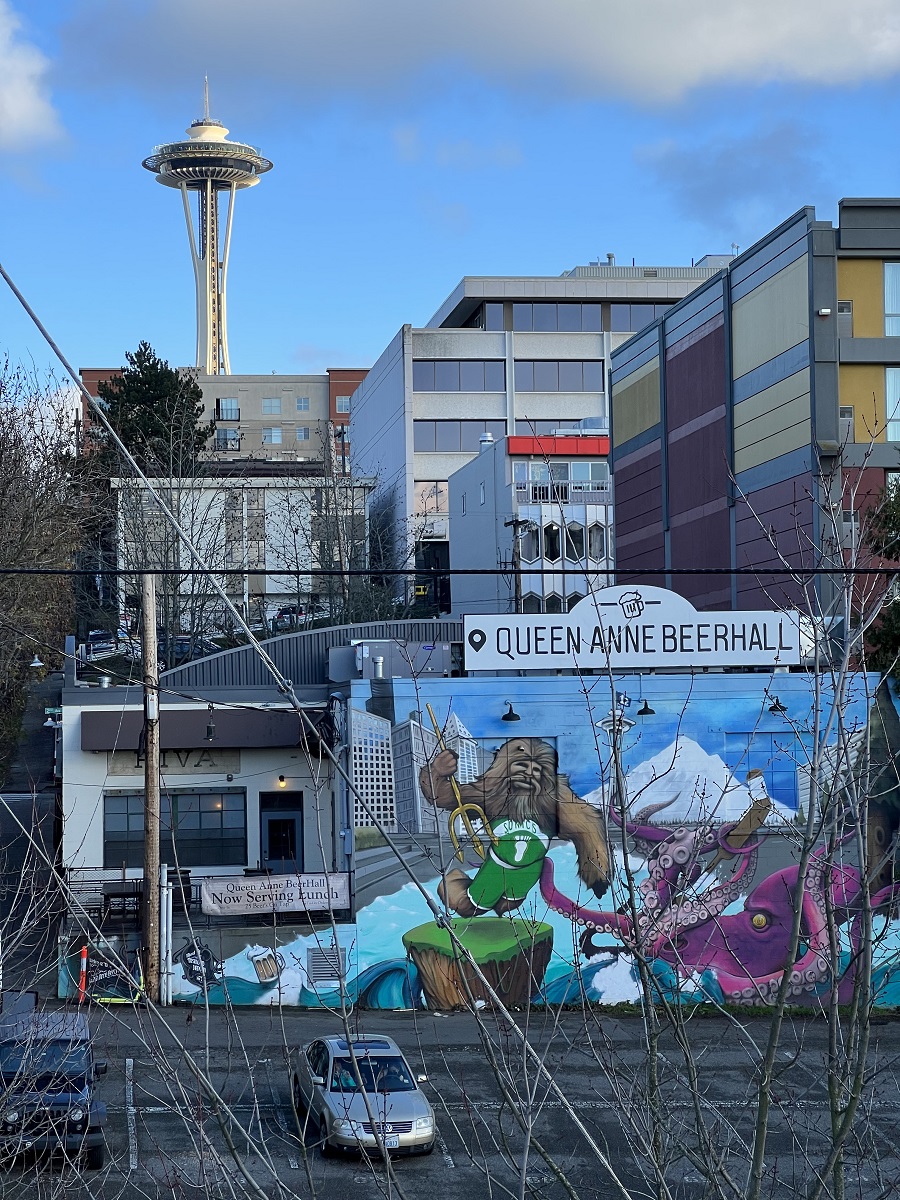
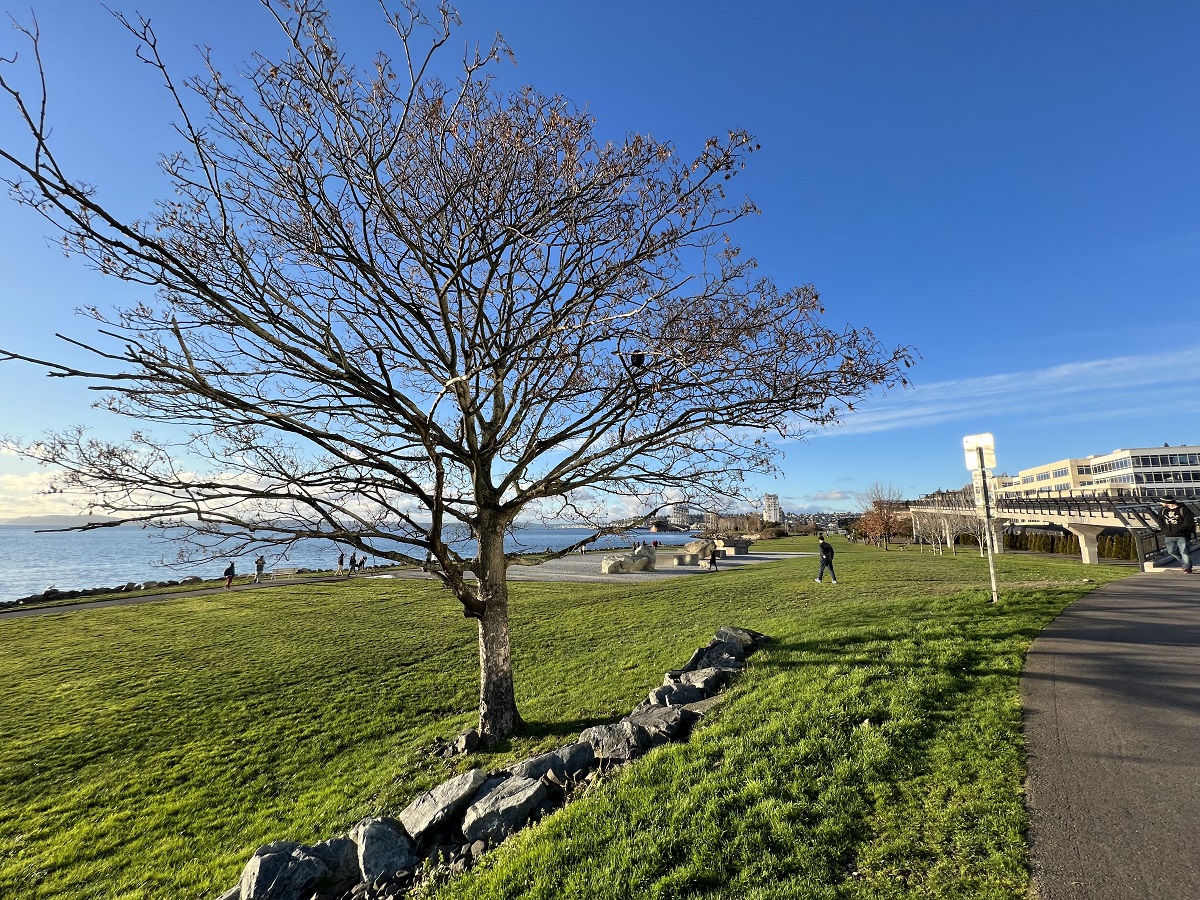
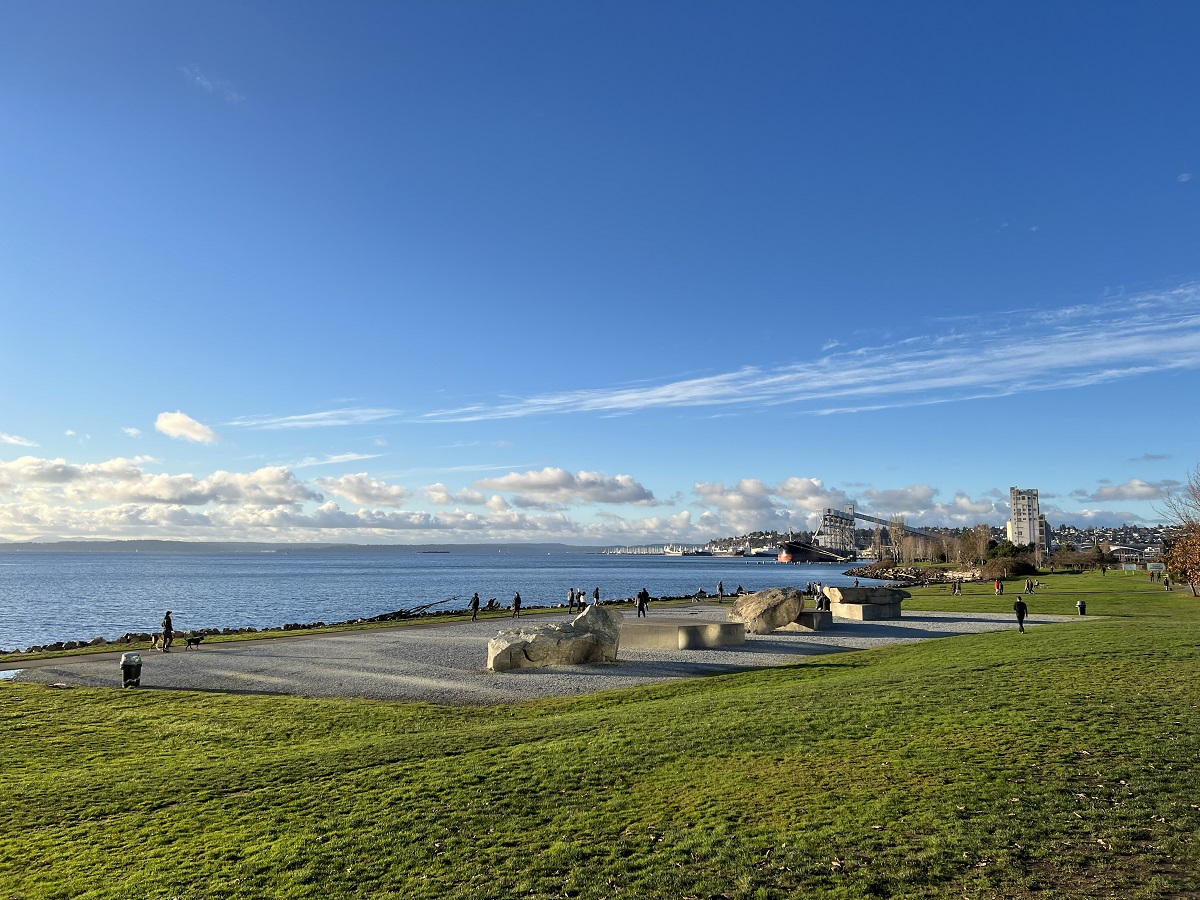
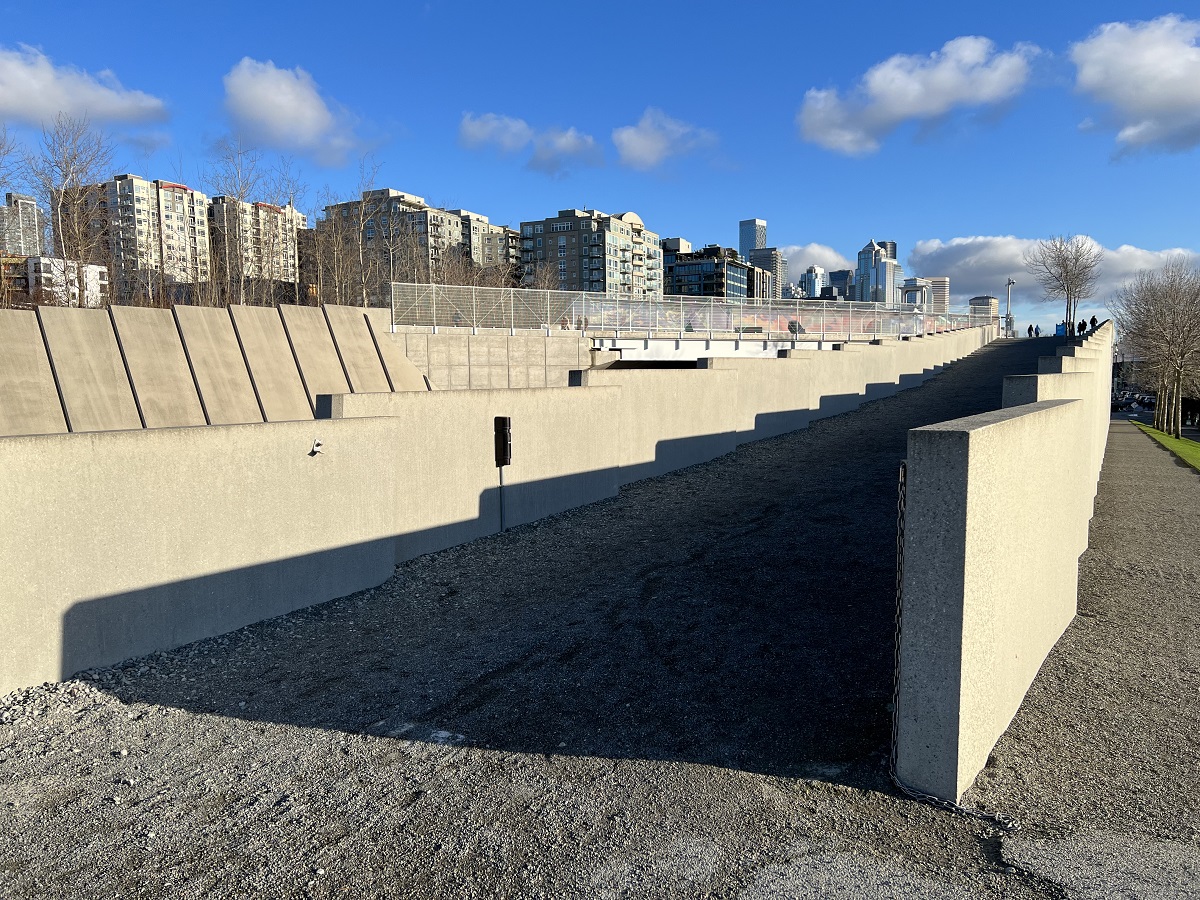
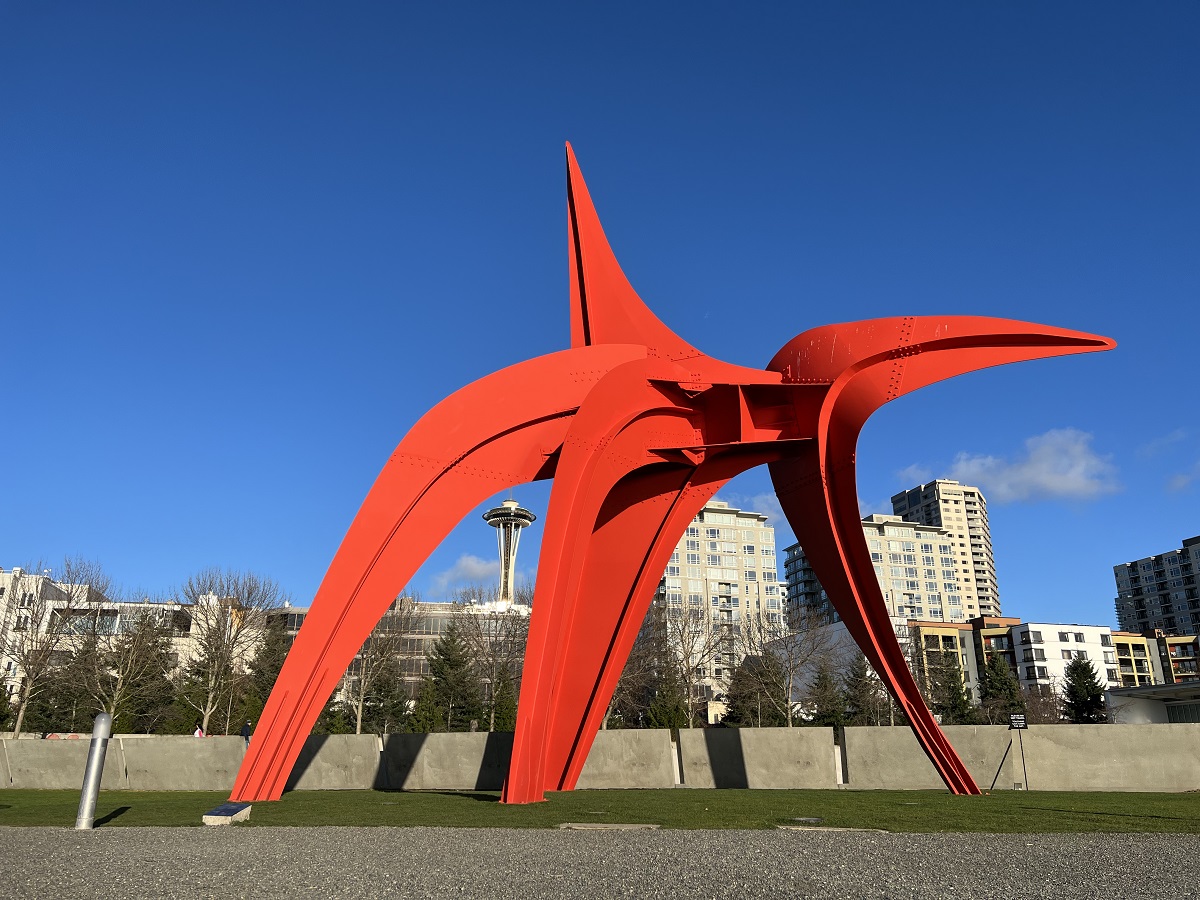
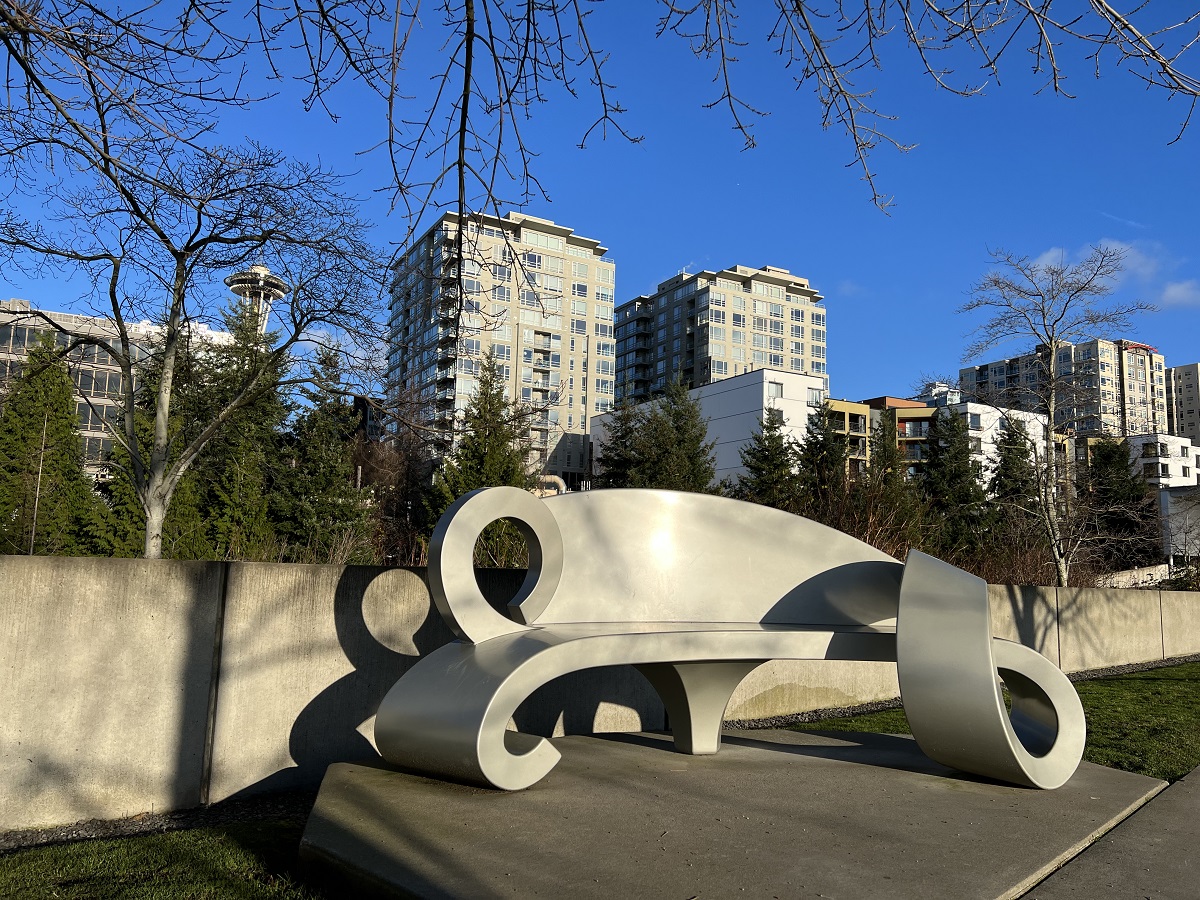
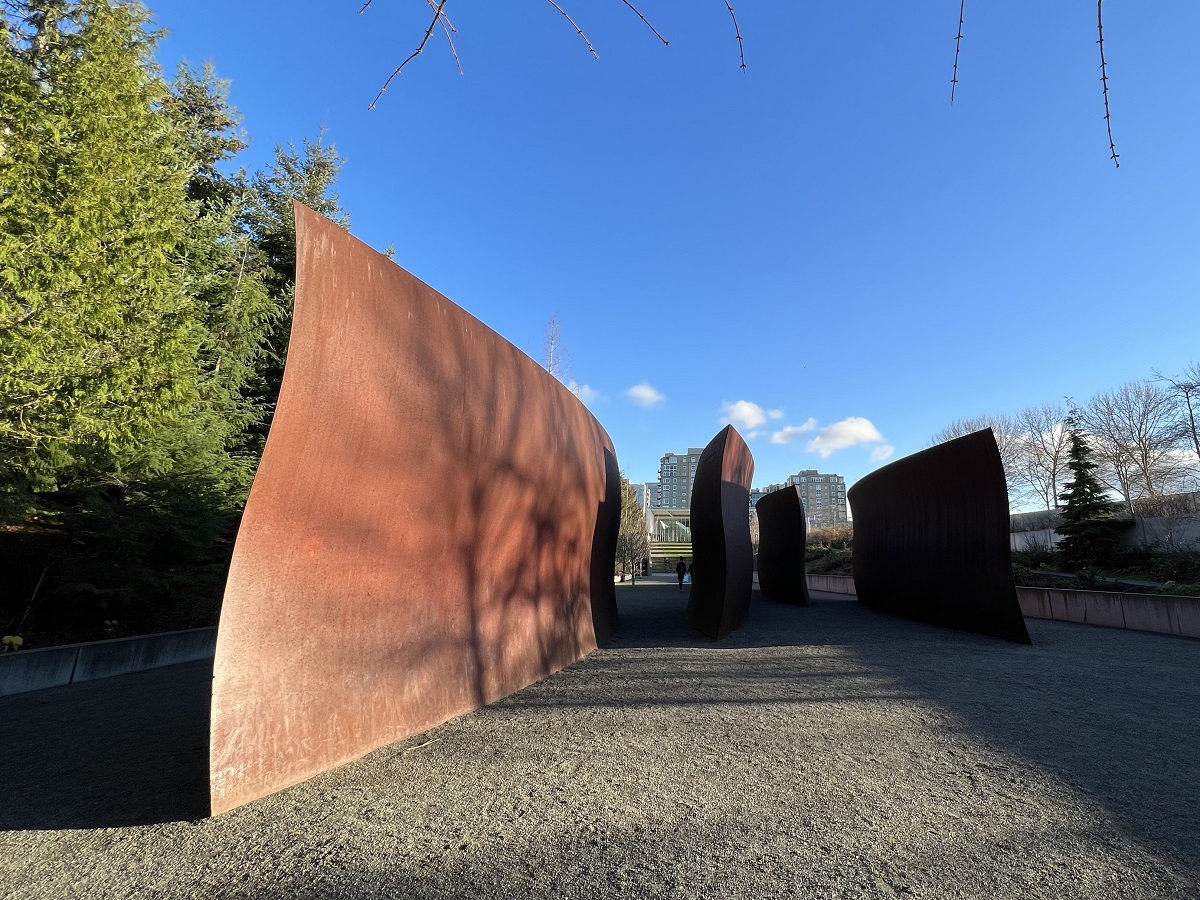
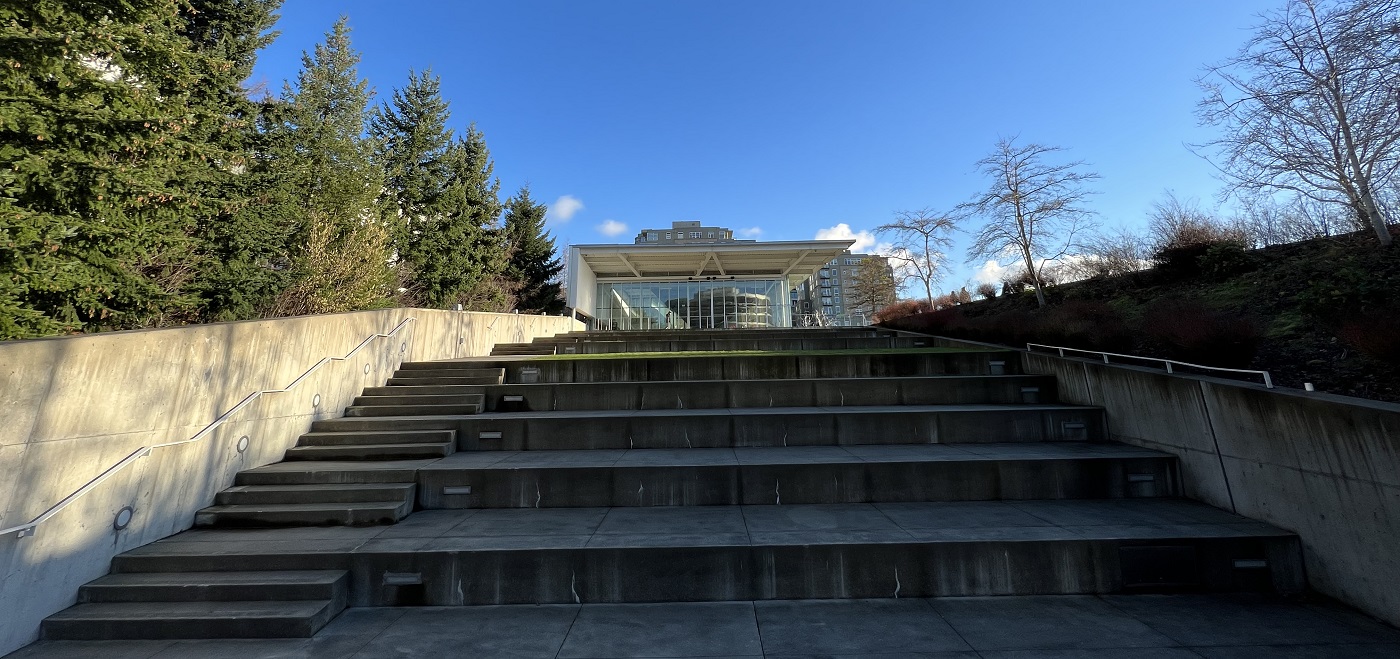
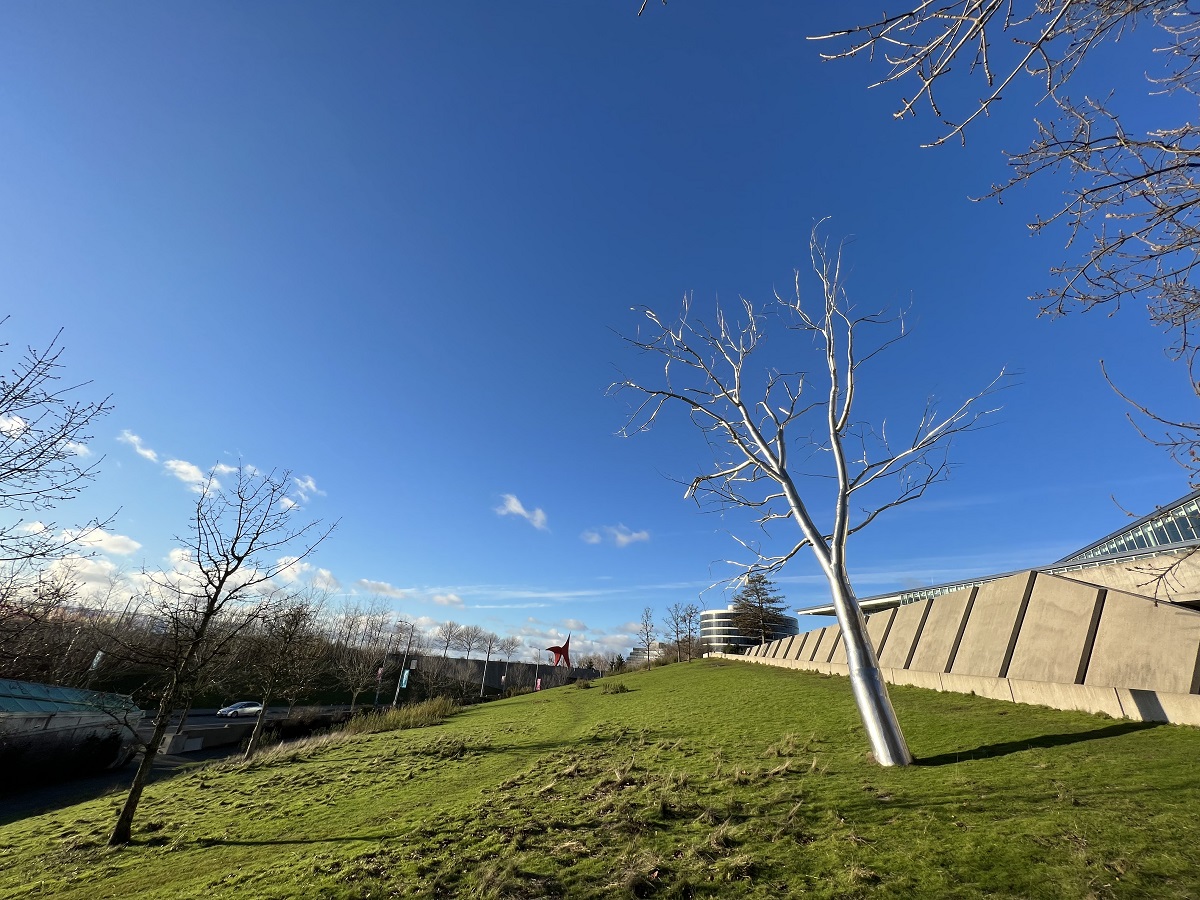
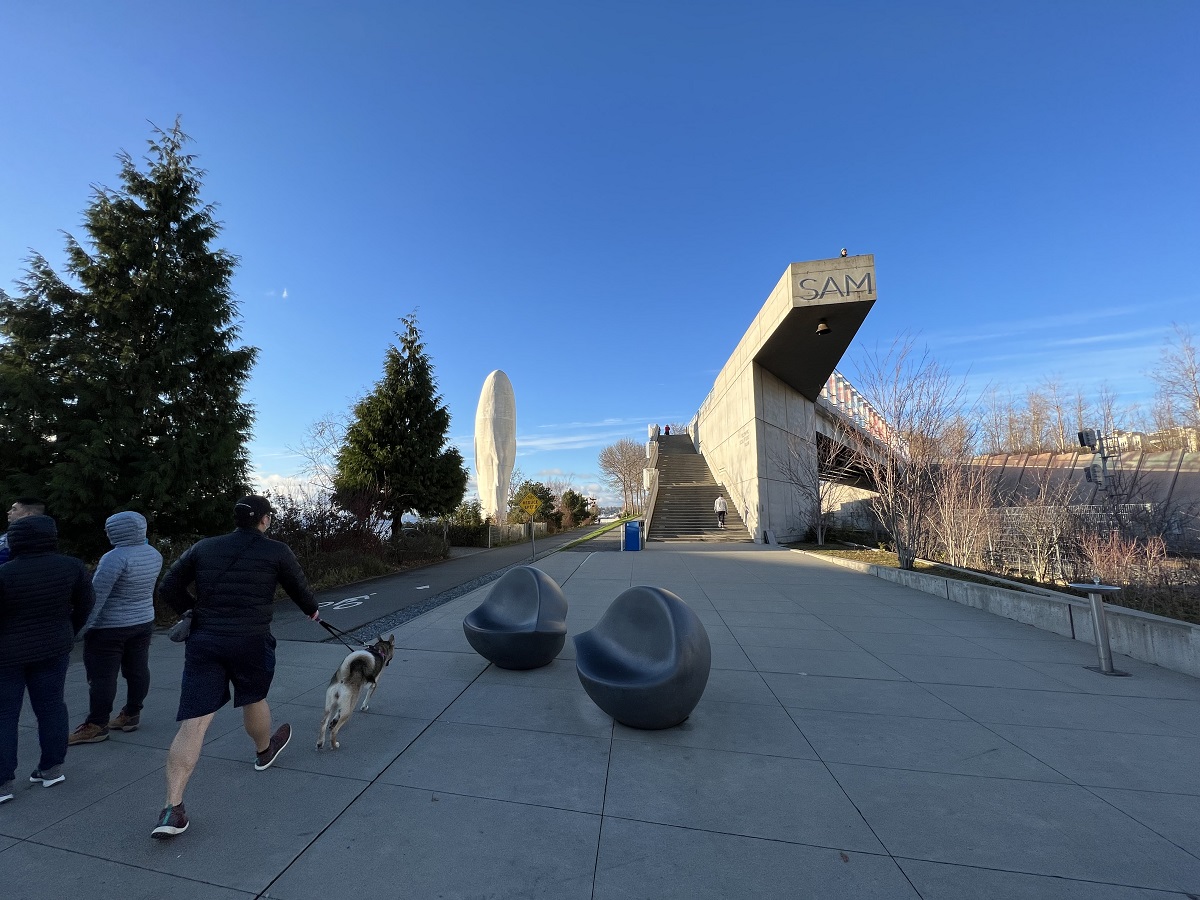

It rained most of the day, but it cleared up as night fell.
I made a run down to the Space Needle to take a few pictures of the ‘Christmas tree’ on it.
I went up Queen Anne hill for a few pictures, as well.
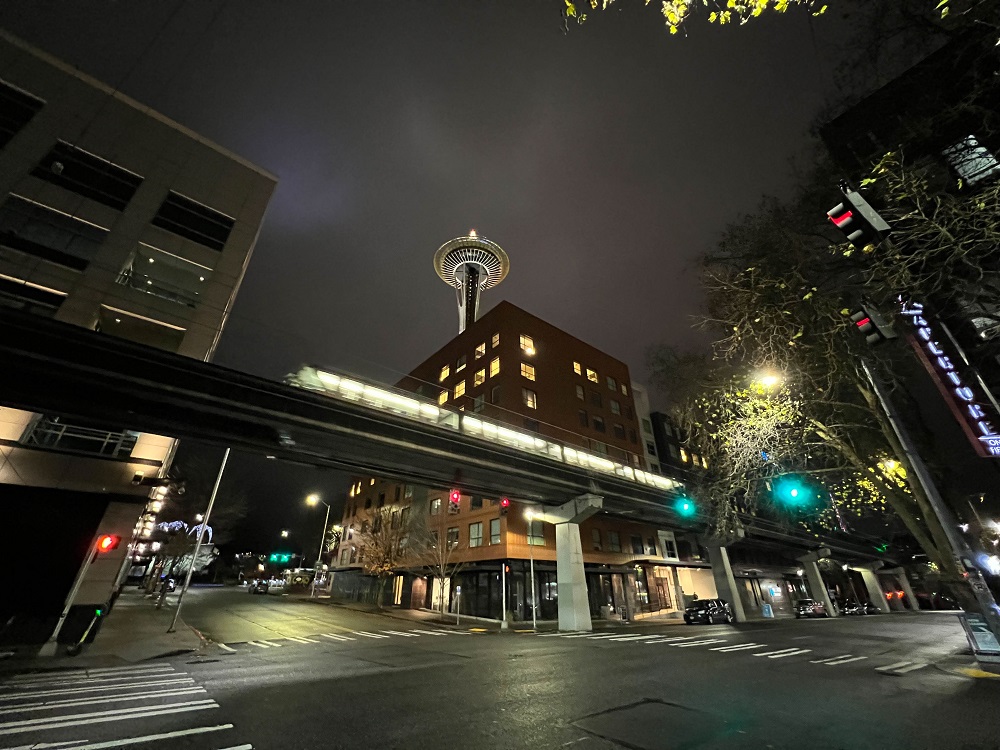
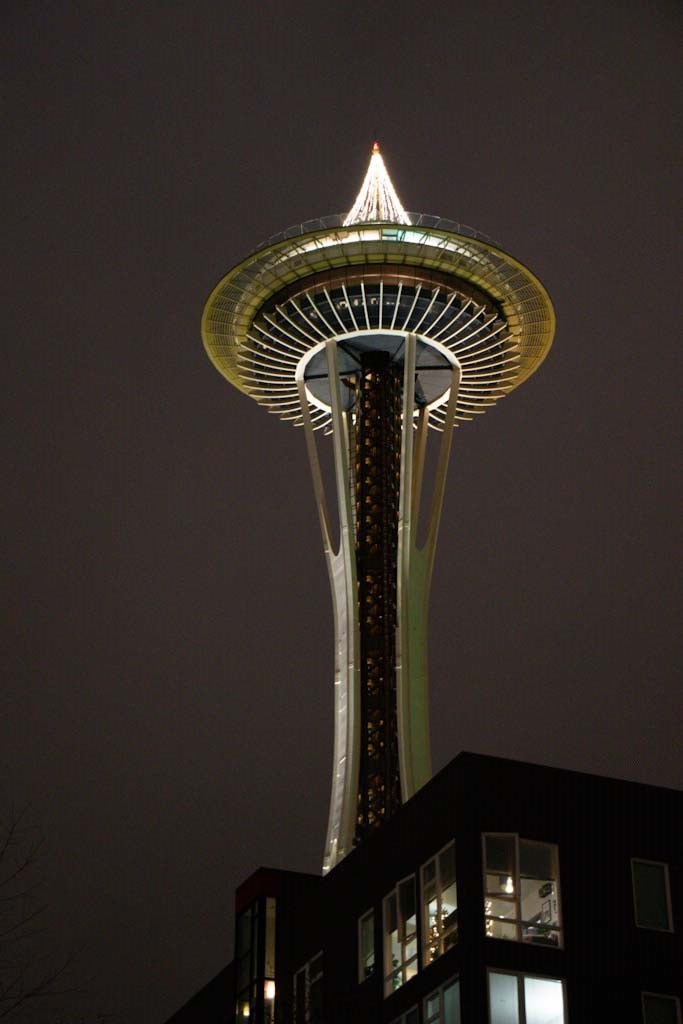
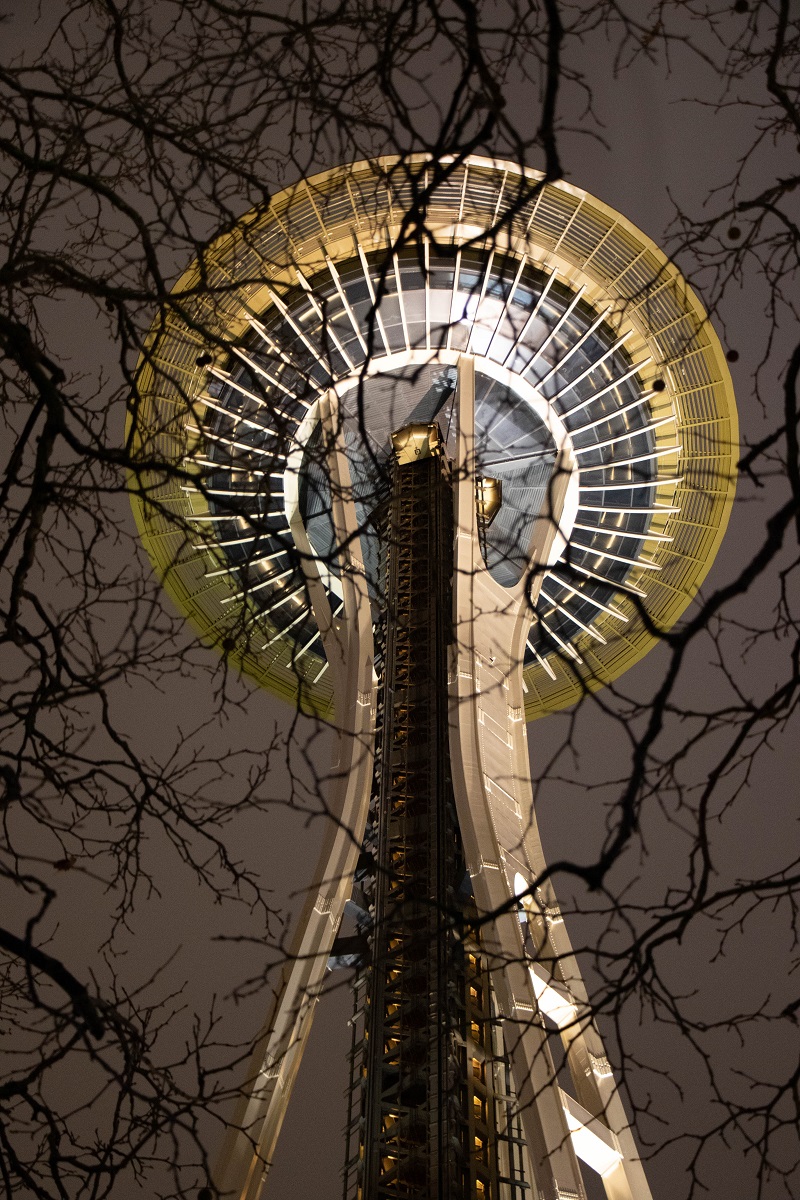
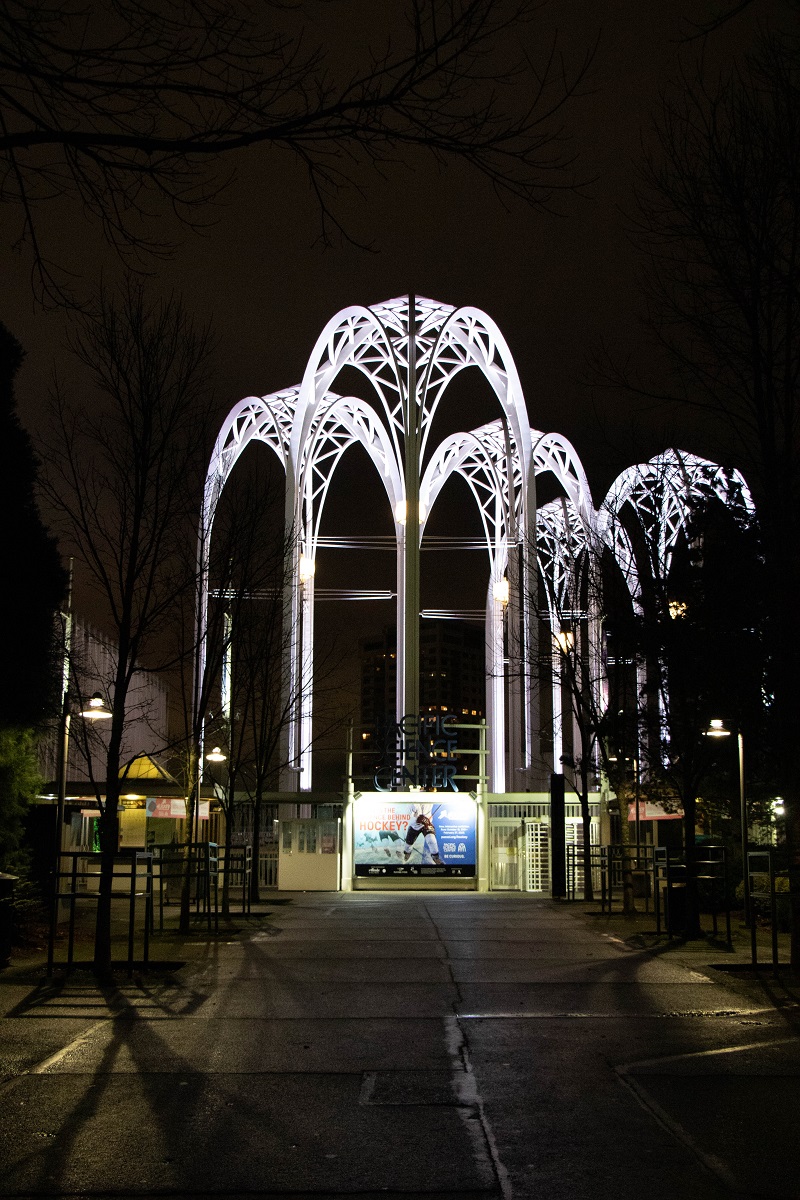
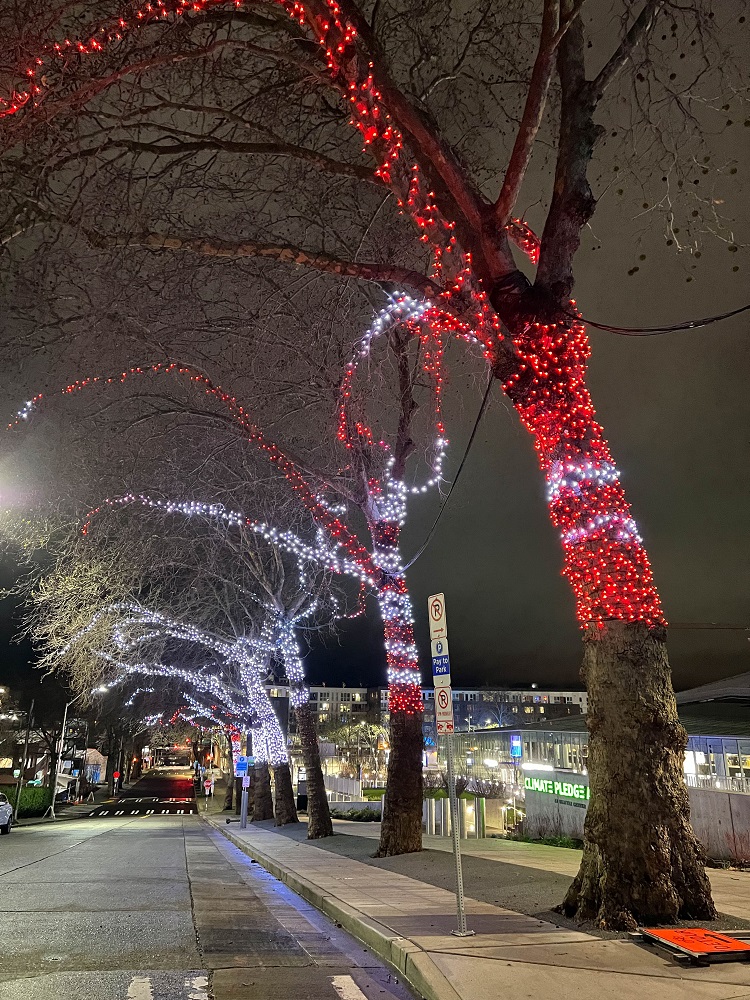
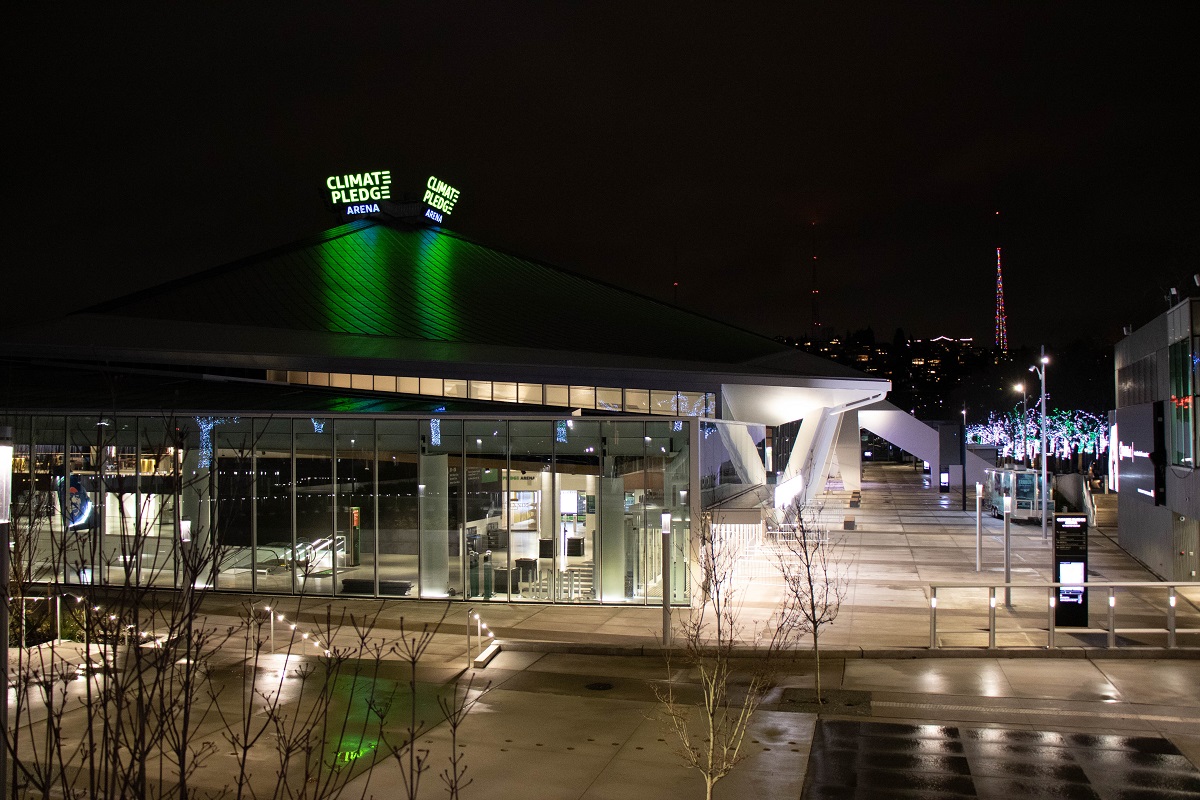
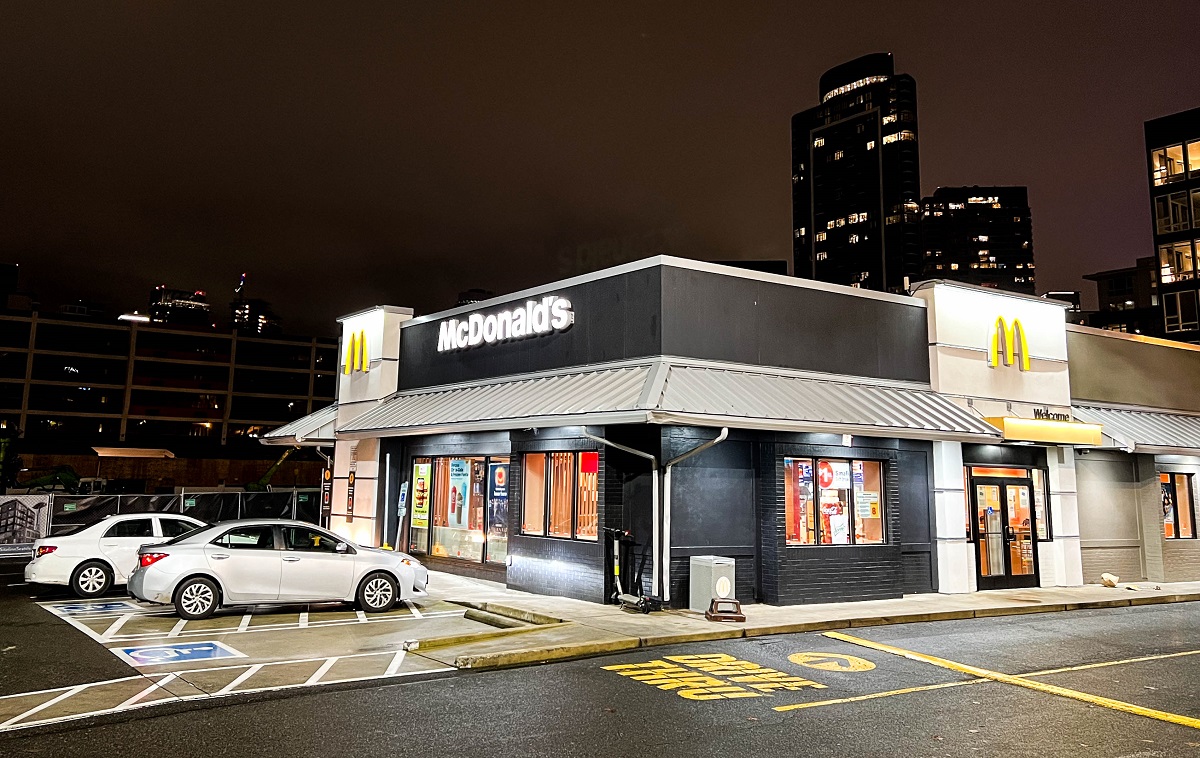
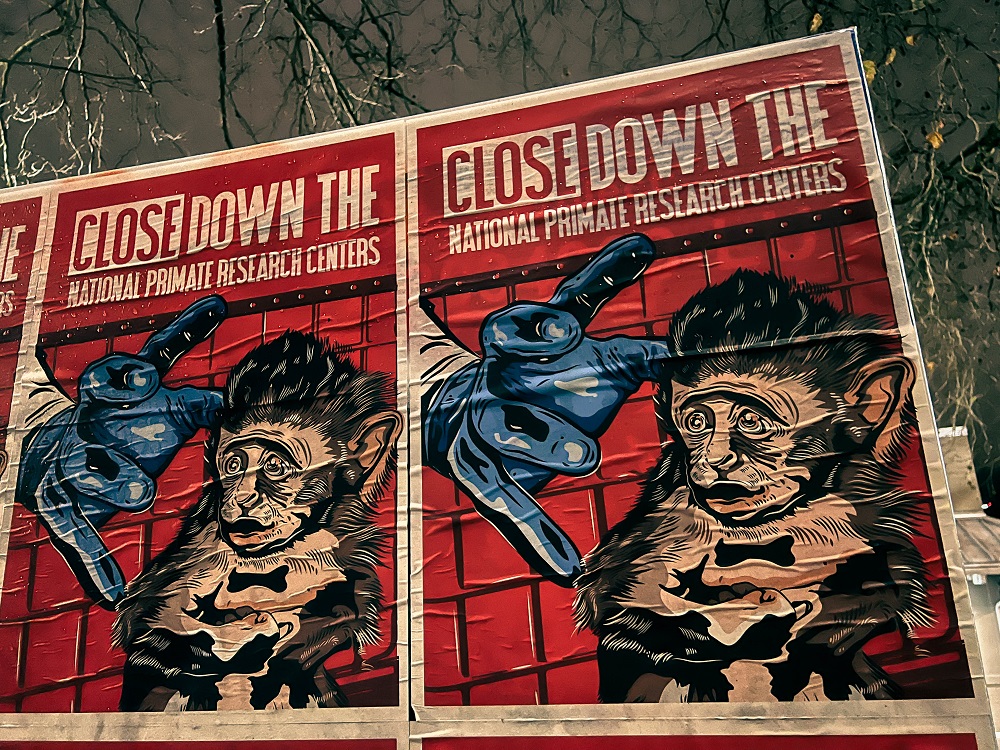
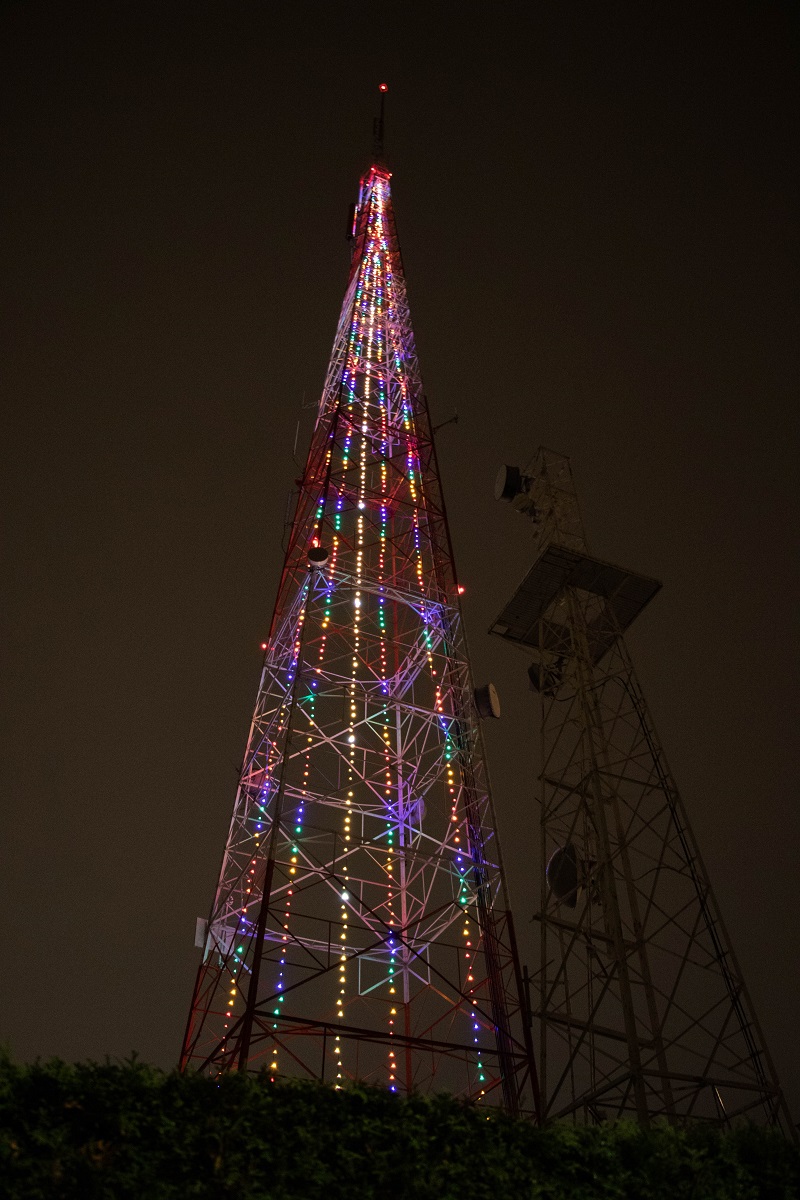
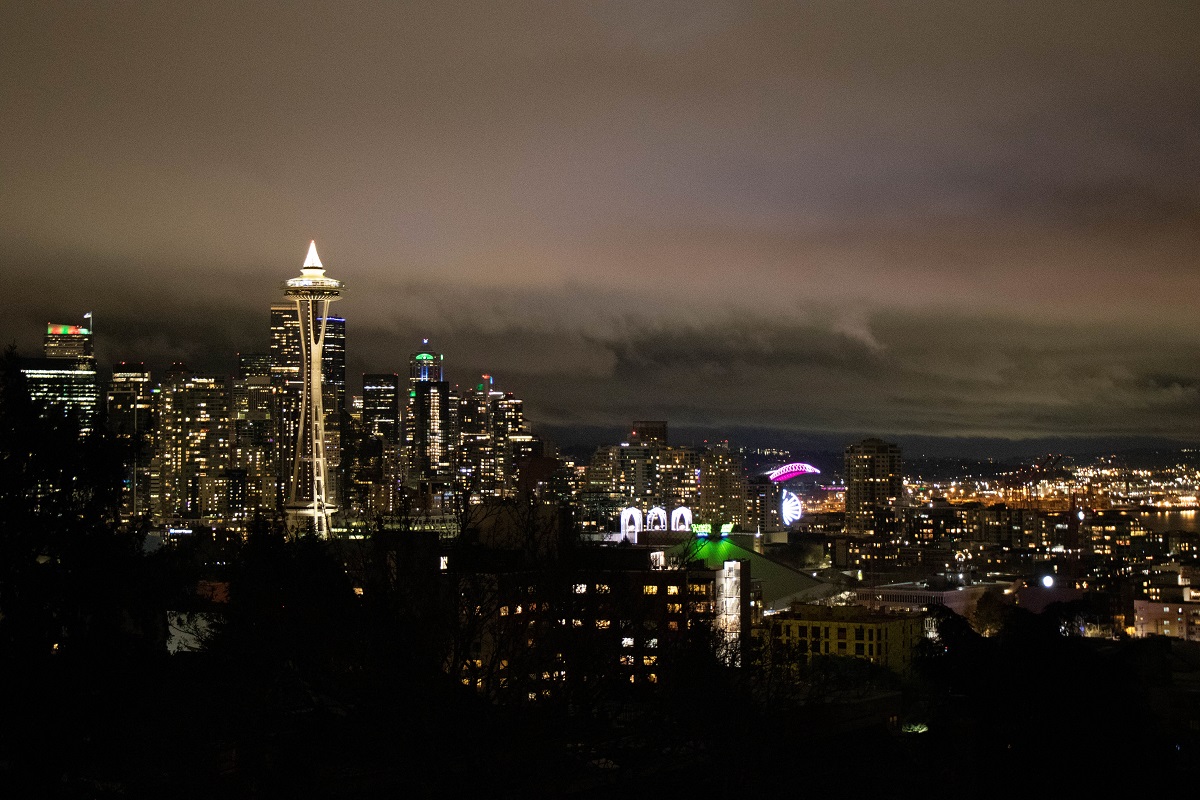
The new home of the Seattle Kraken (ice hockey team) opened today, officially. There was a concert tonight: the first live performance of Coldplay’s brand-new album, Music Of The Spheres. This was the band’s first arena show in nearly five years.
The crews now have 12 hours to turn the arena into an ice hockey rink for the first home game of the Seattle Kraken (against the Vancouver Canucks).
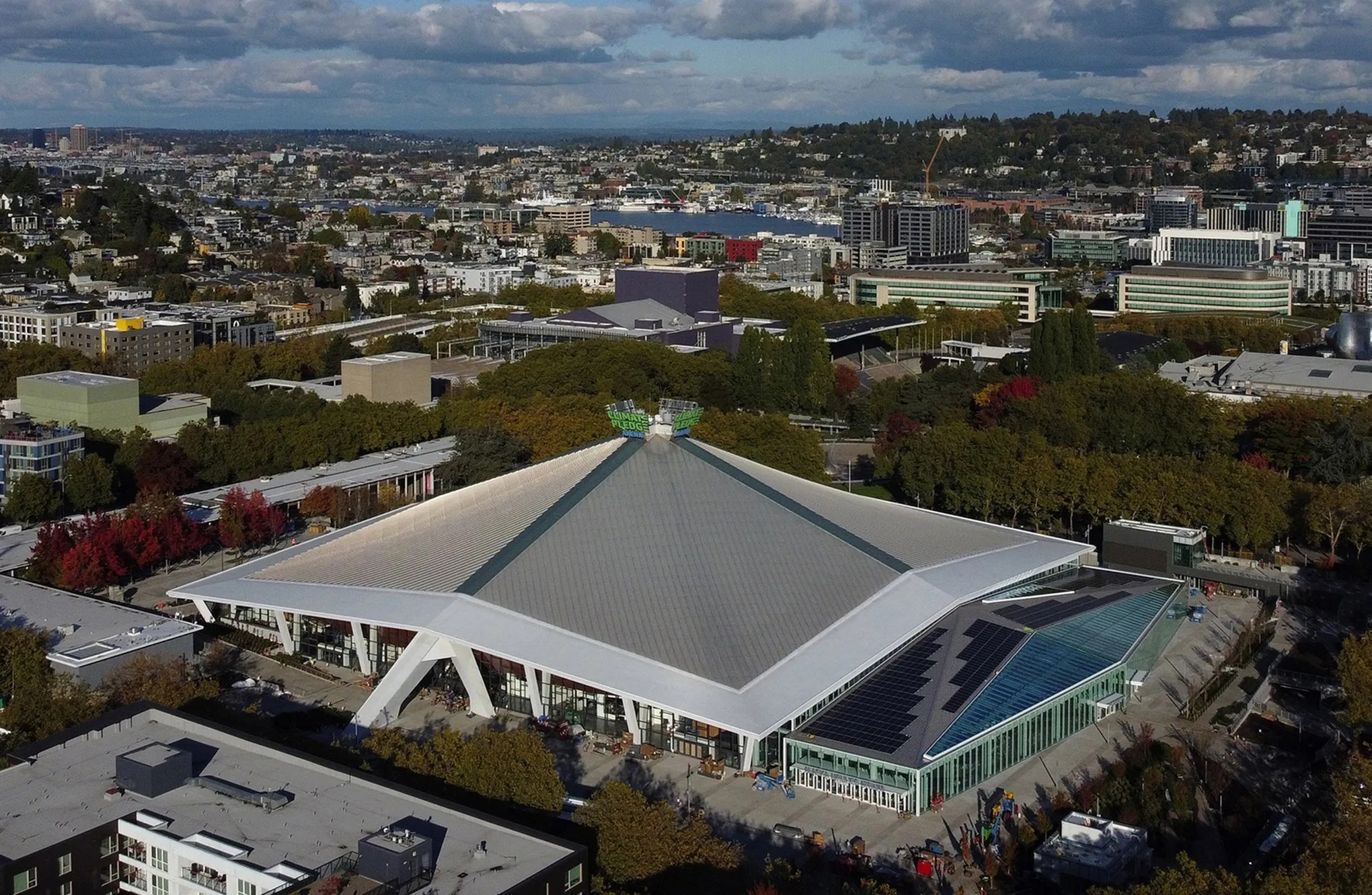
[Picture Credit: Ken Lambert / The Seattle Times]
[Picture Credit: Oak View Group]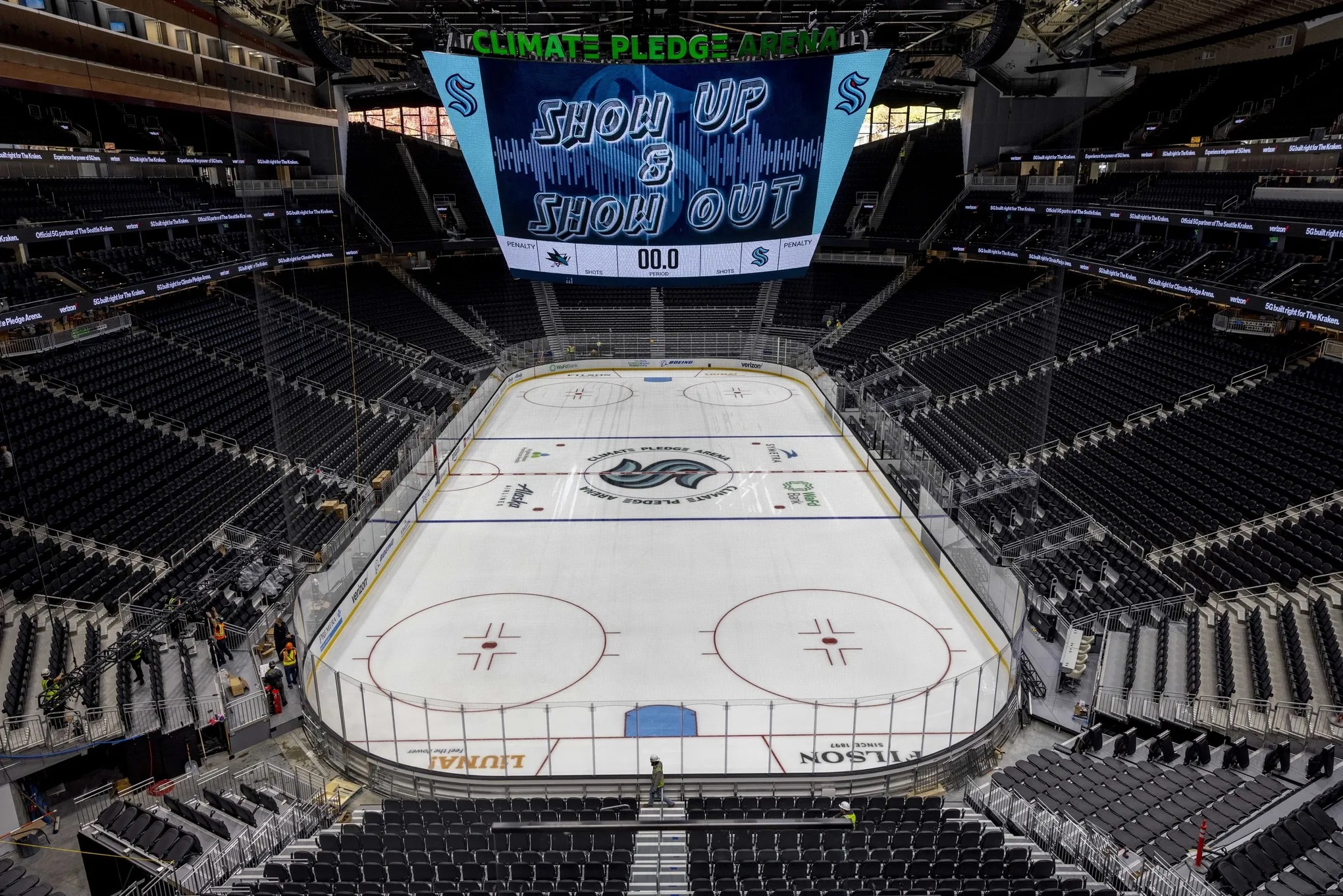
[Picture Credit: Daniel Kim/ Seattle Times]
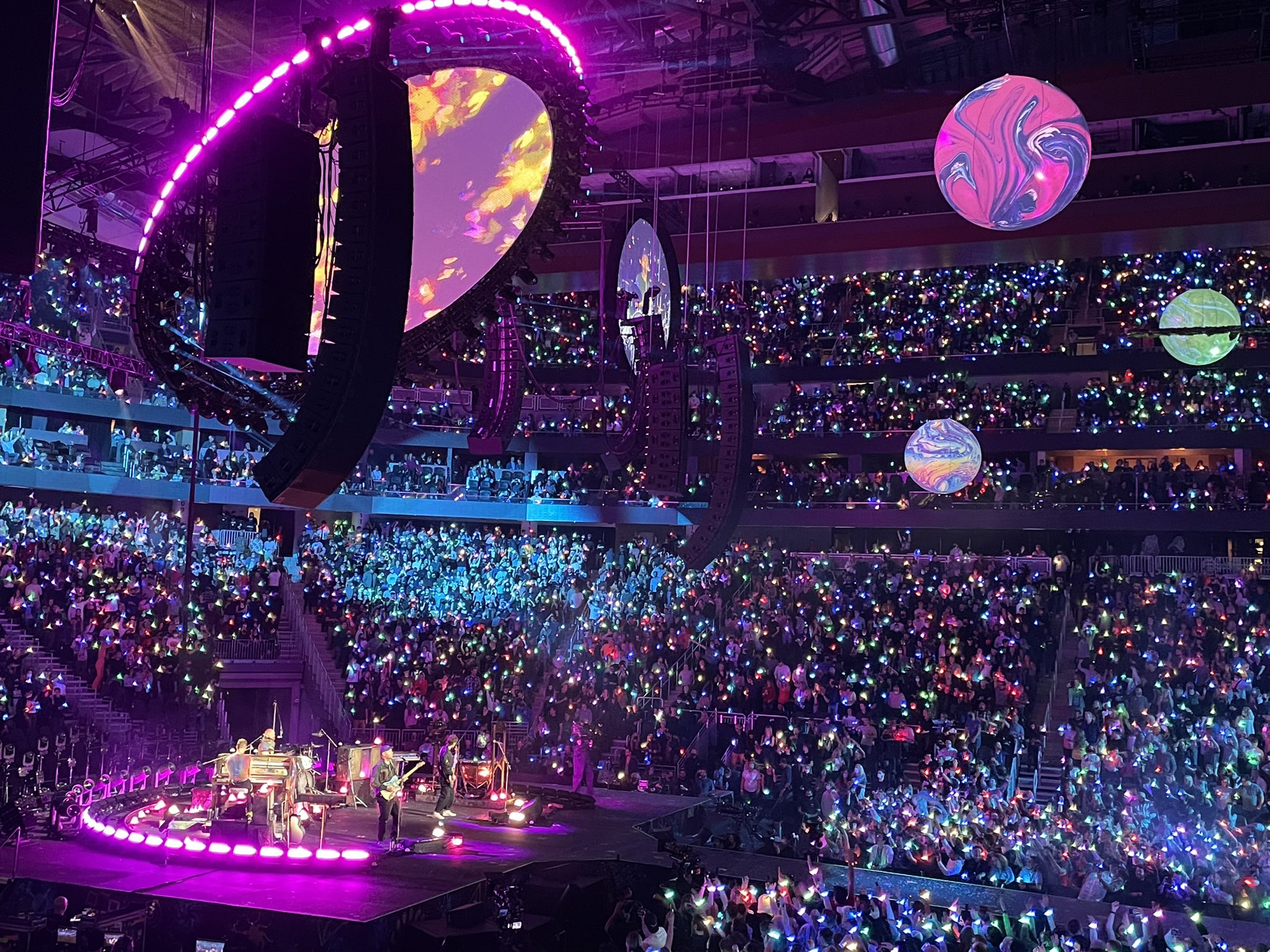
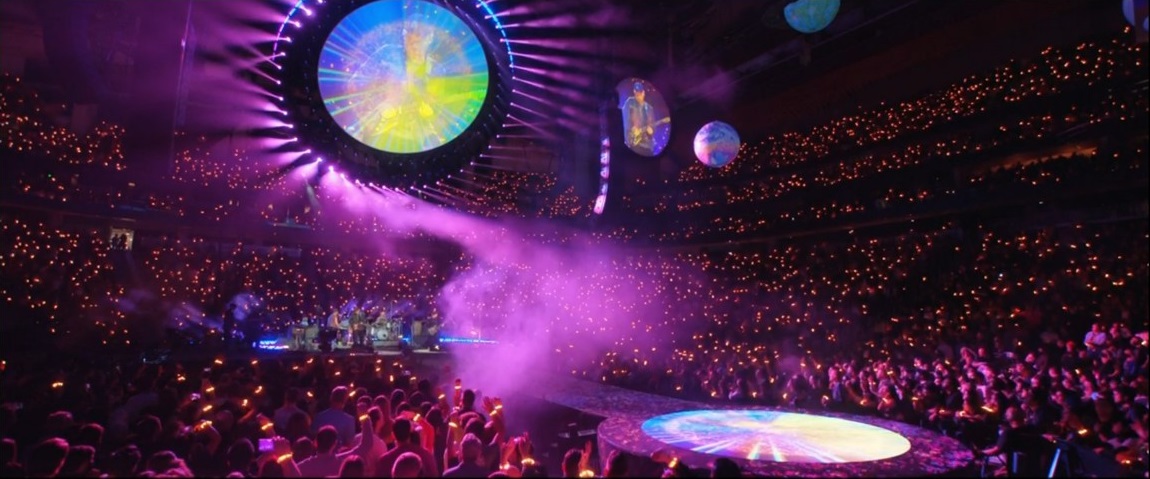
[Source: Amazon Prime Video livestream]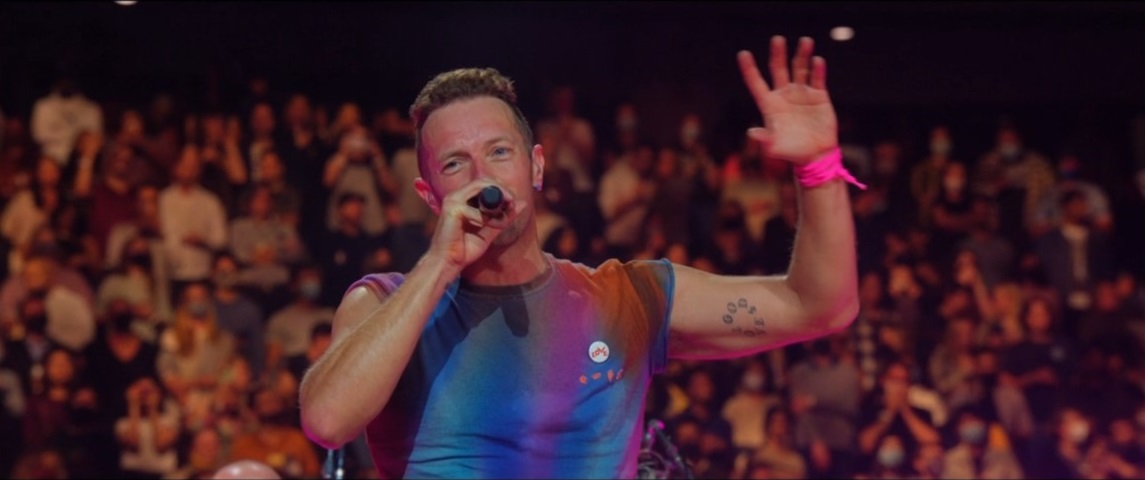
[Source: Amazon Prime Video livestream]
[Source: Amazon Prime Video livestream]
I had my biannual eye check-up at the ophthalmologist today.
I walked there along Minor Avenue from the No 12 bus stop on Madison Street, and back along Broadway.
